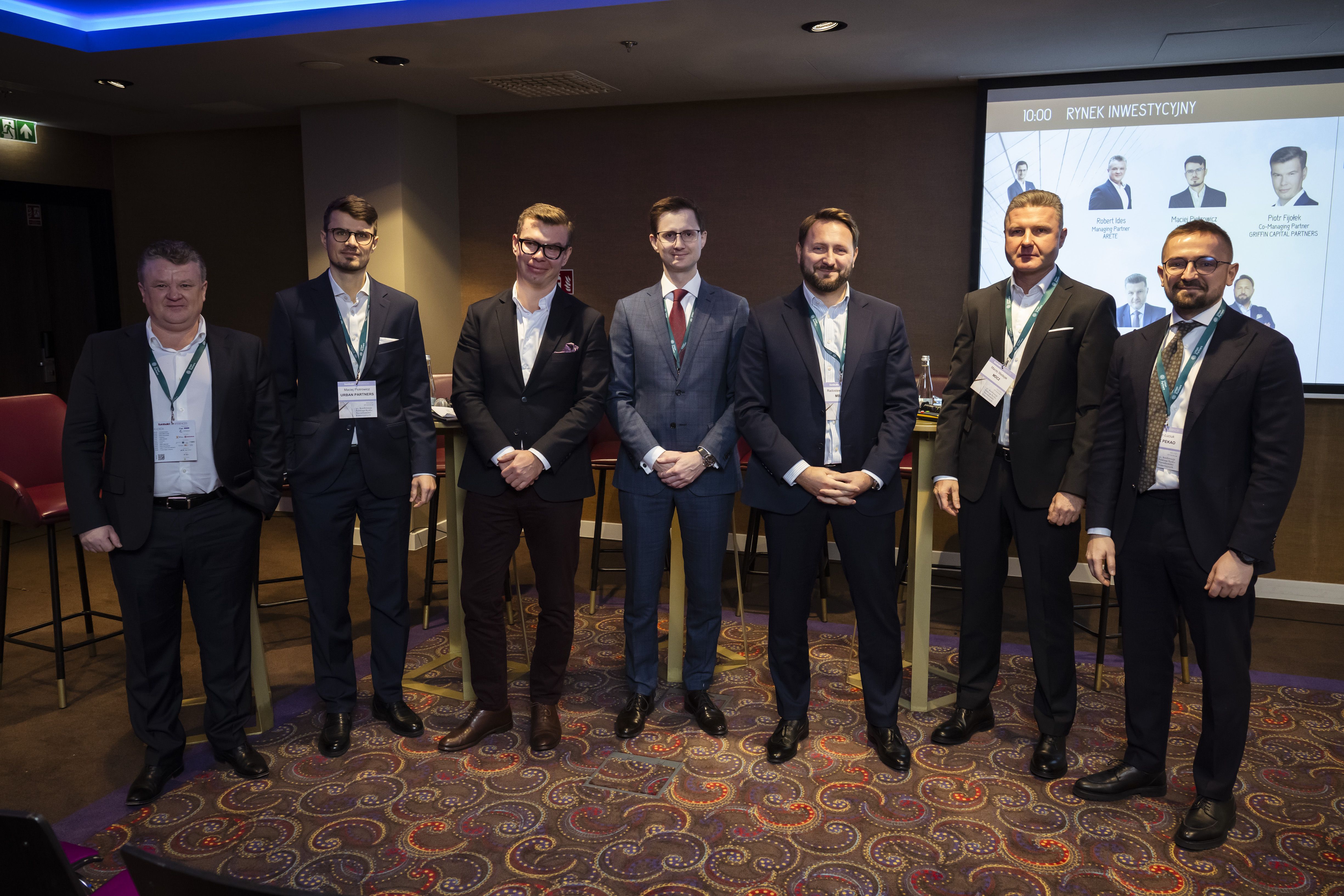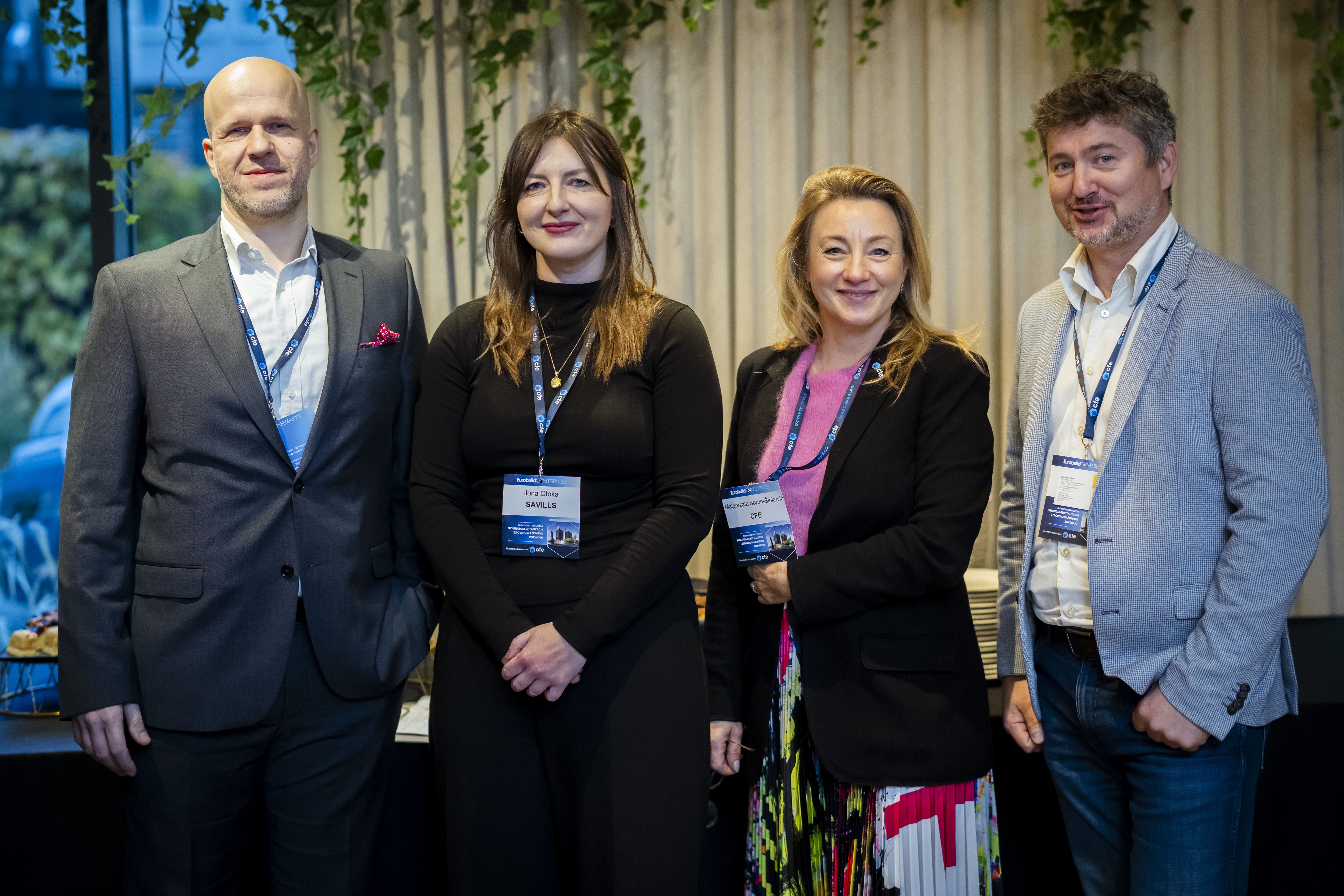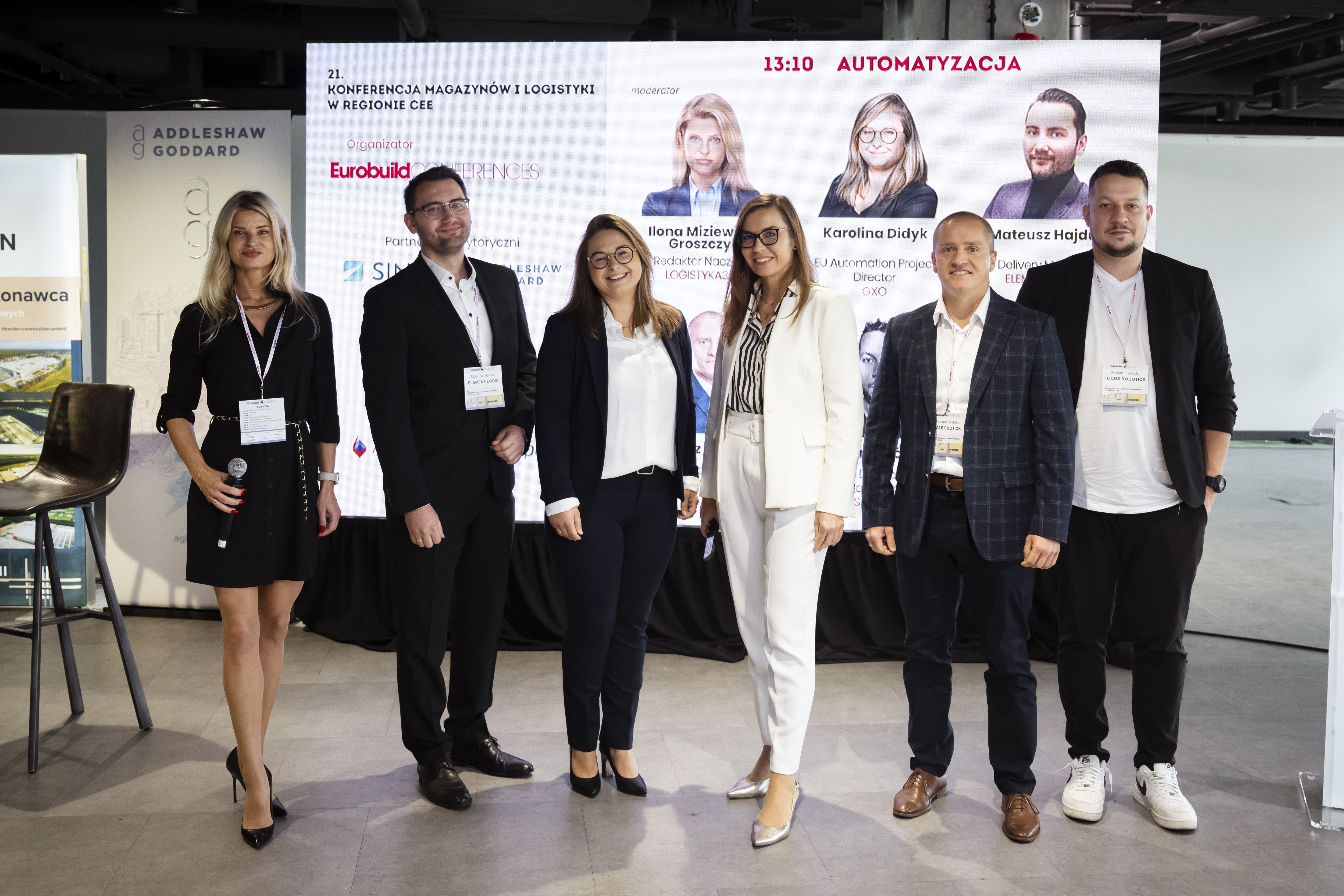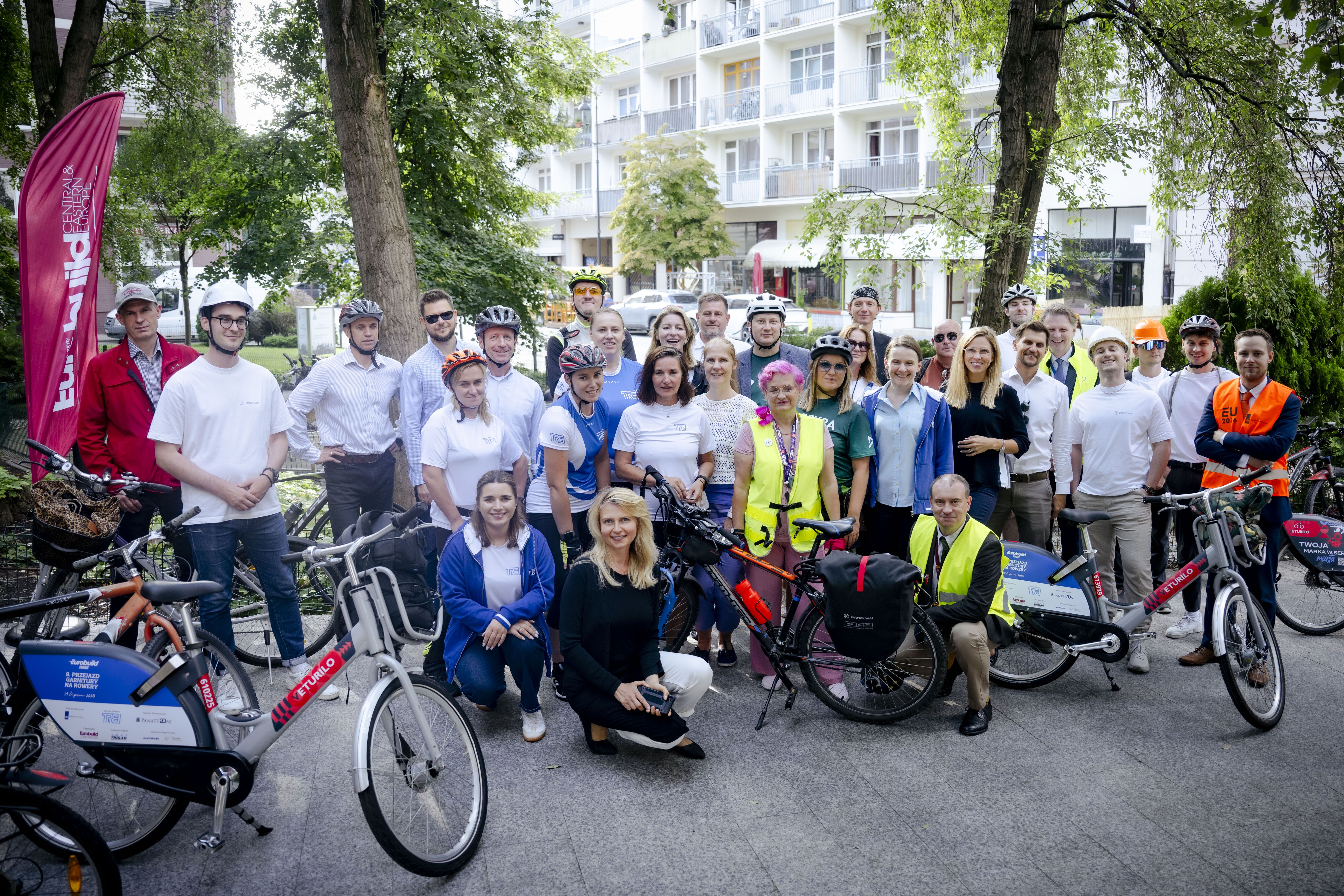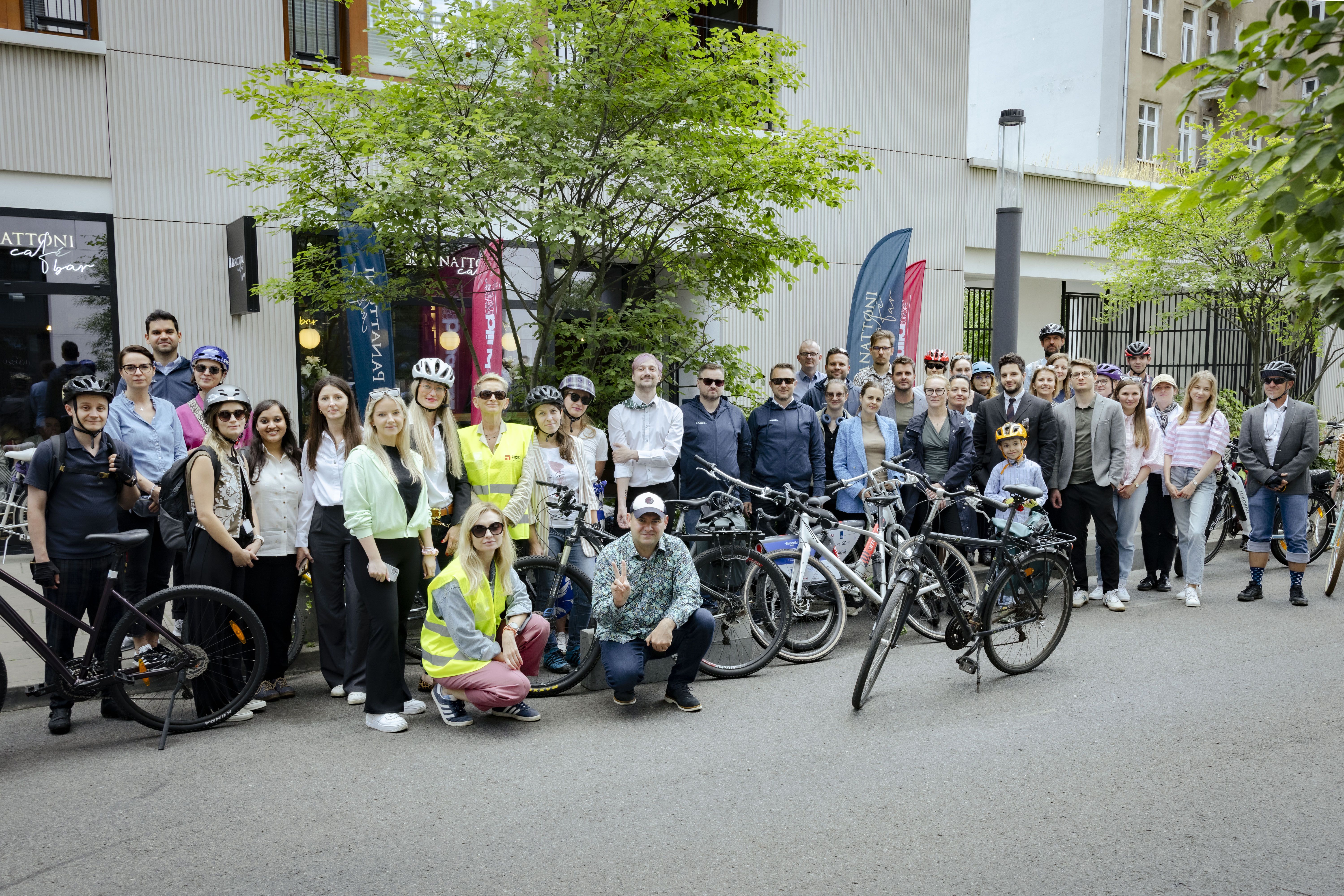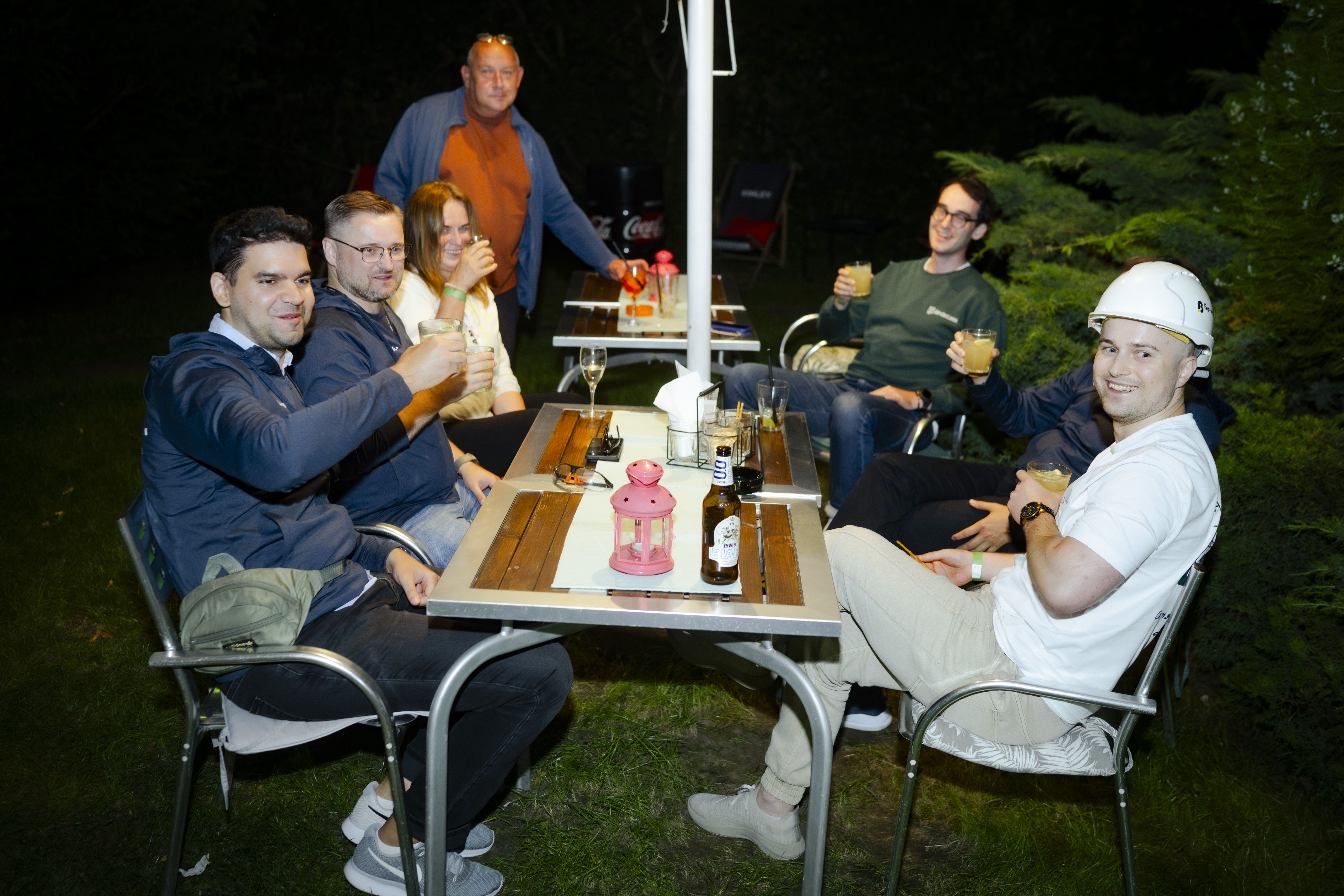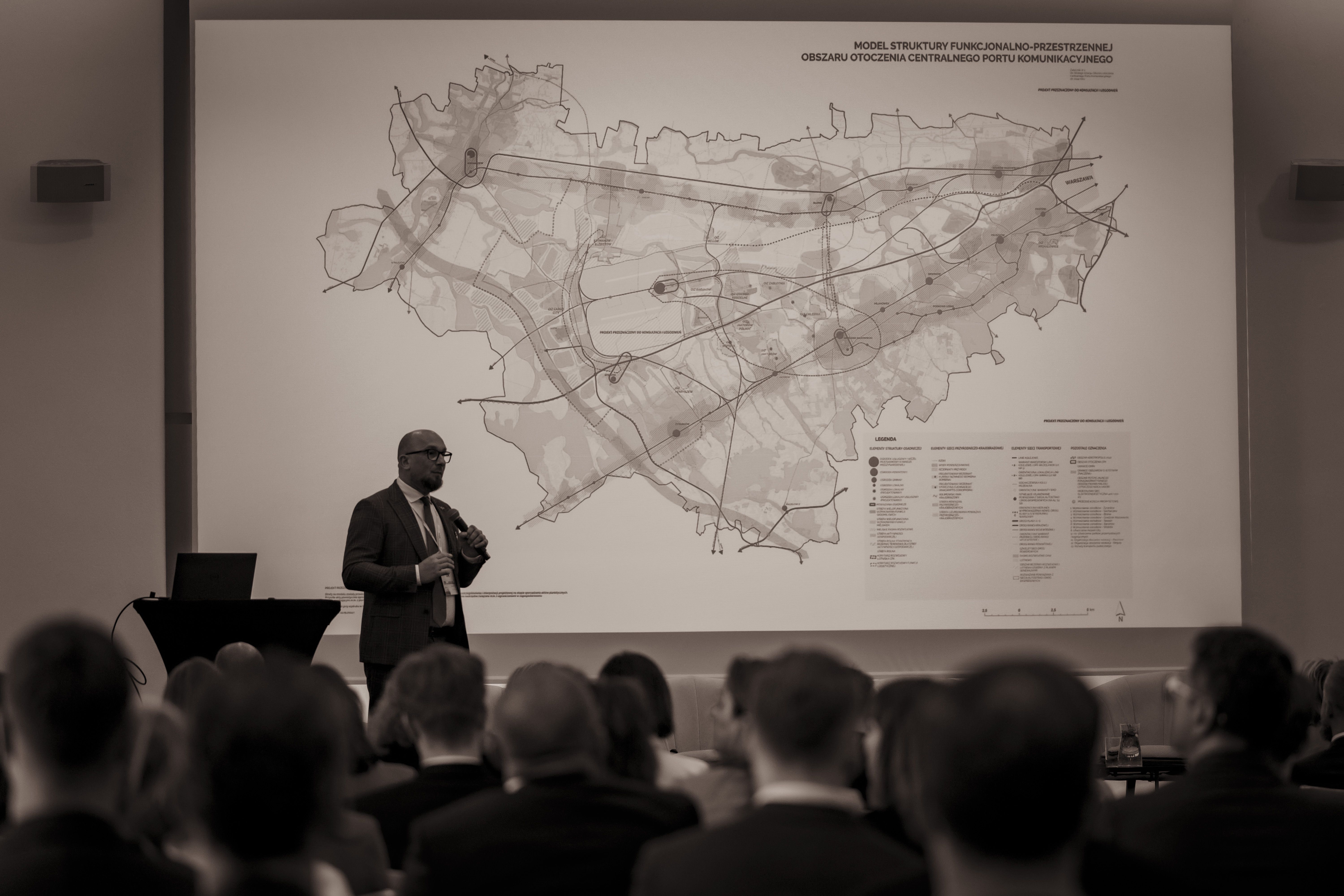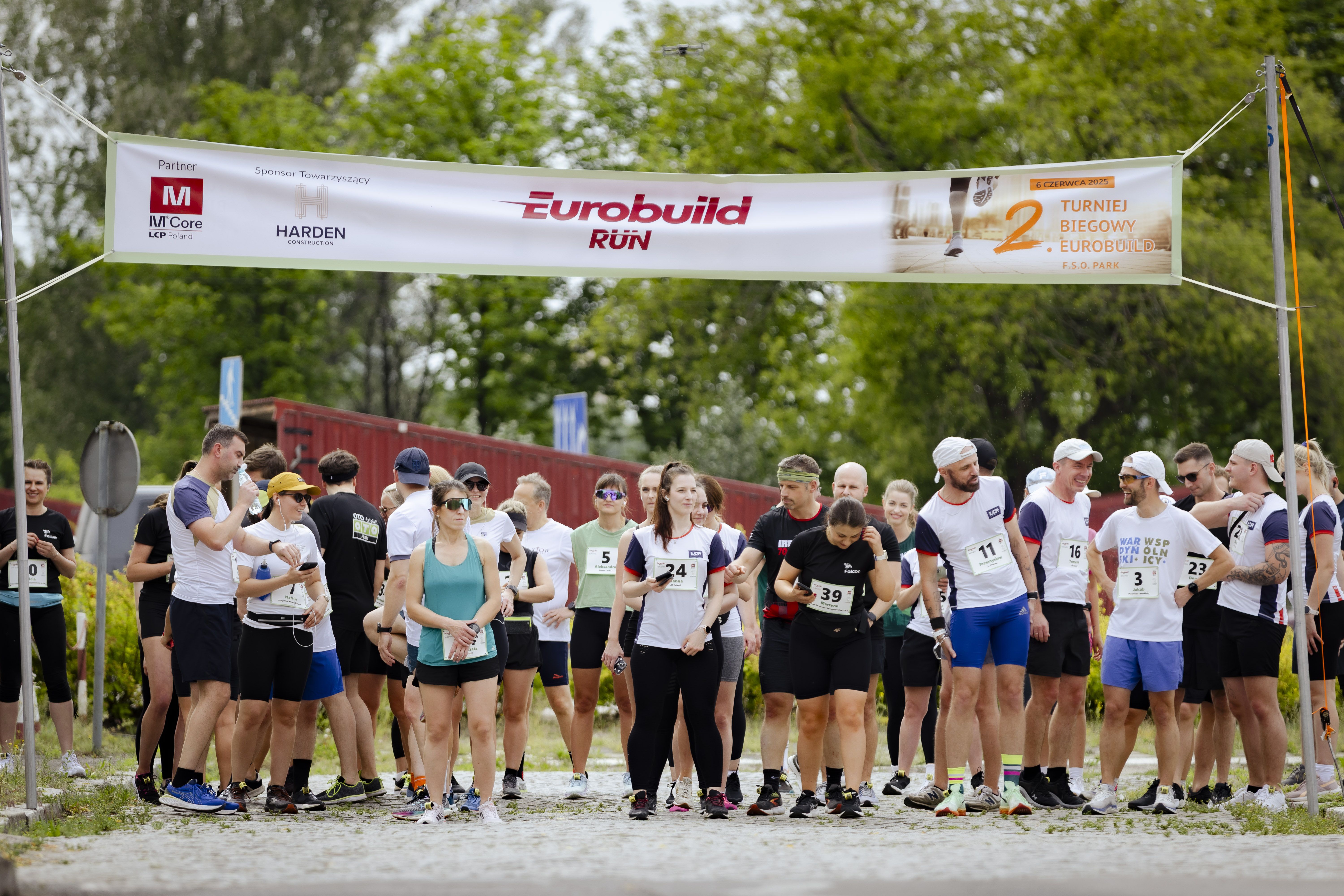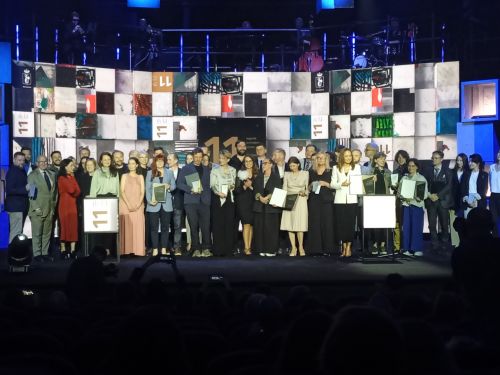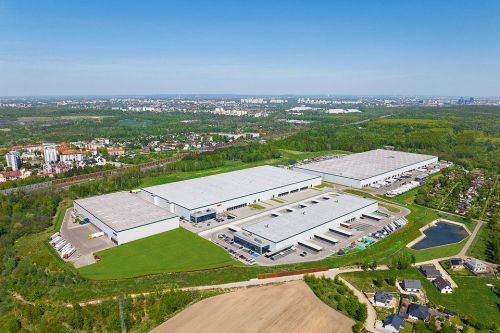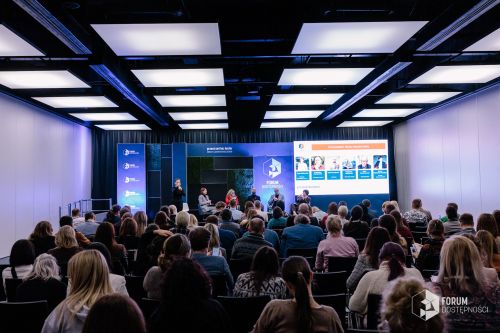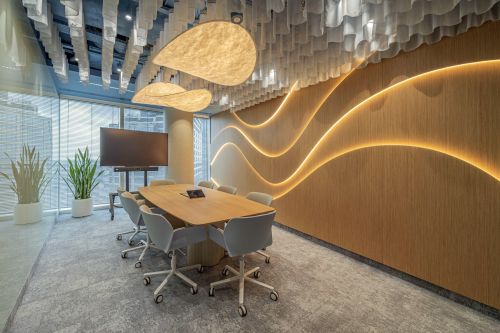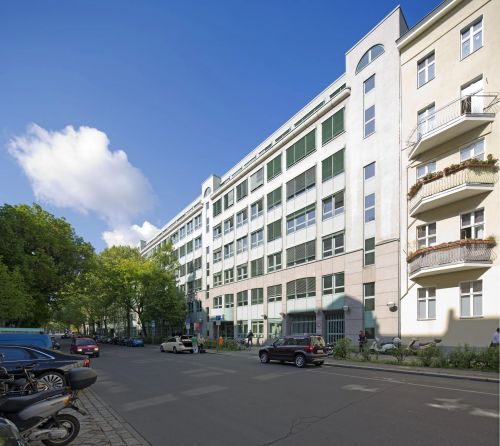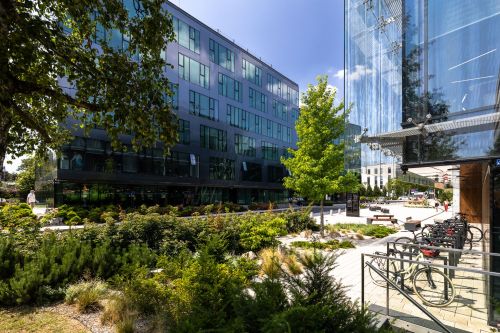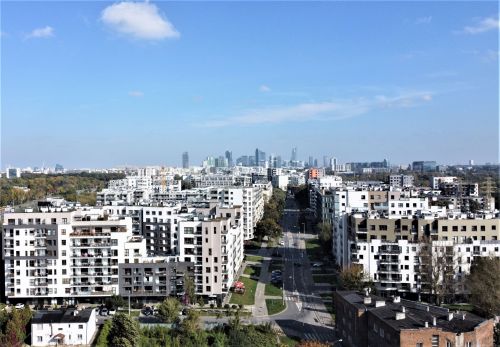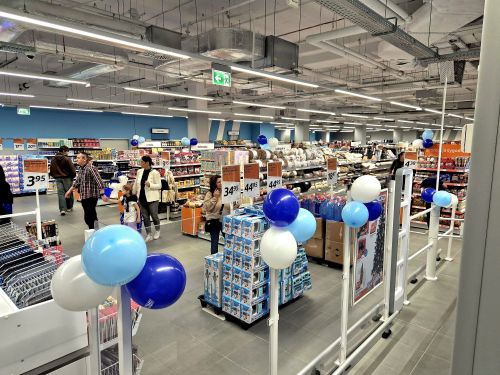Optimism rules the day at Eurobuild’s annual real estate conference in Warsaw
schedule 29 November 2017
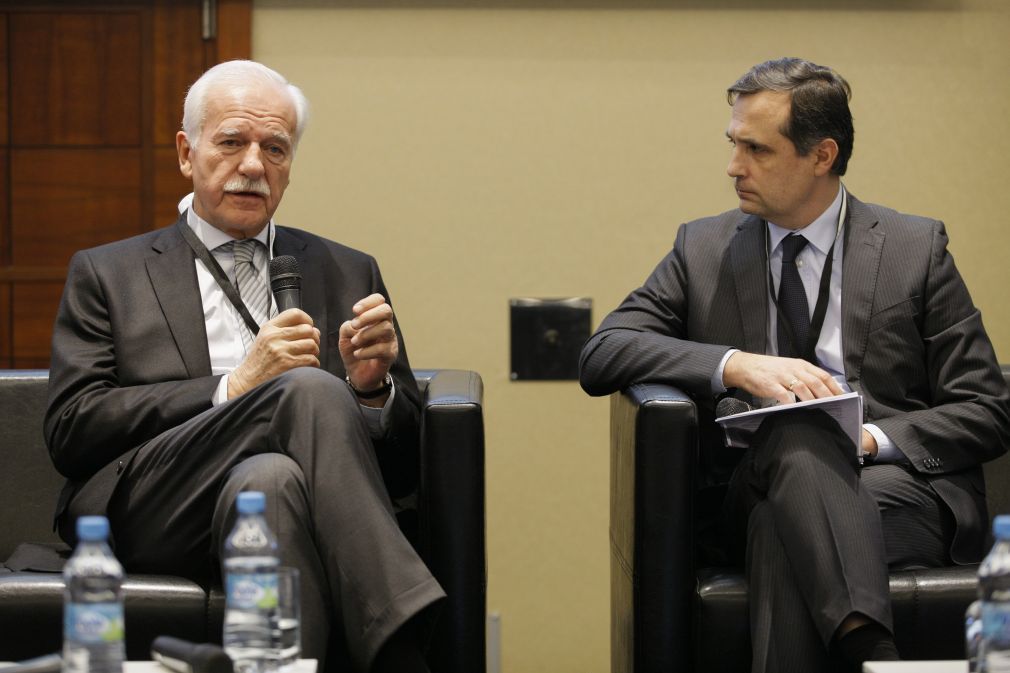
1 / 108
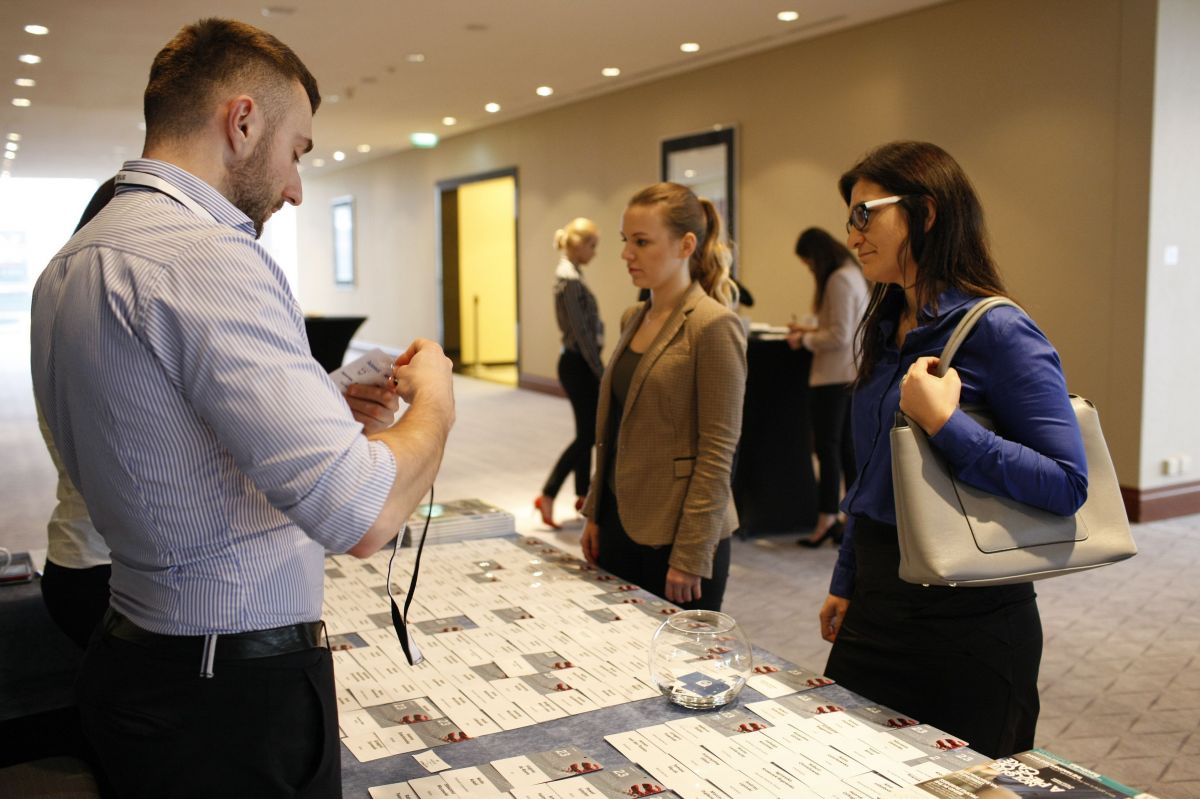
2 / 108
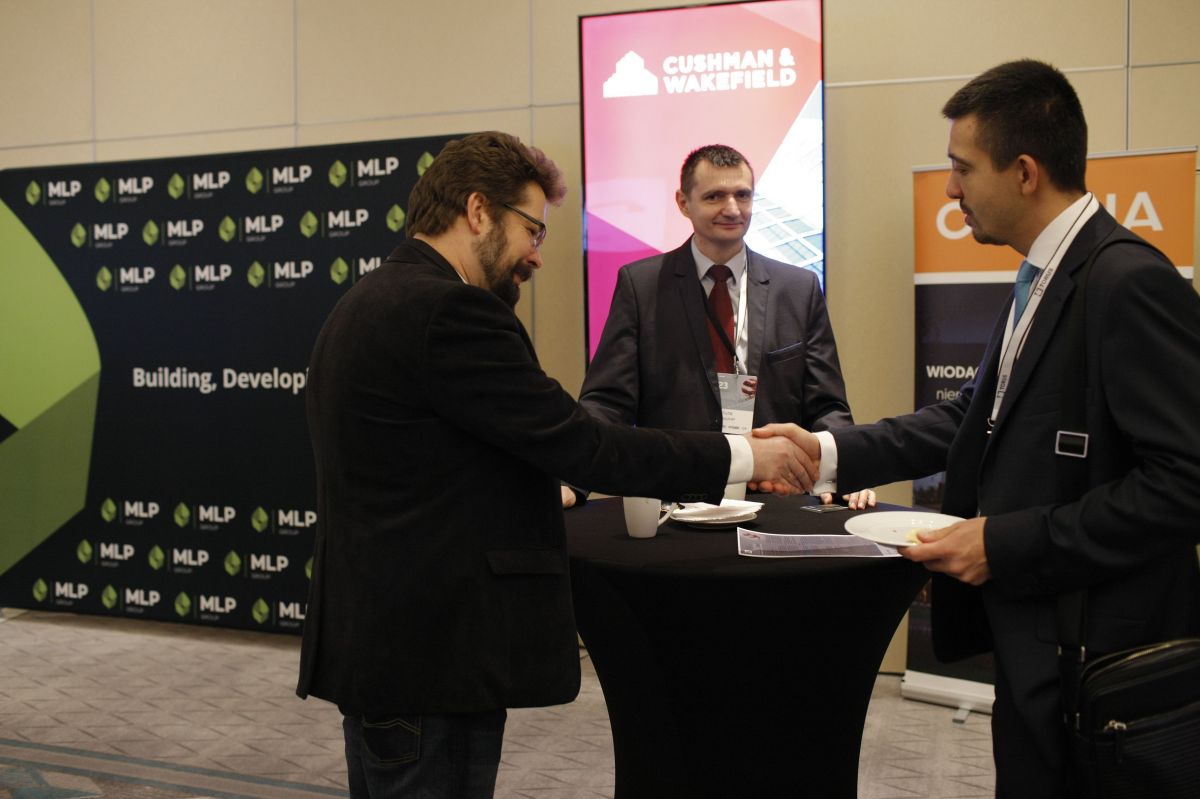
3 / 108
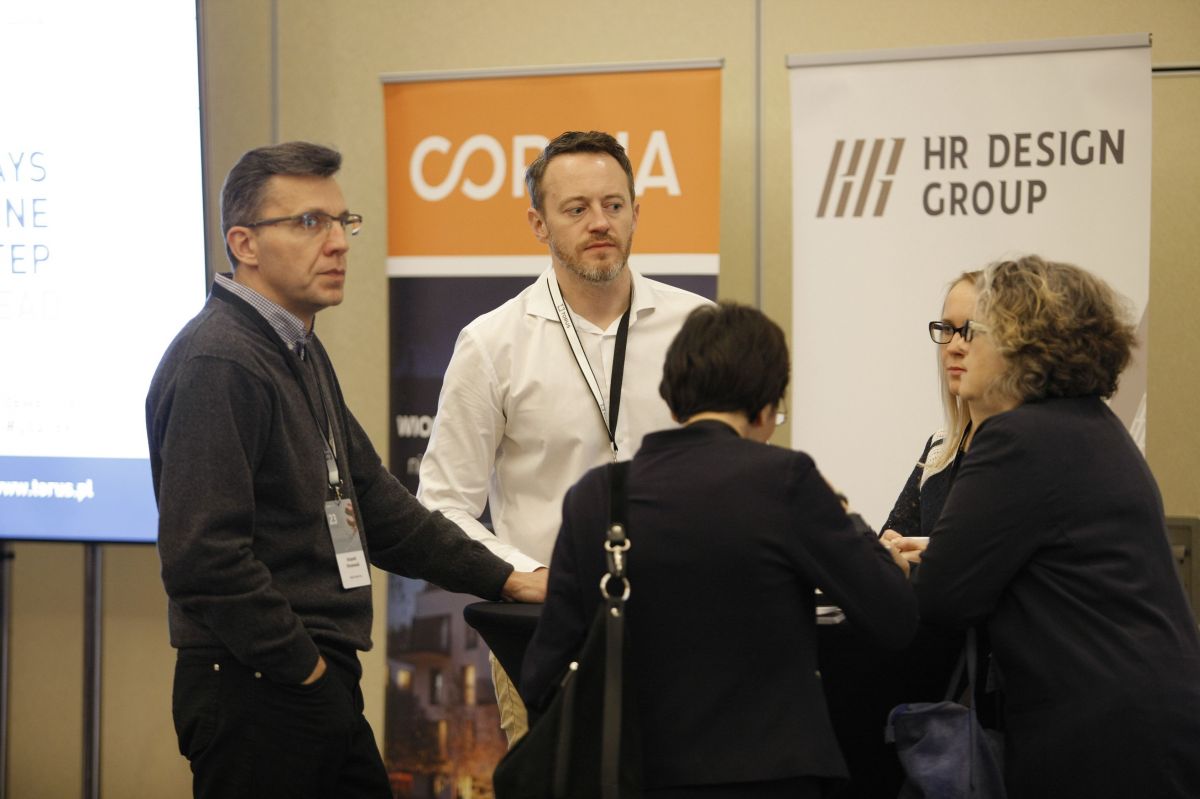
4 / 108

5 / 108
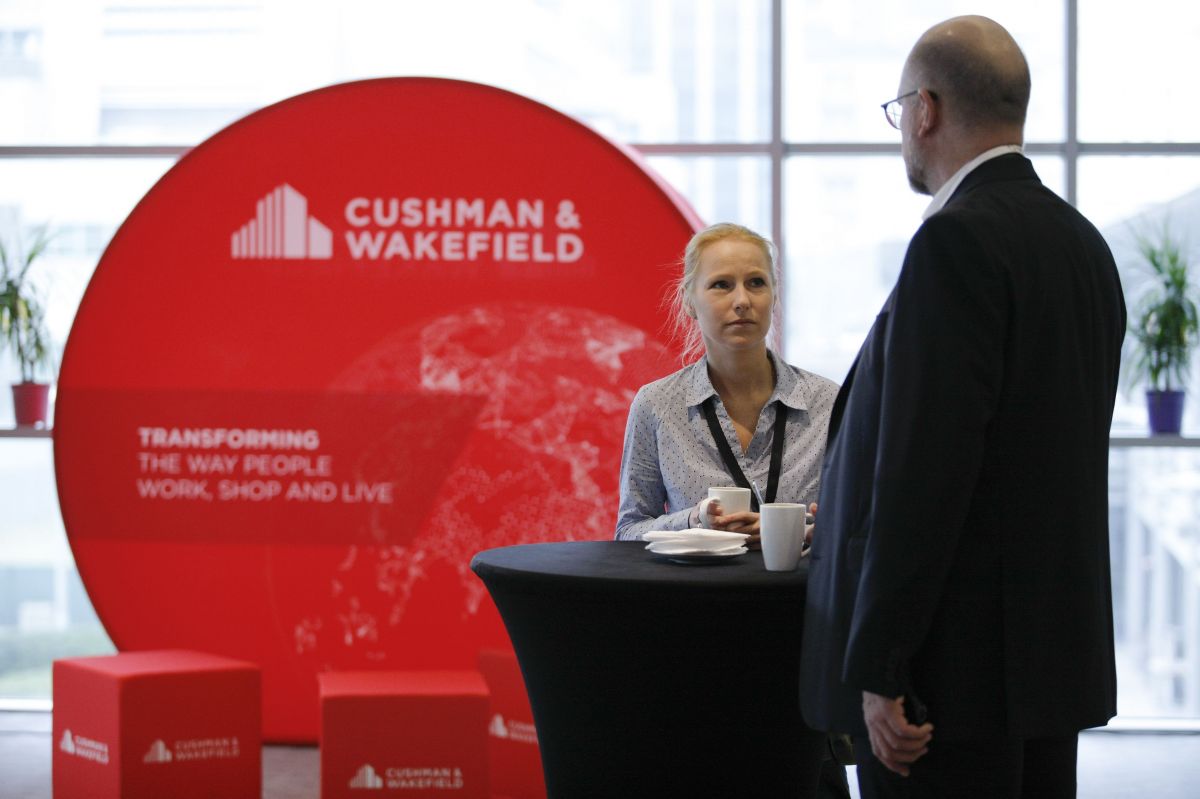
6 / 108
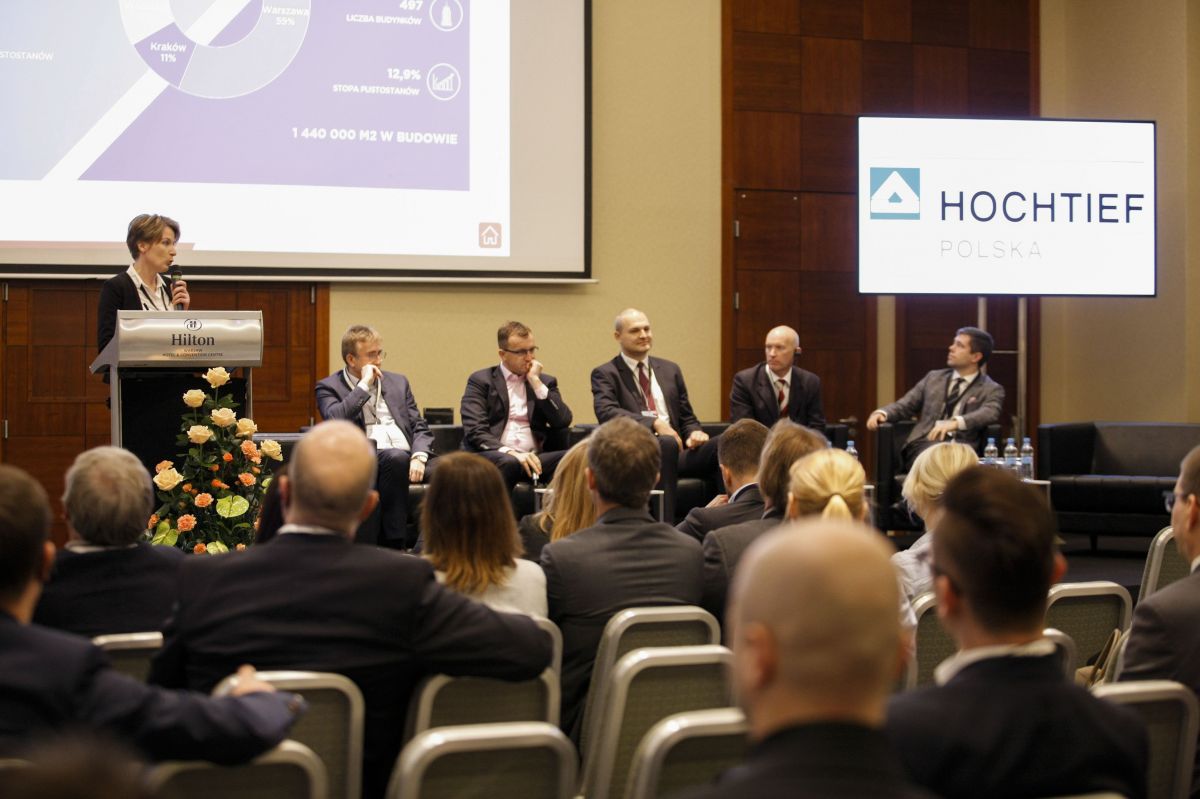
7 / 108
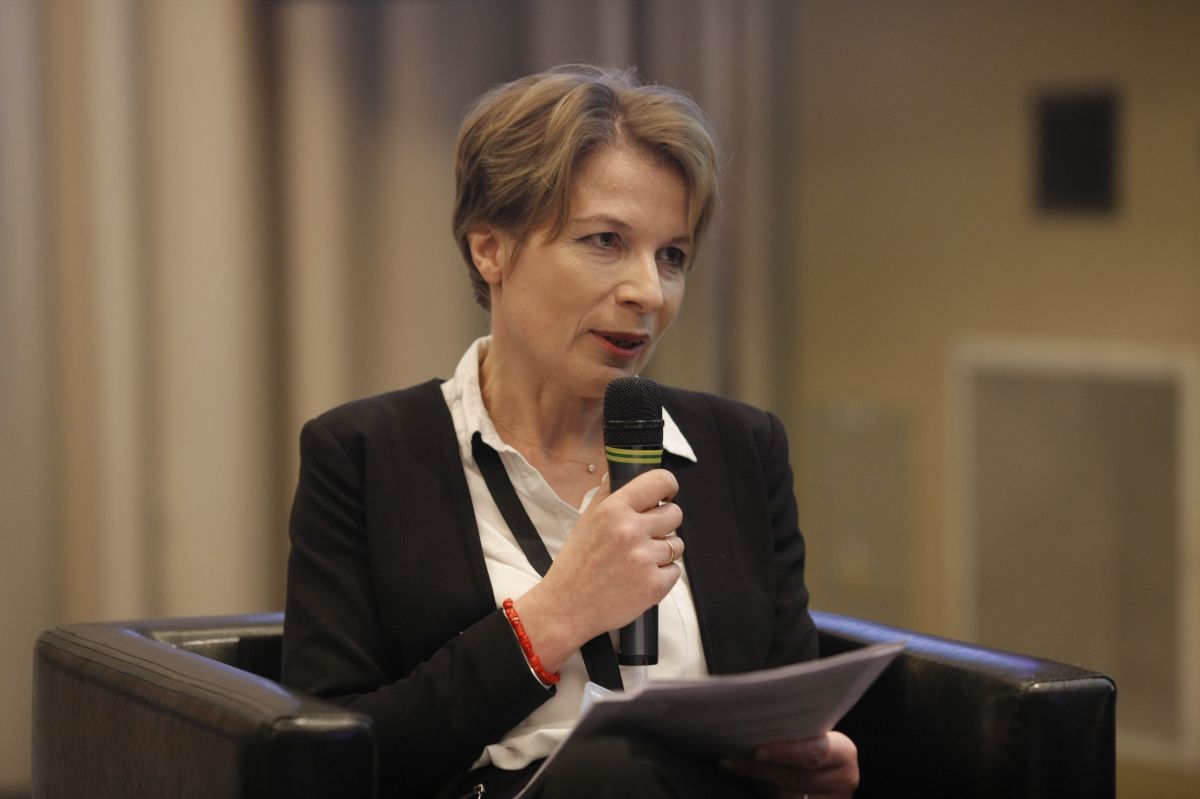
8 / 108
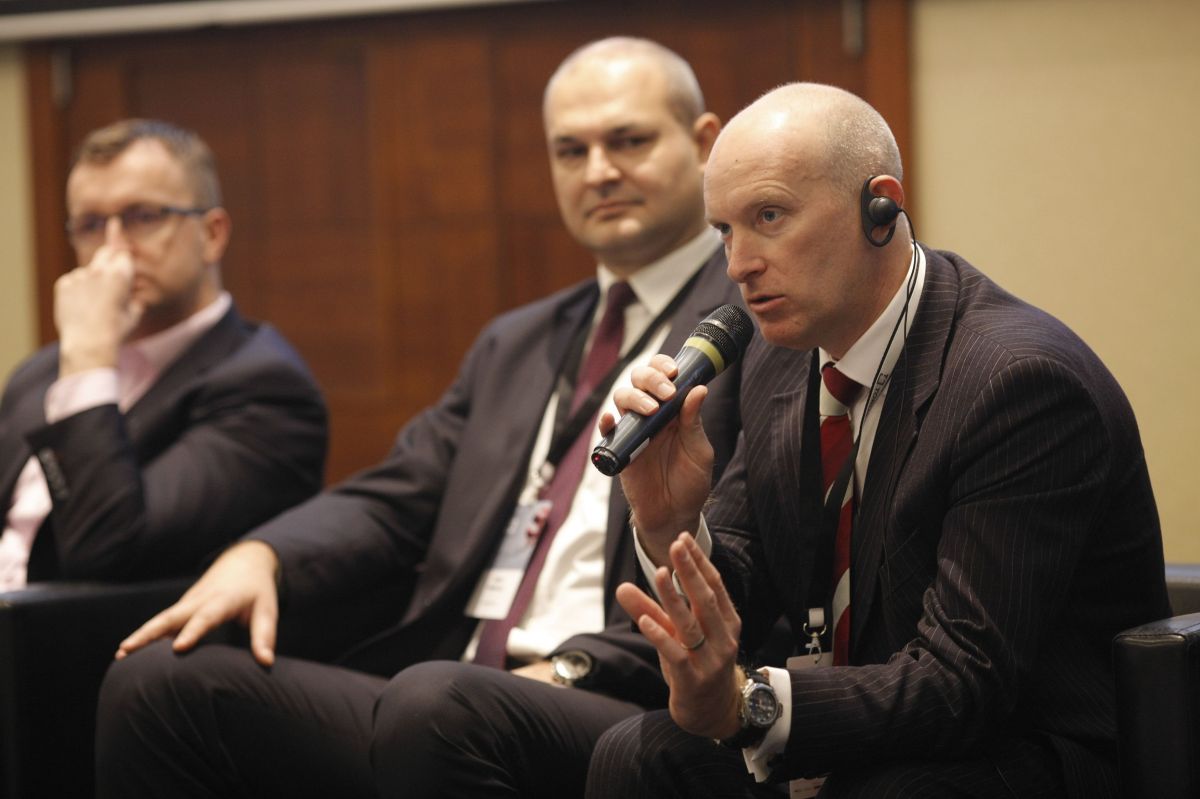
9 / 108
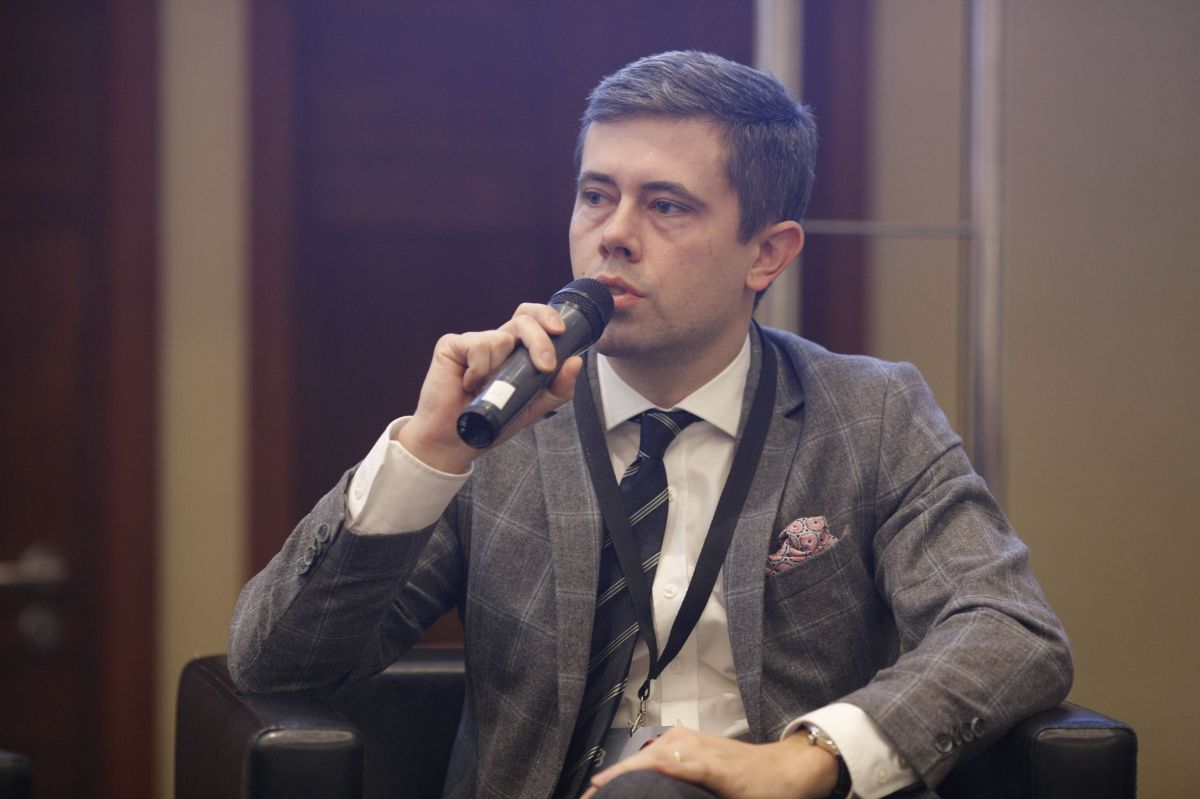
10 / 108
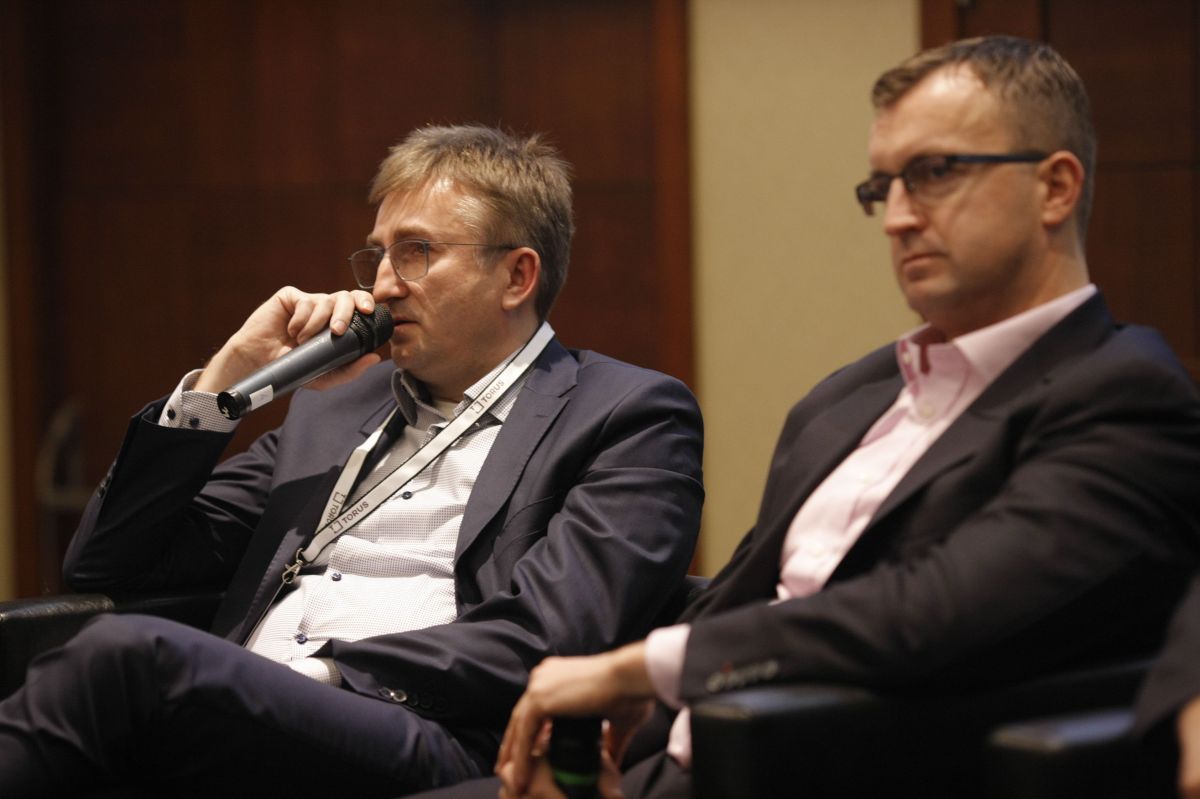
11 / 108
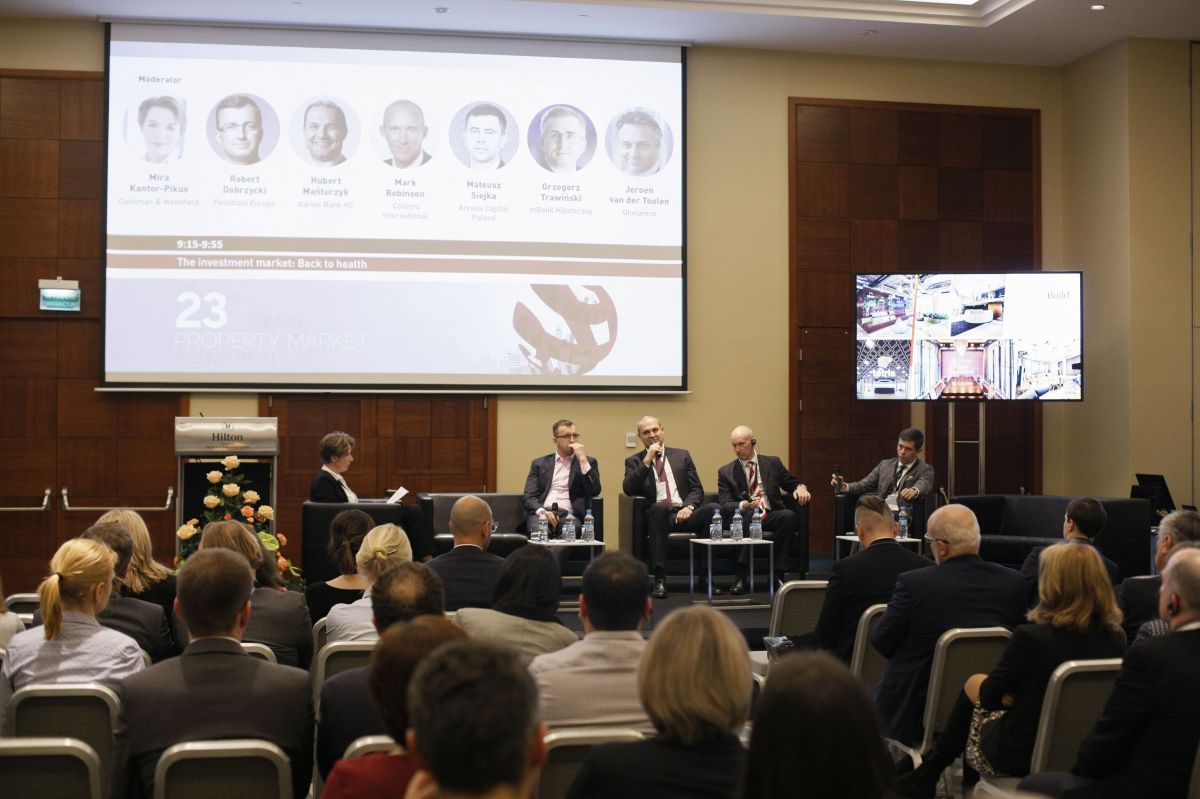
12 / 108
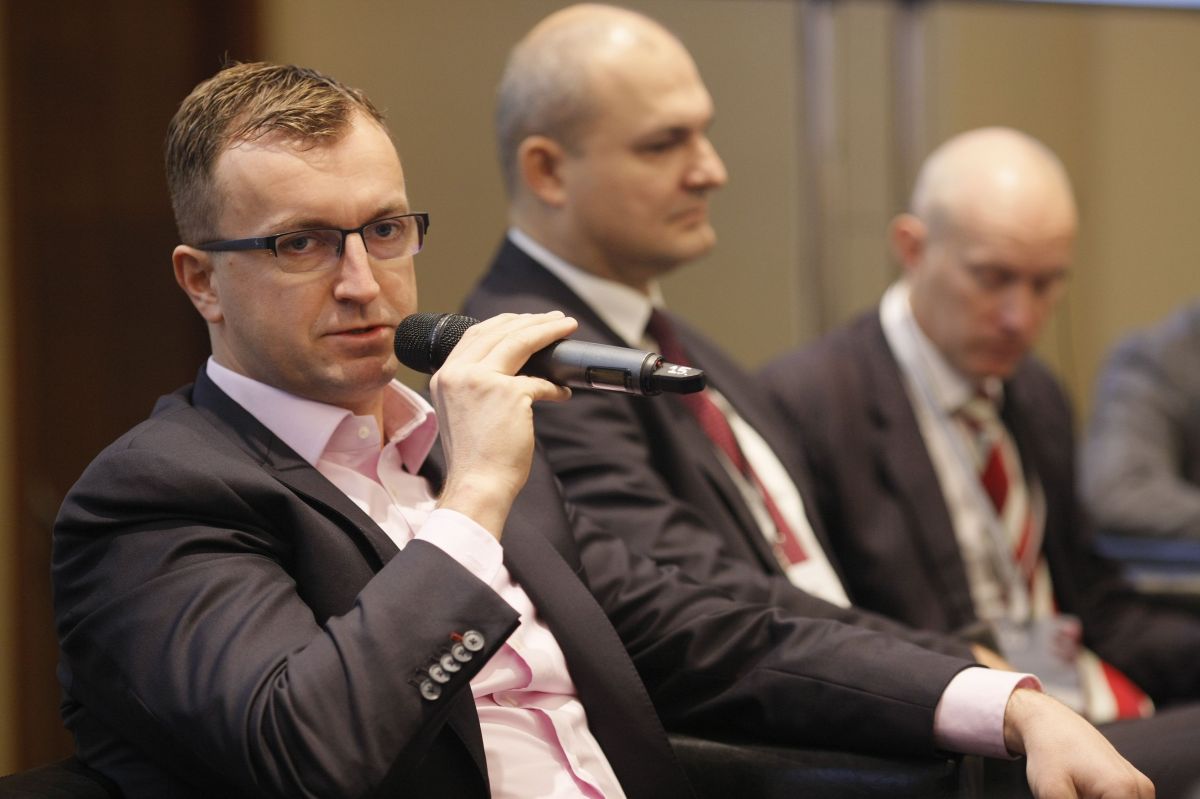
13 / 108
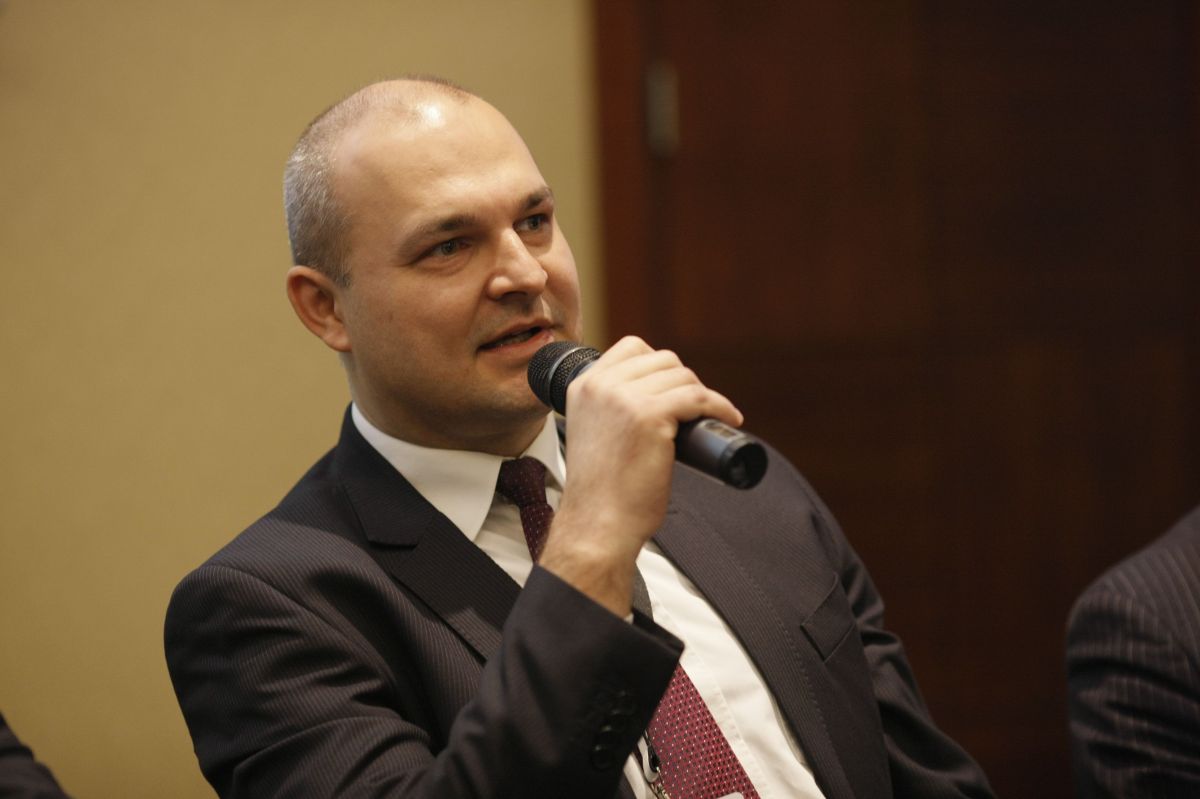
14 / 108
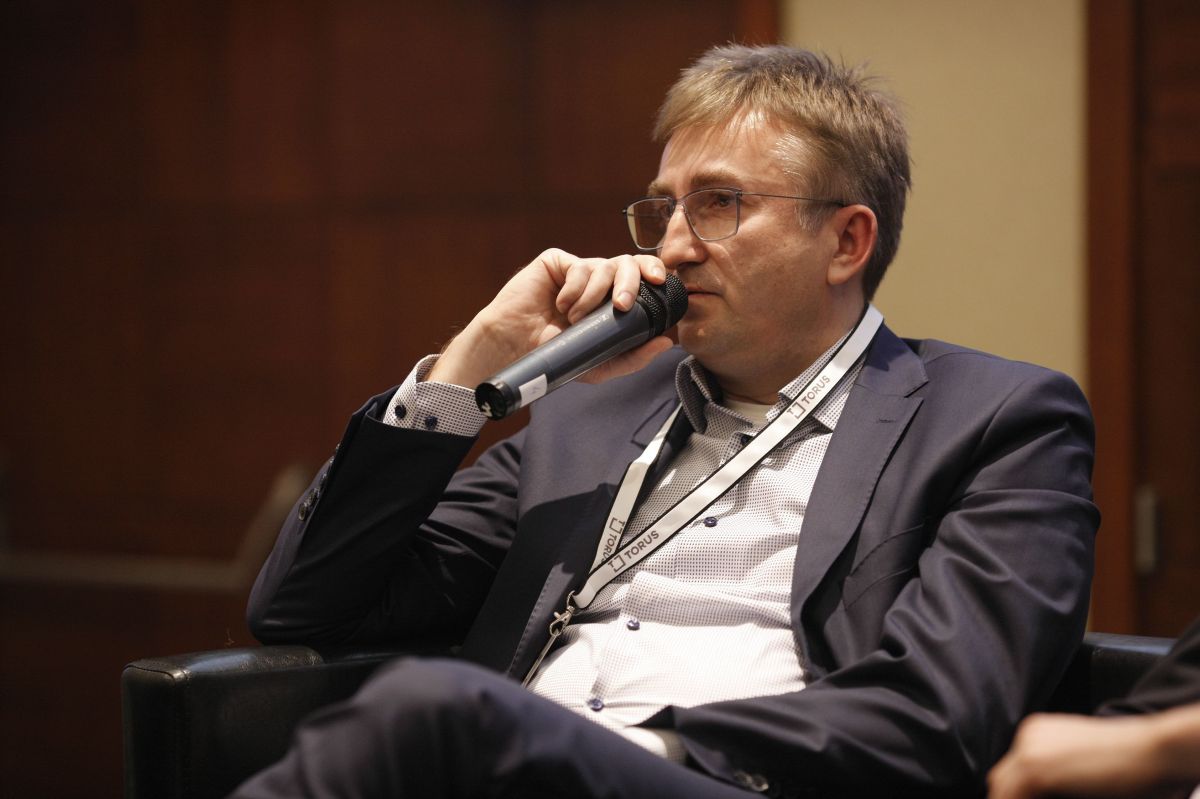
15 / 108
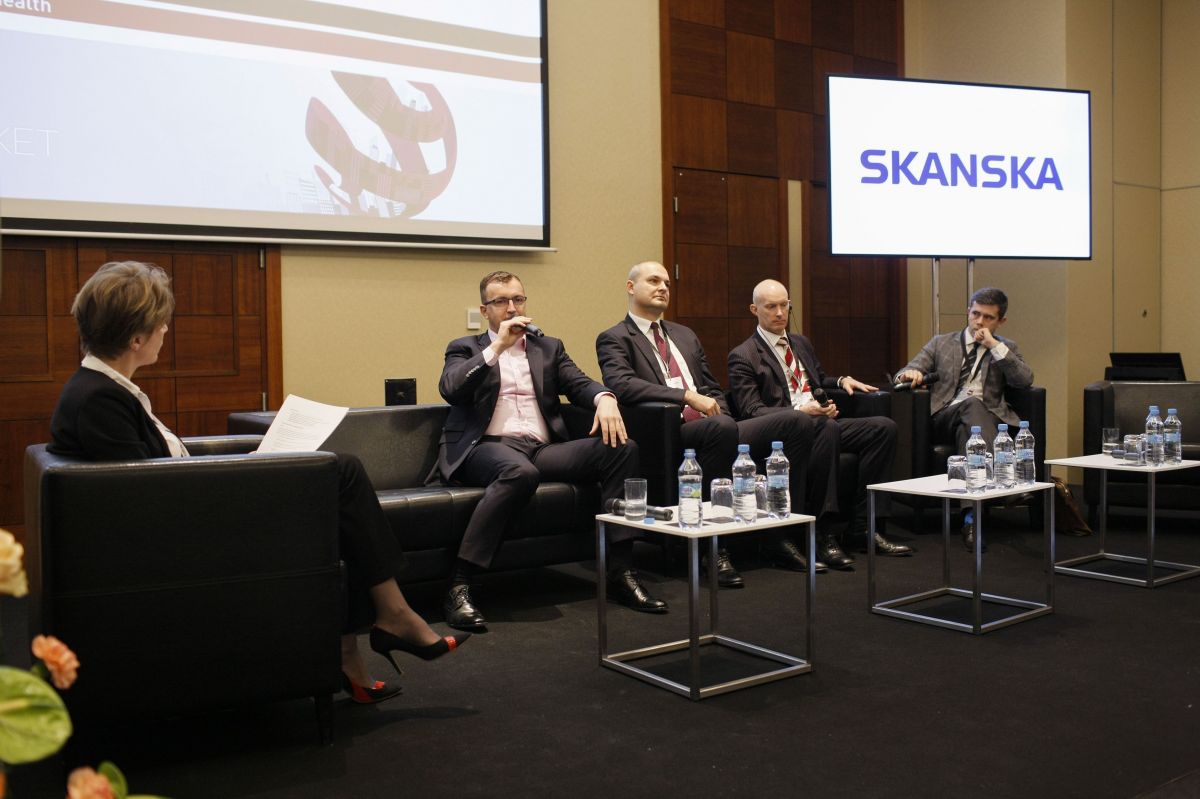
16 / 108
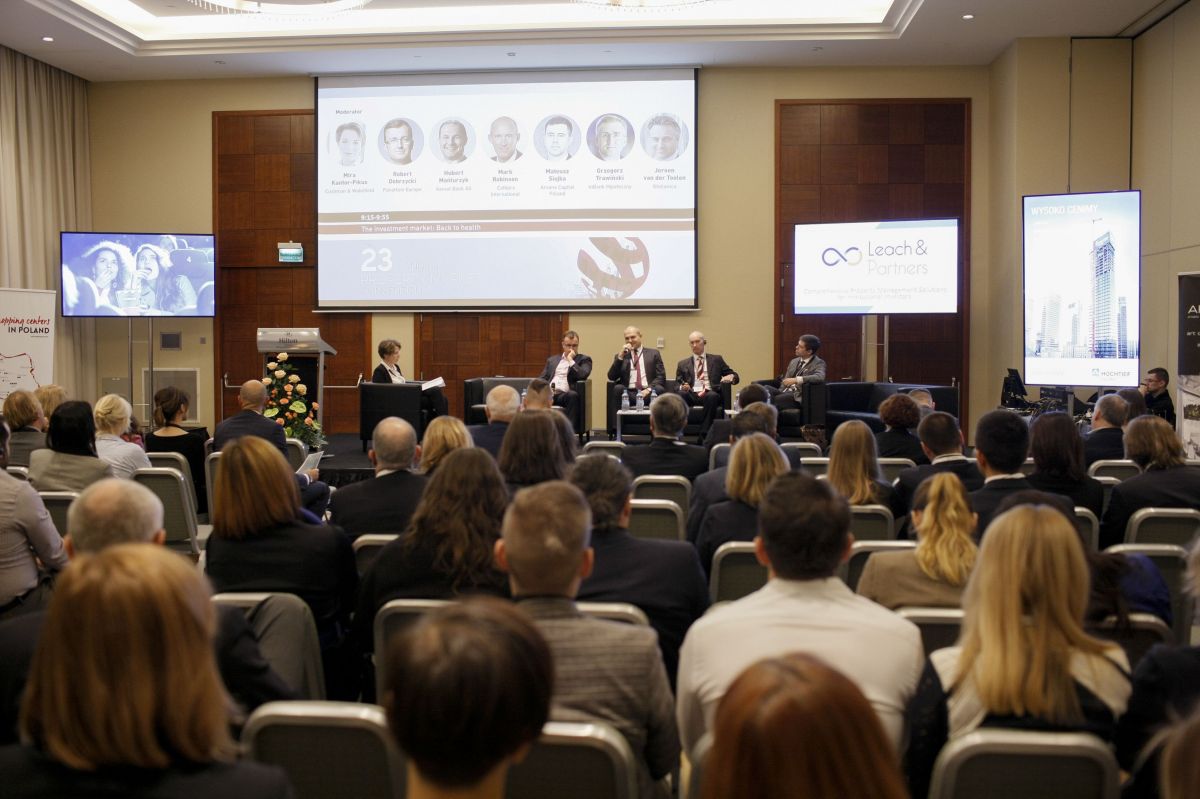
17 / 108

18 / 108
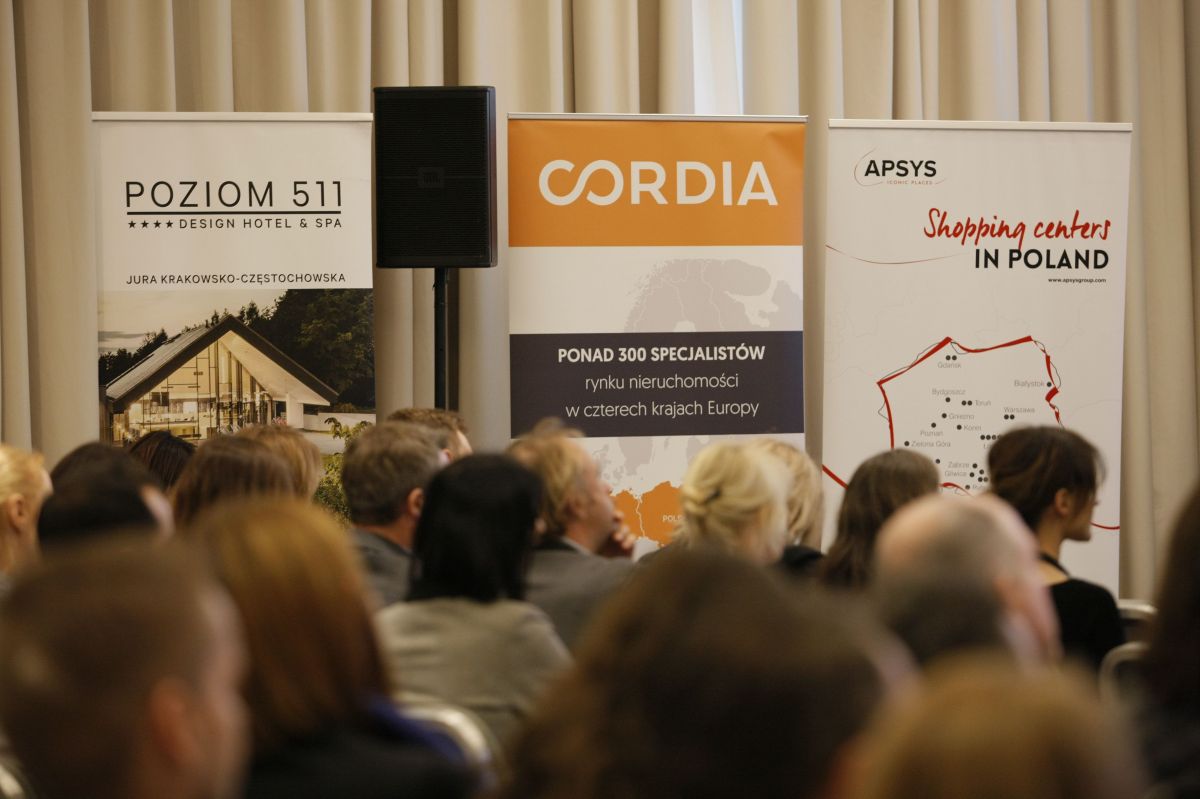
19 / 108
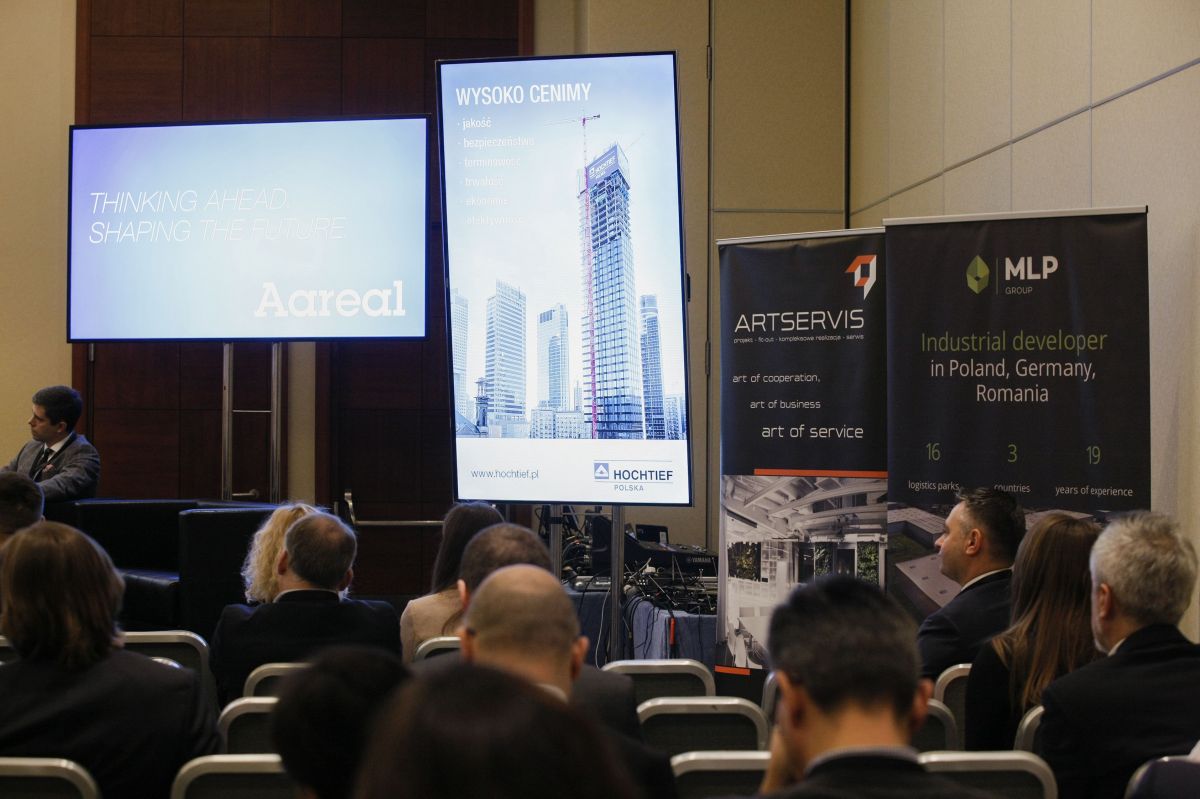
20 / 108
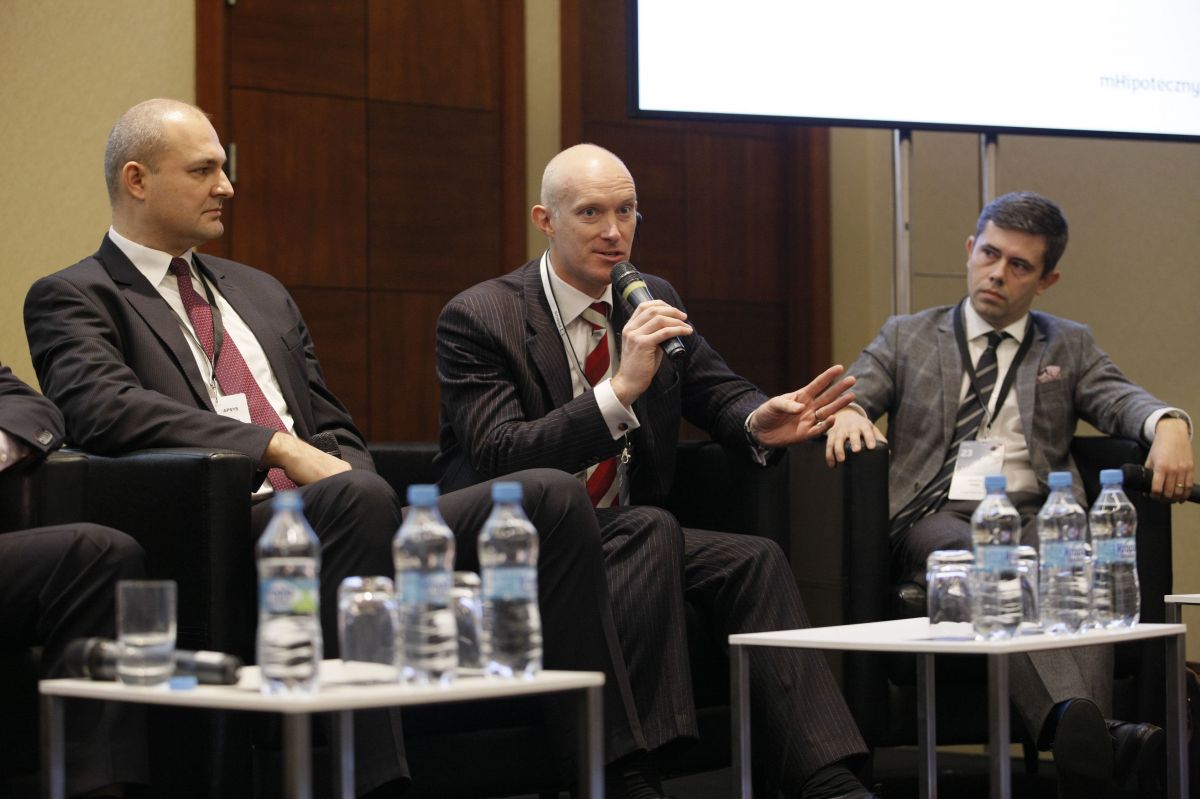
21 / 108
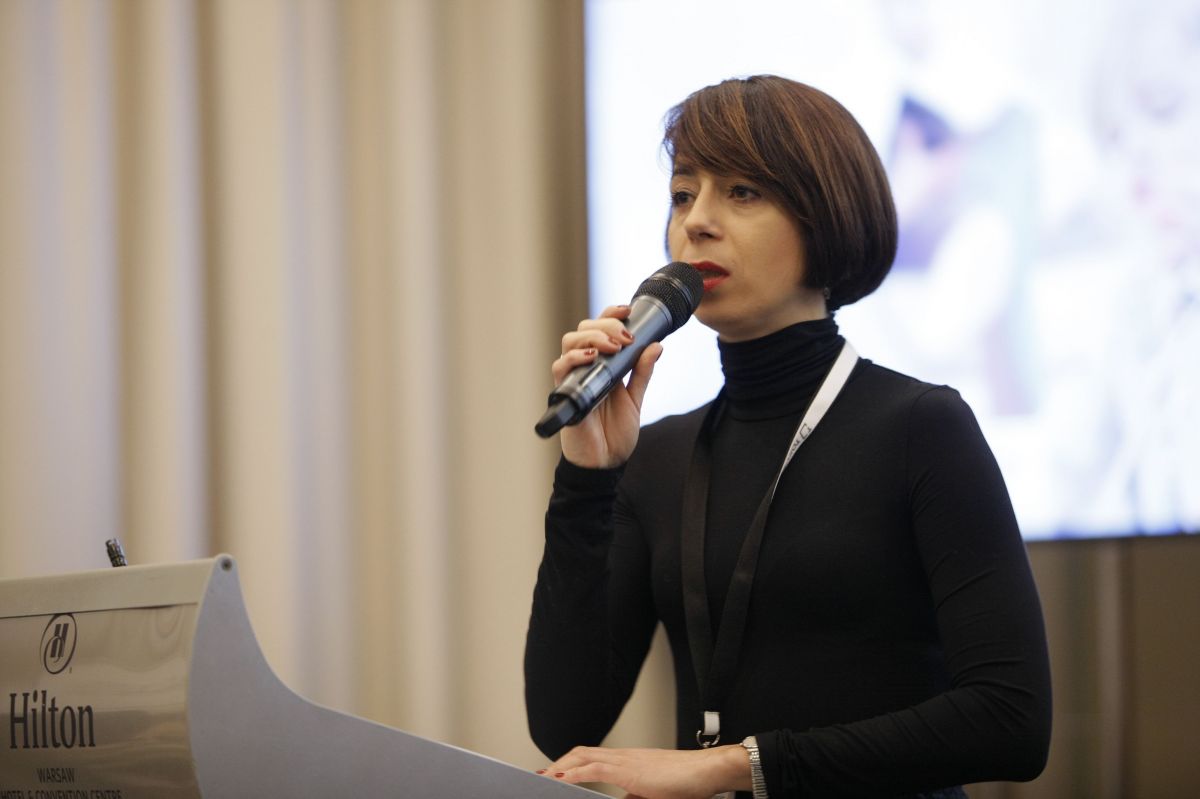
22 / 108
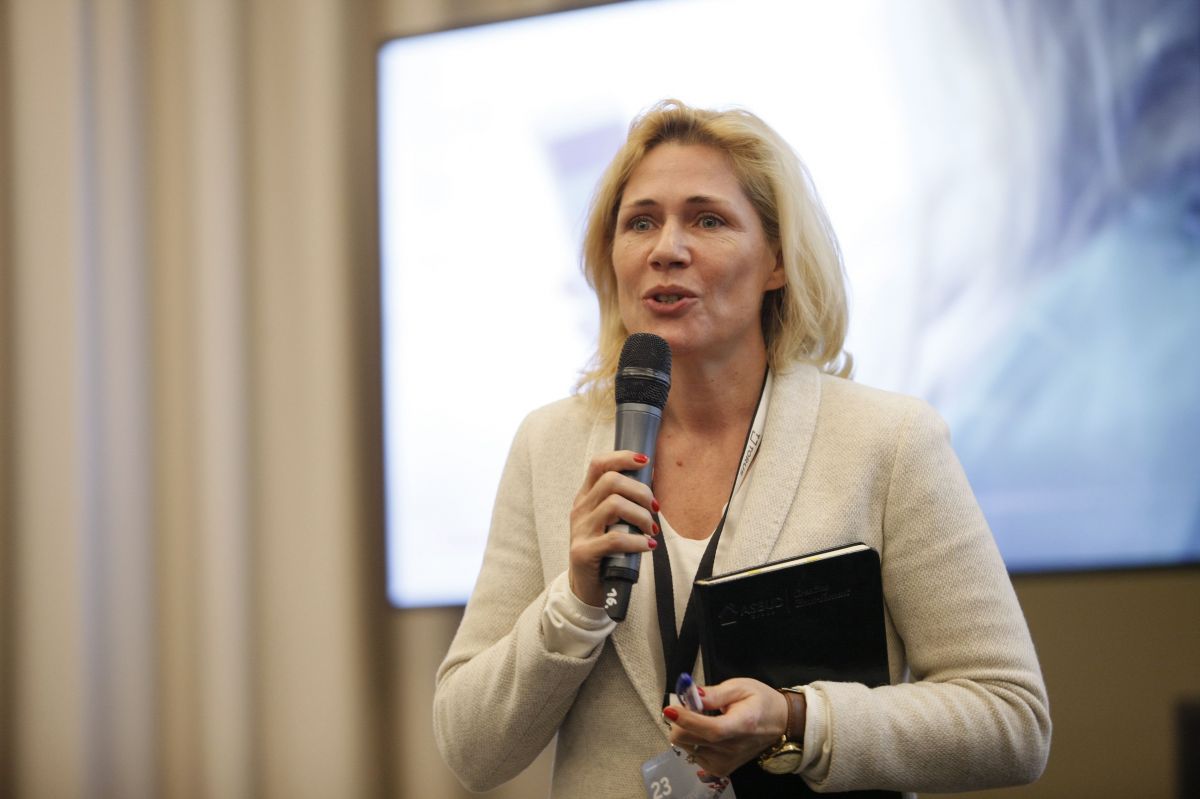
23 / 108
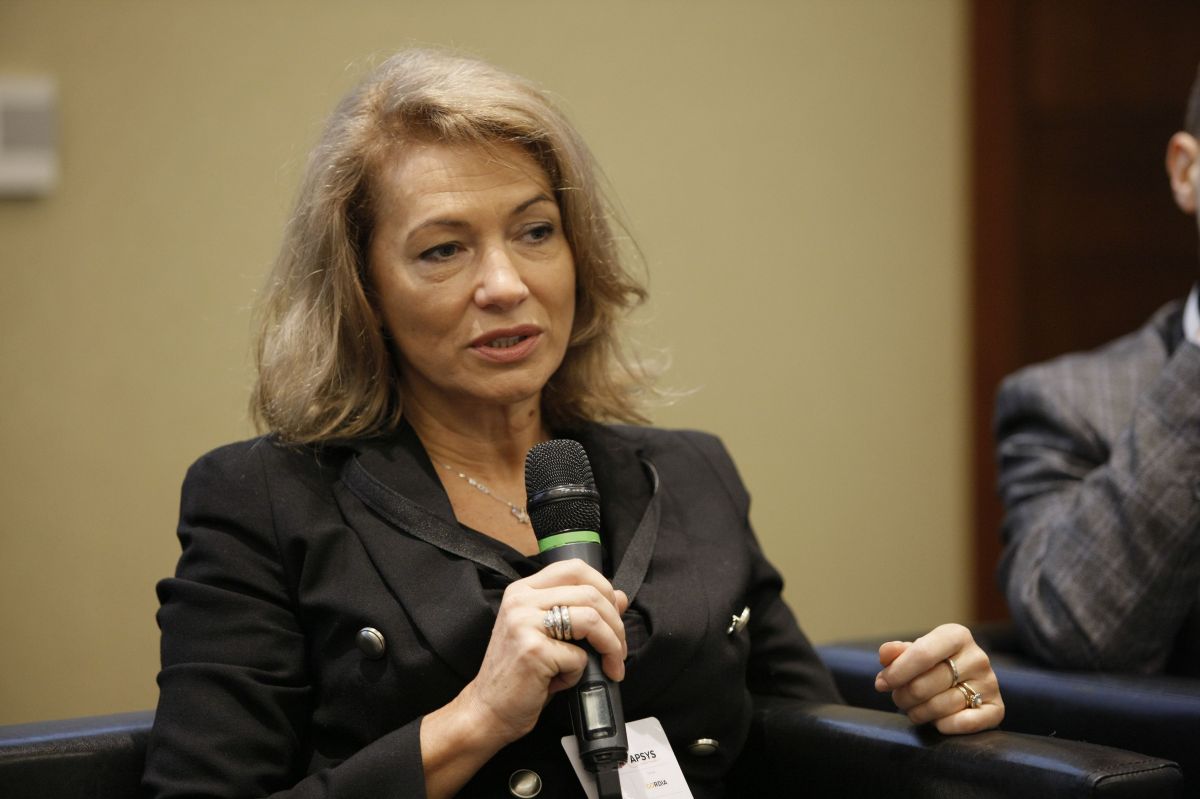
24 / 108
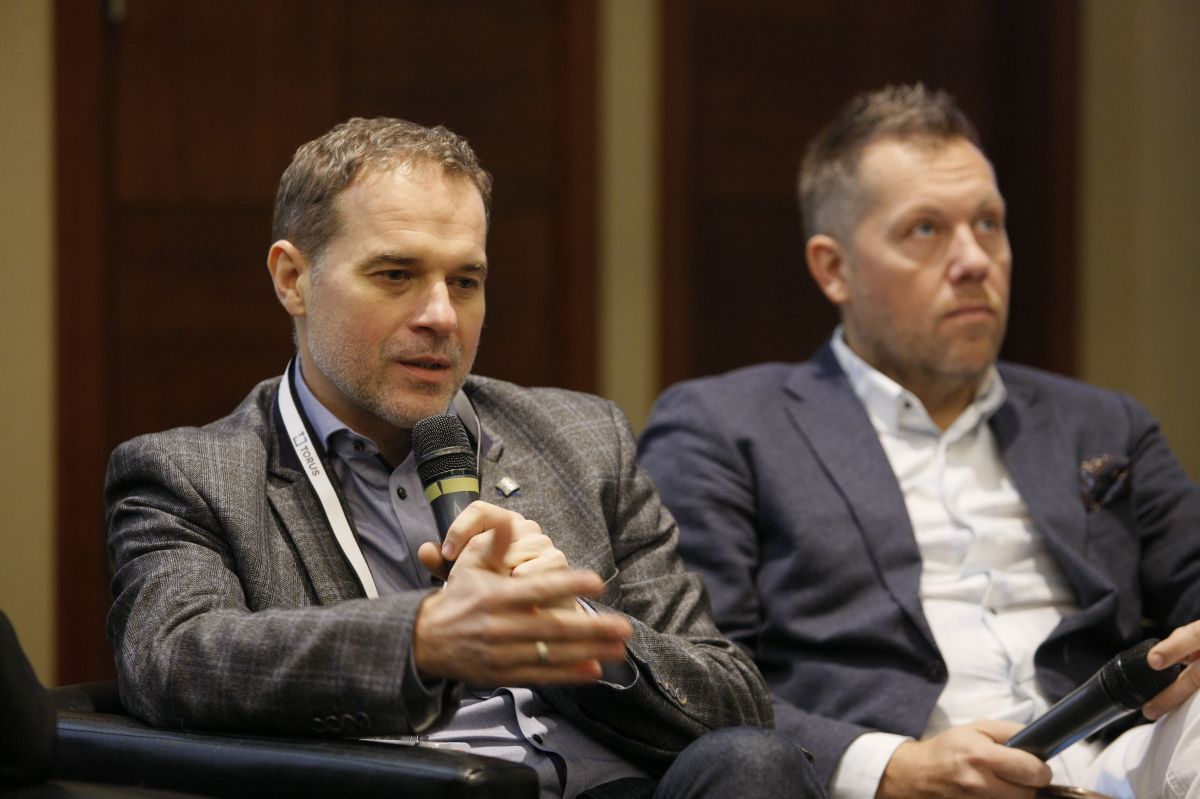
25 / 108
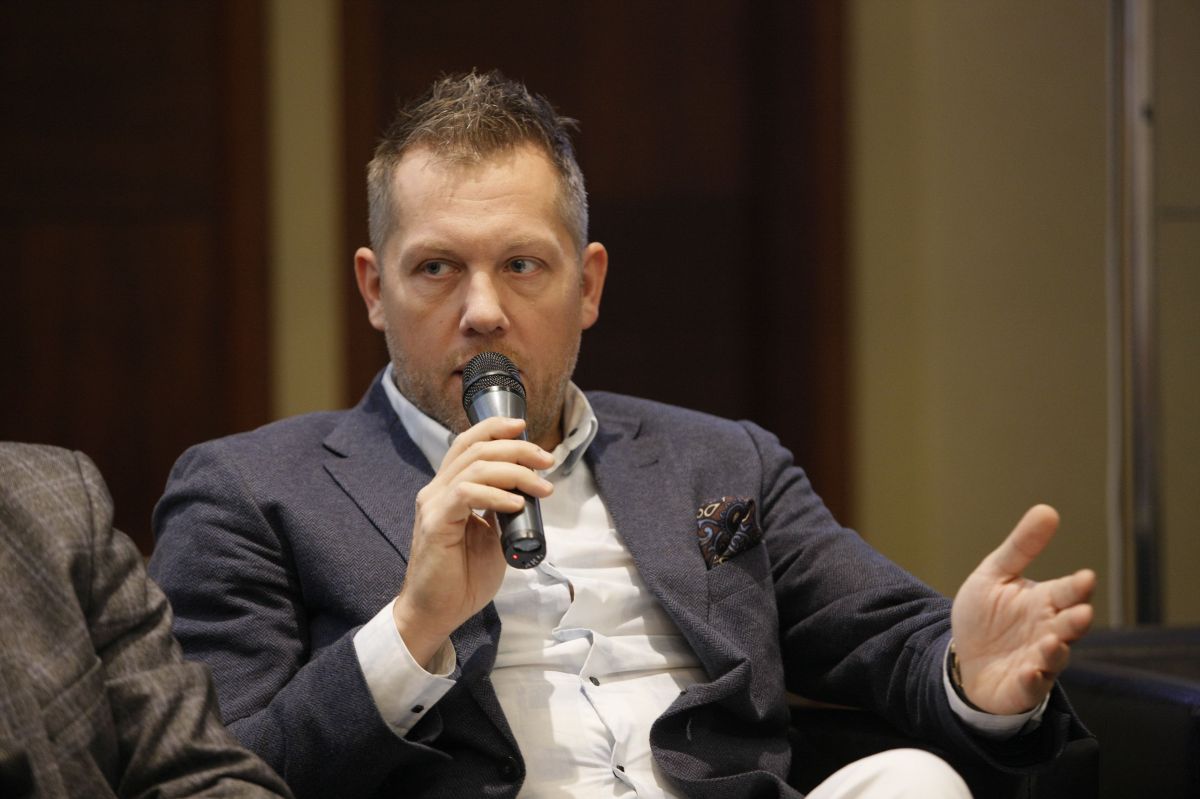
26 / 108
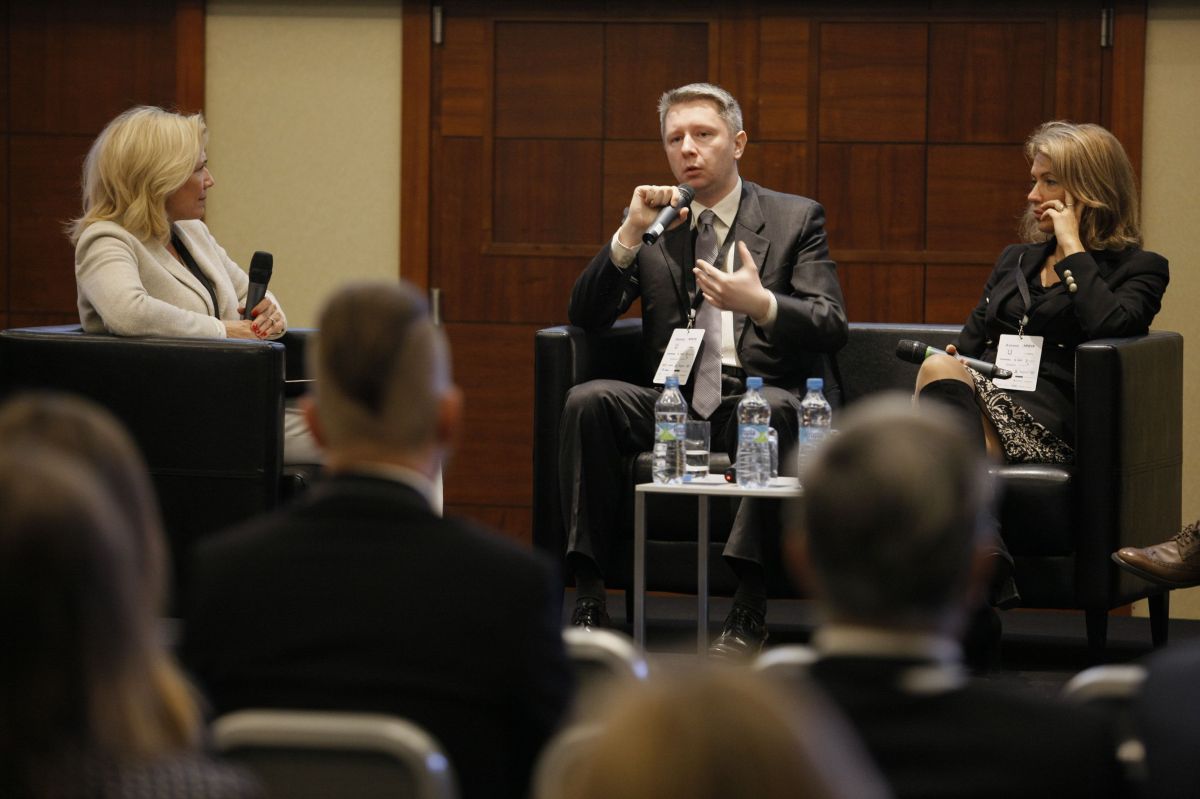
27 / 108
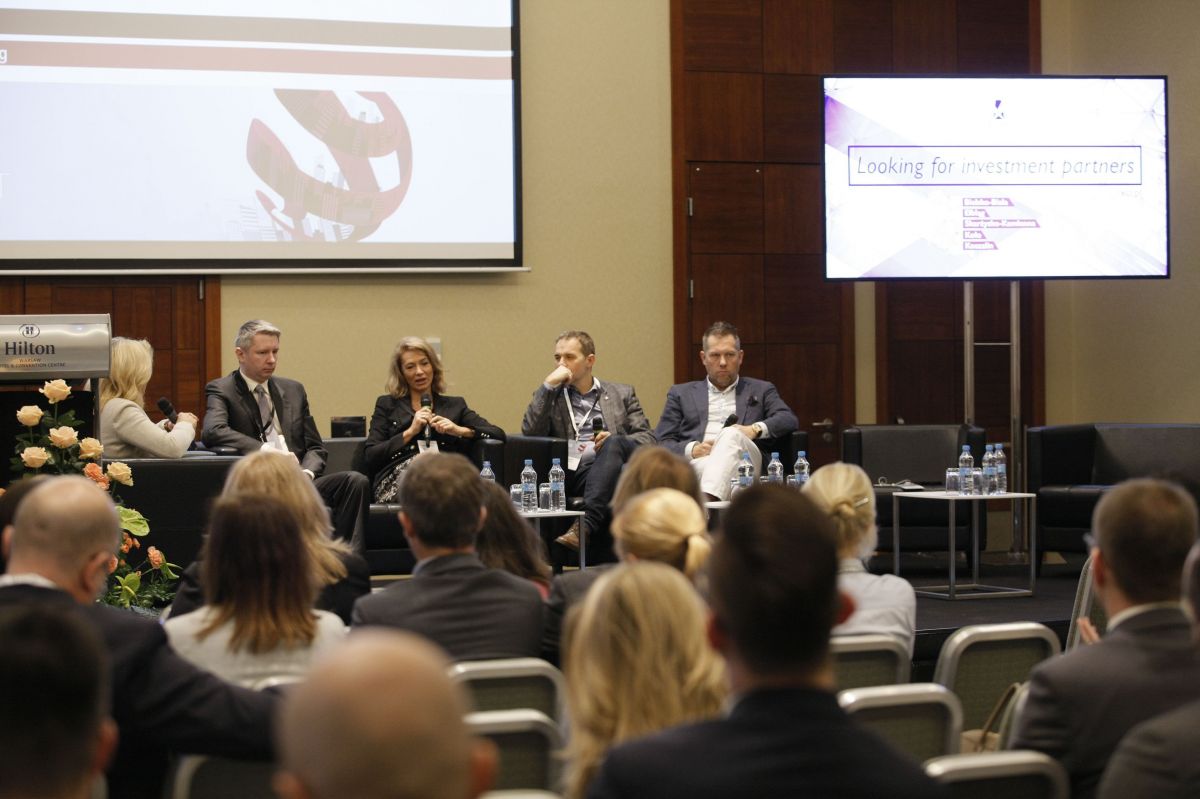
28 / 108
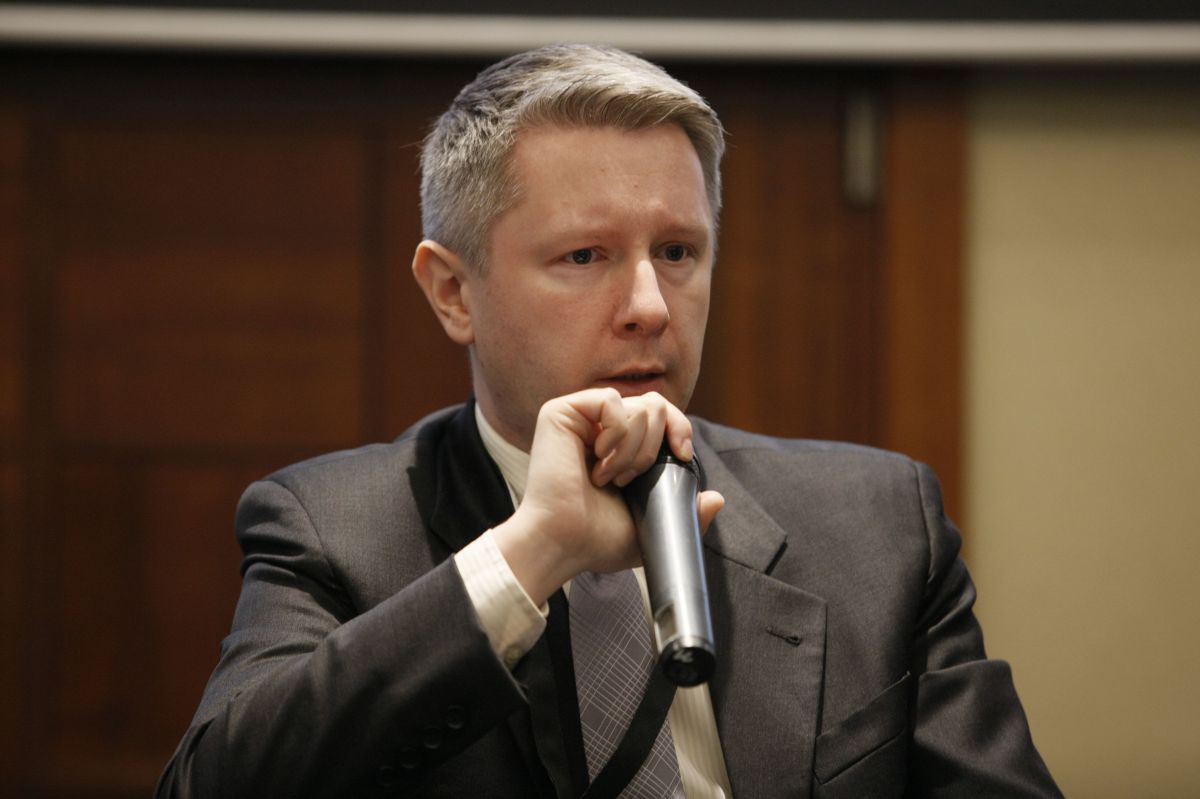
29 / 108
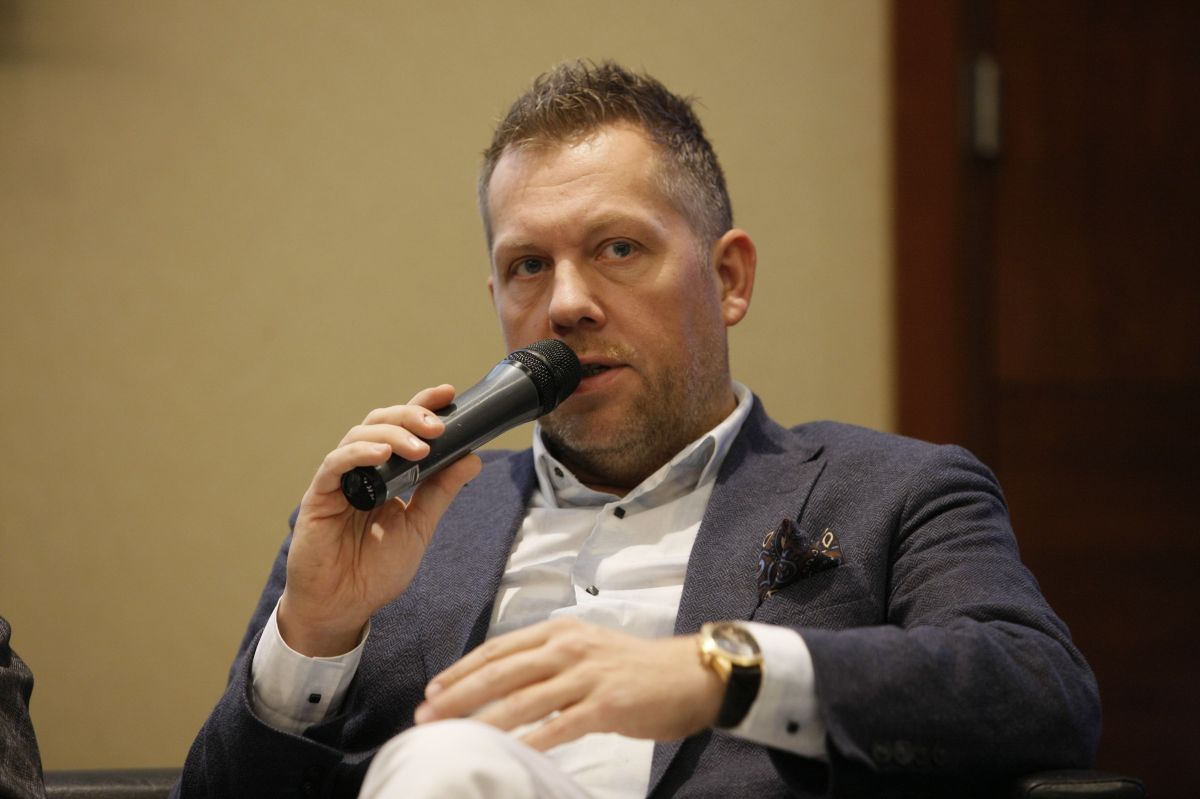
30 / 108
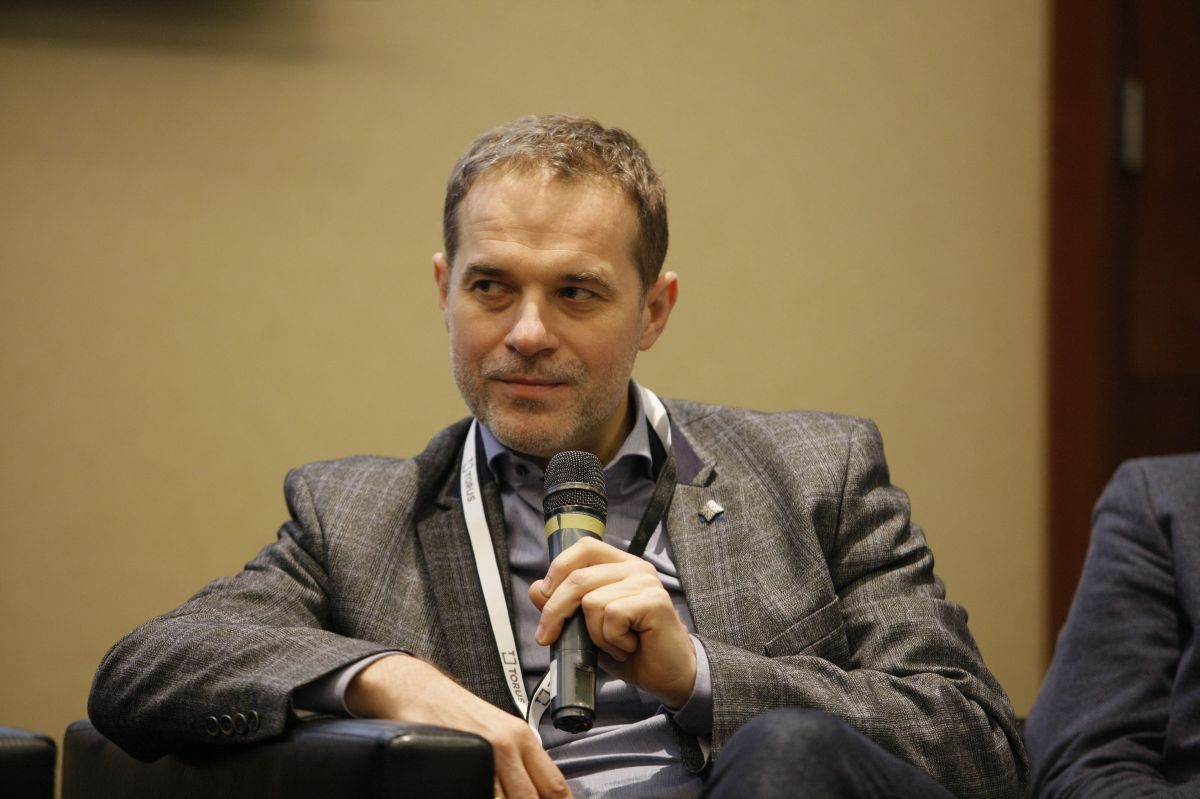
31 / 108
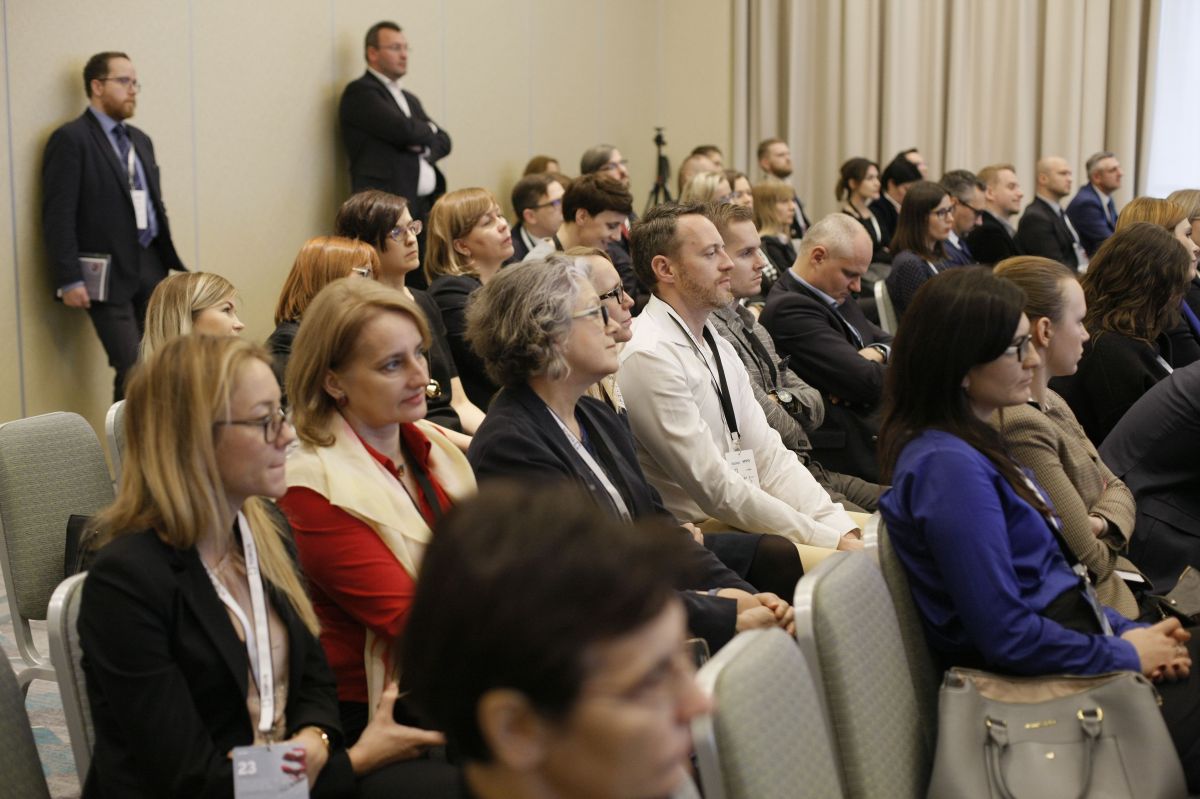
32 / 108
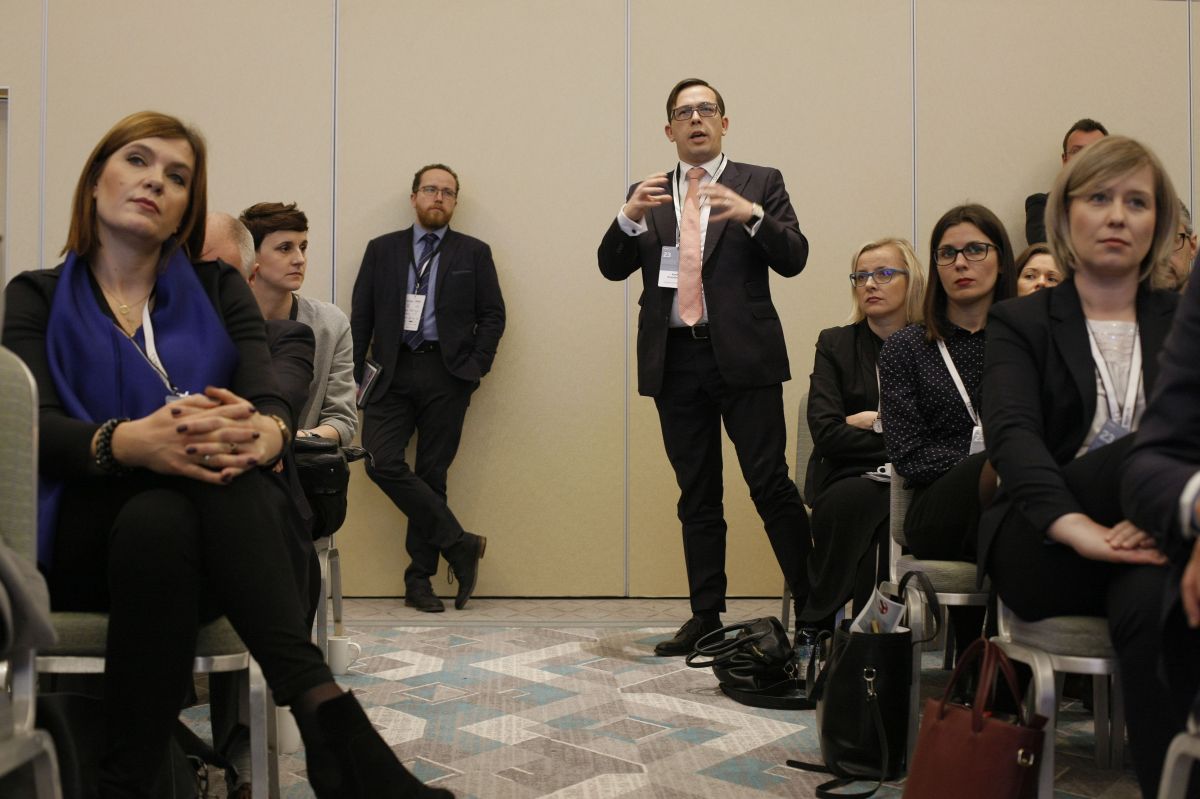
33 / 108
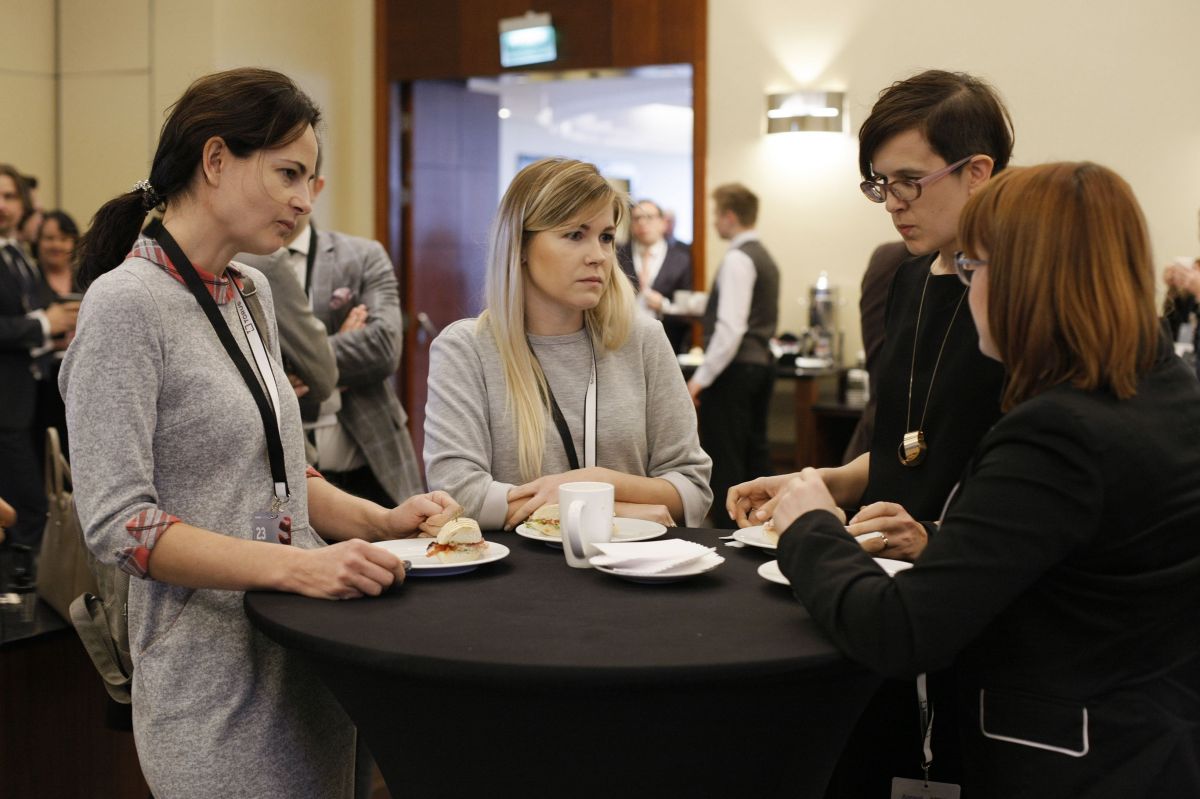
34 / 108
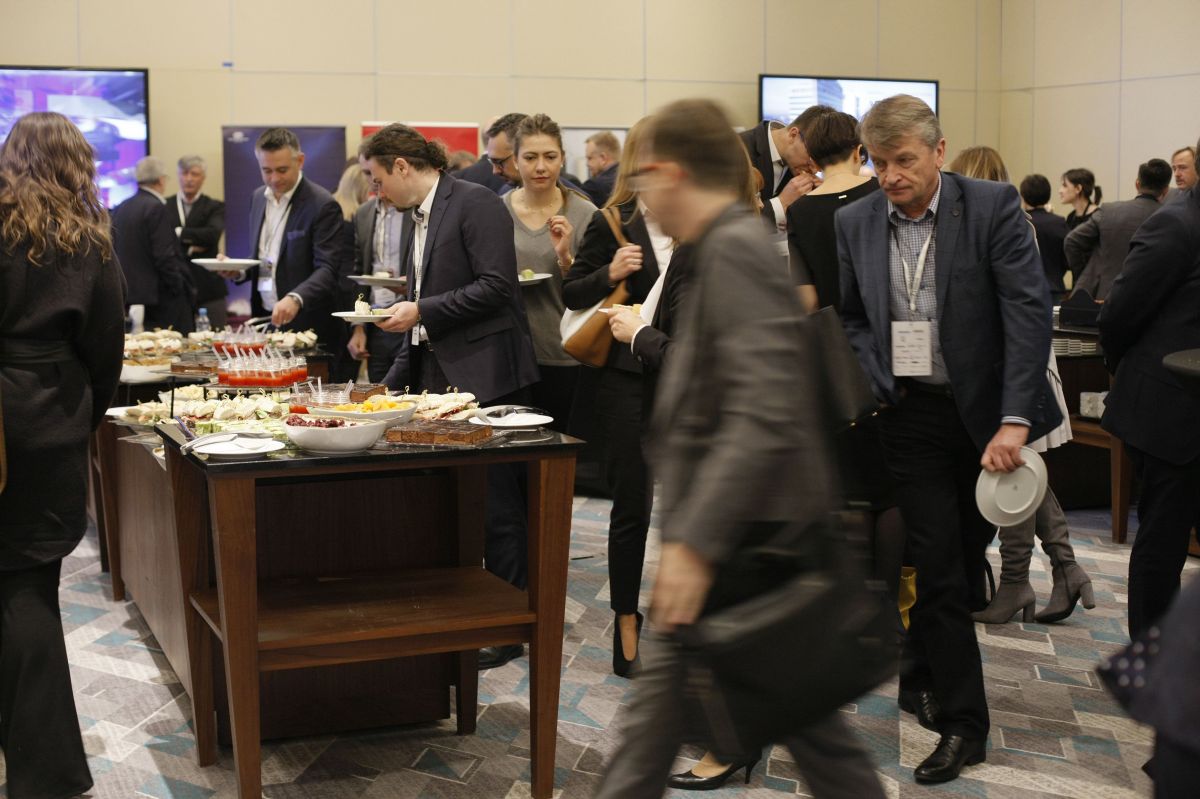
35 / 108
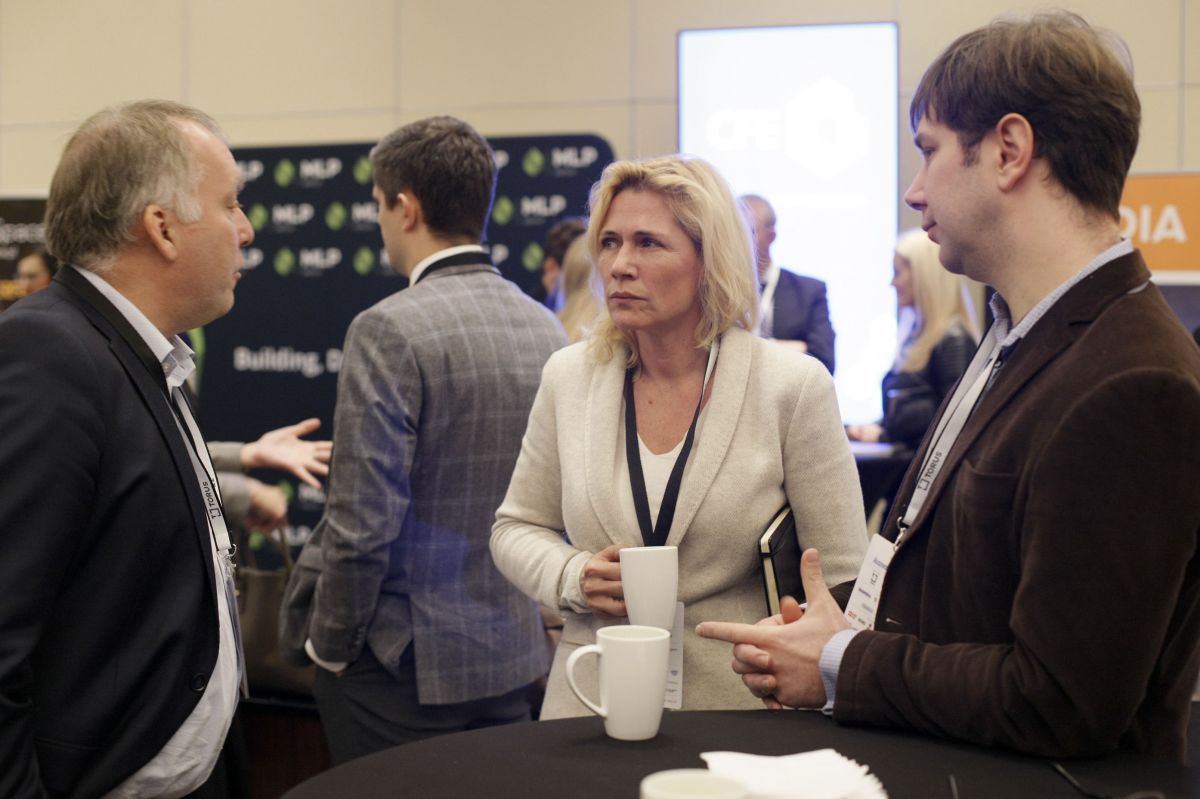
36 / 108
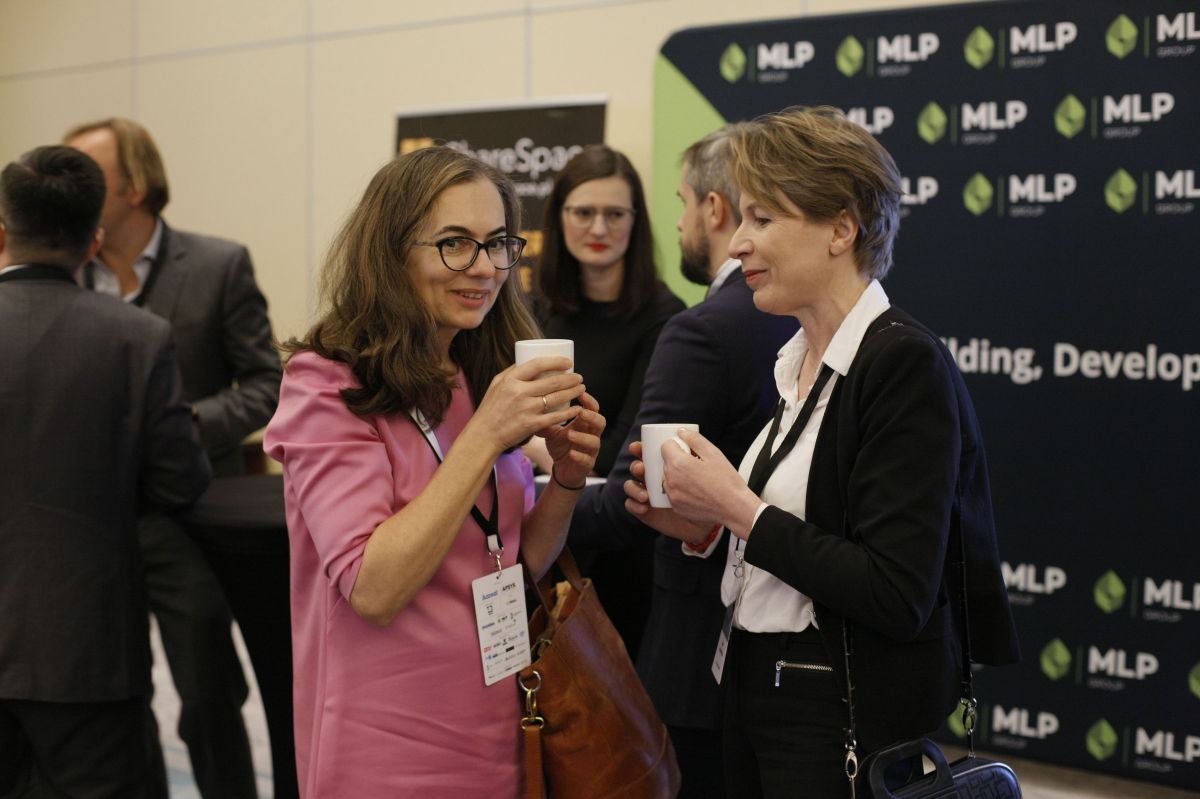
37 / 108
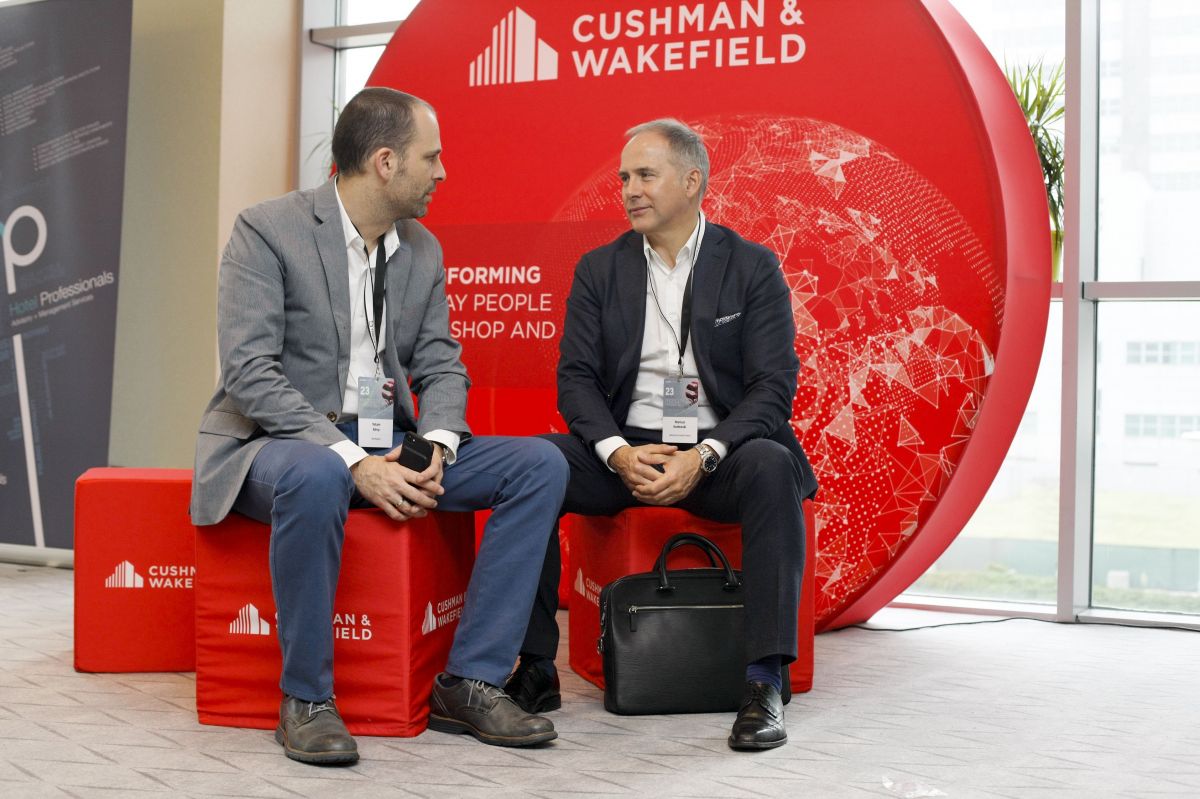
38 / 108
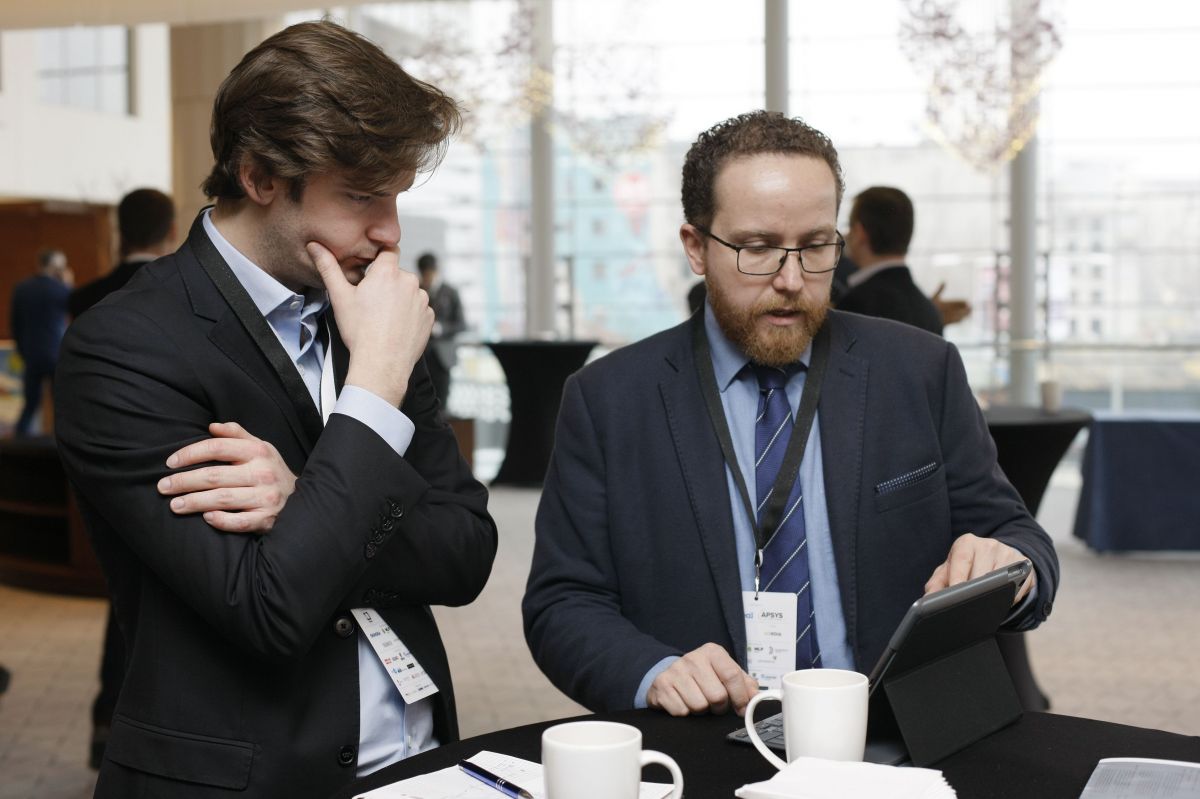
39 / 108

40 / 108
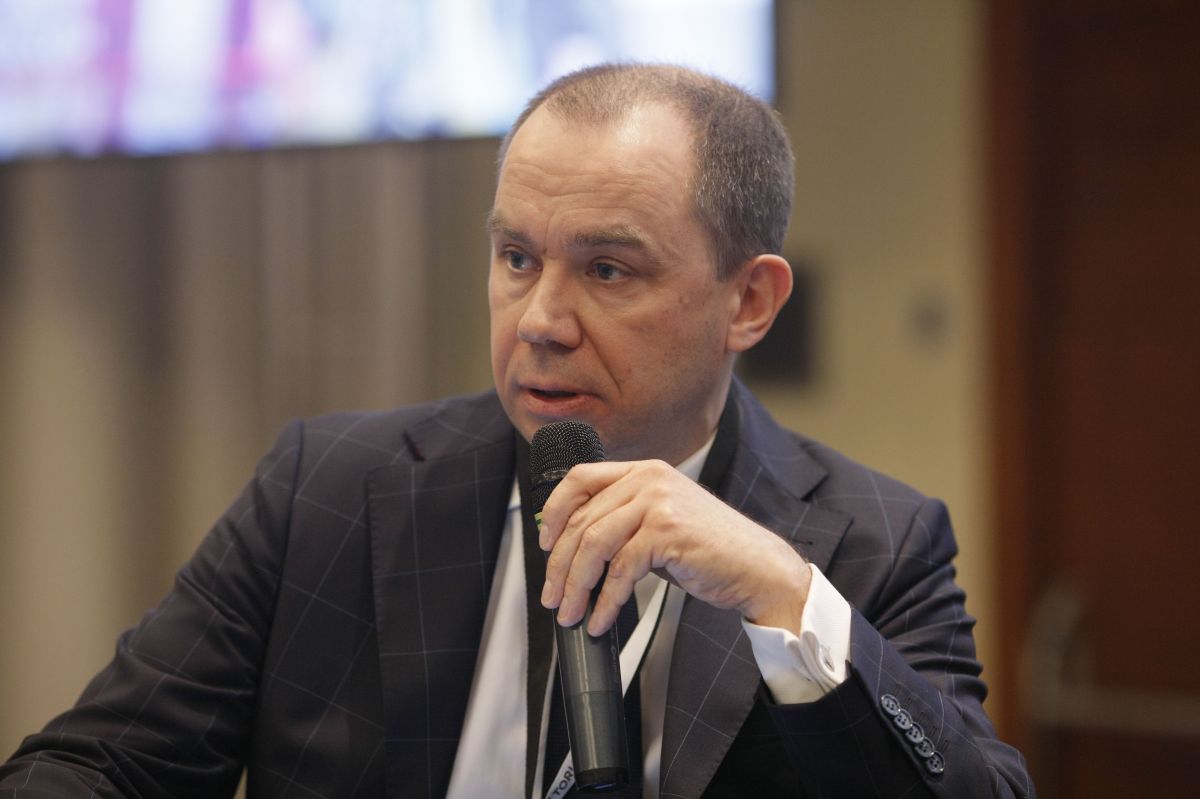
41 / 108
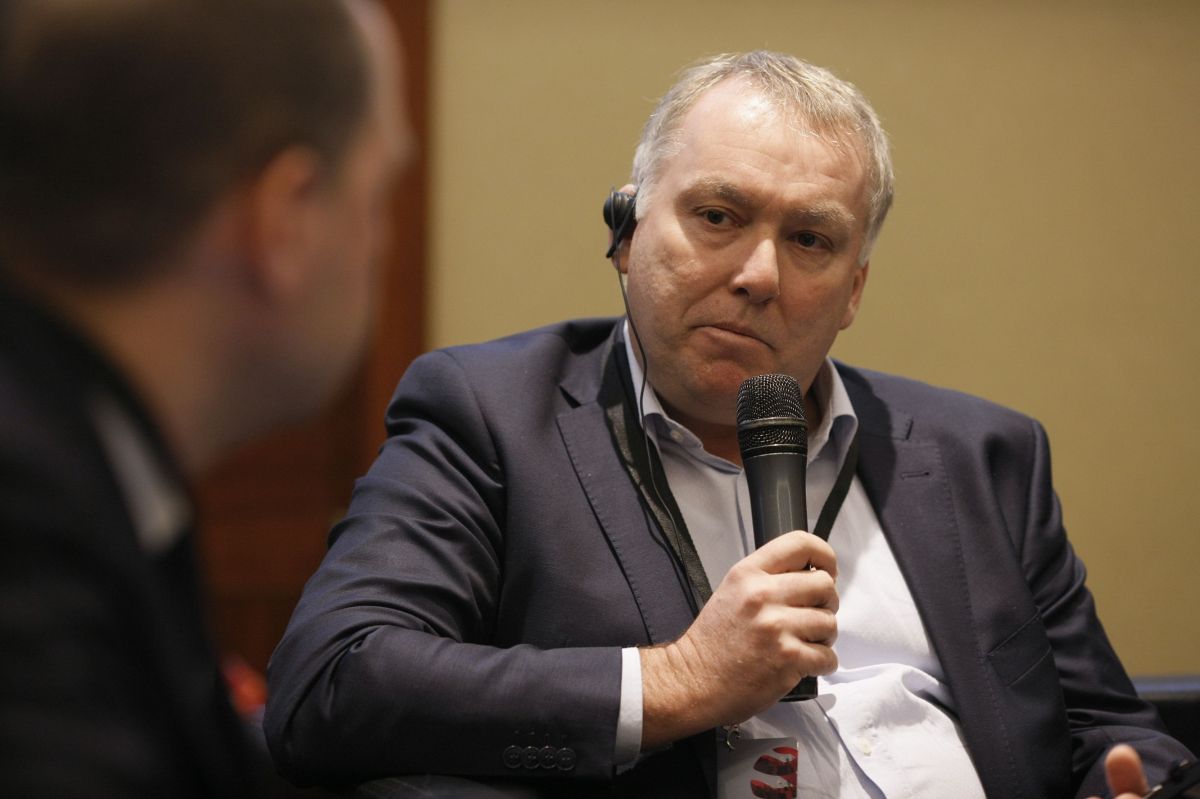
42 / 108

43 / 108
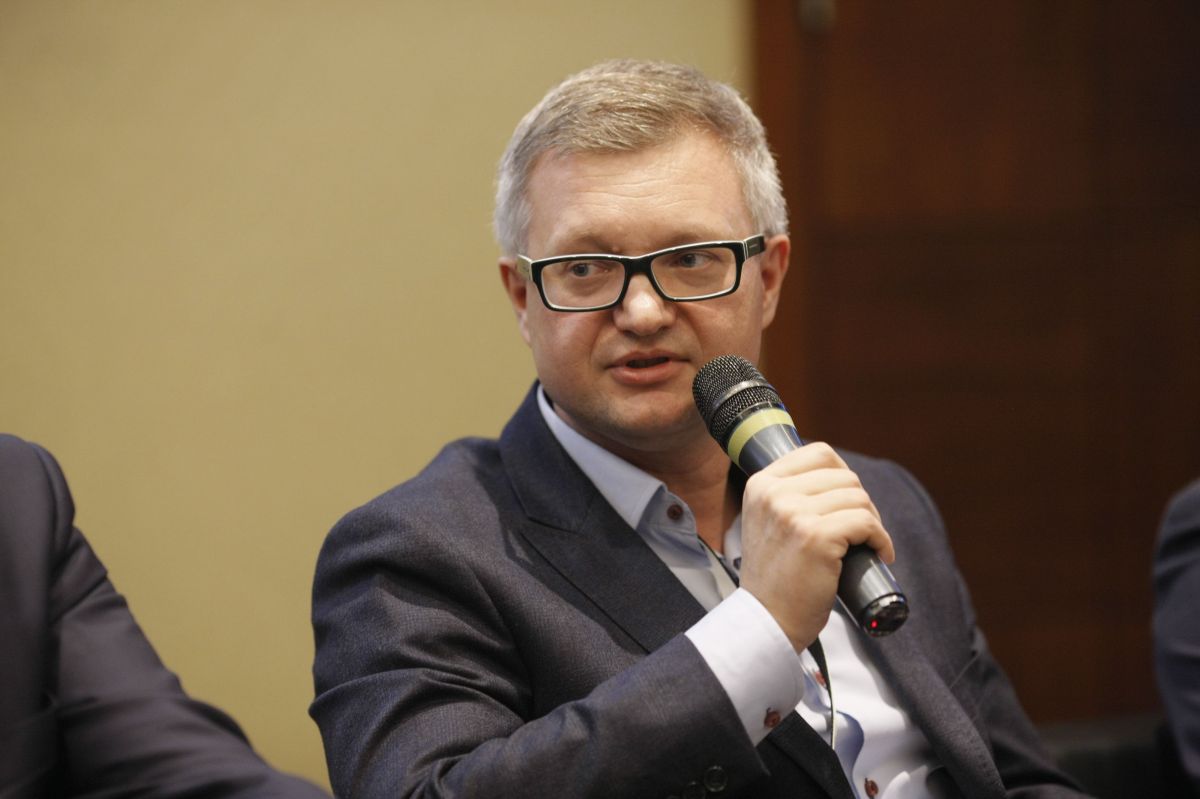
44 / 108
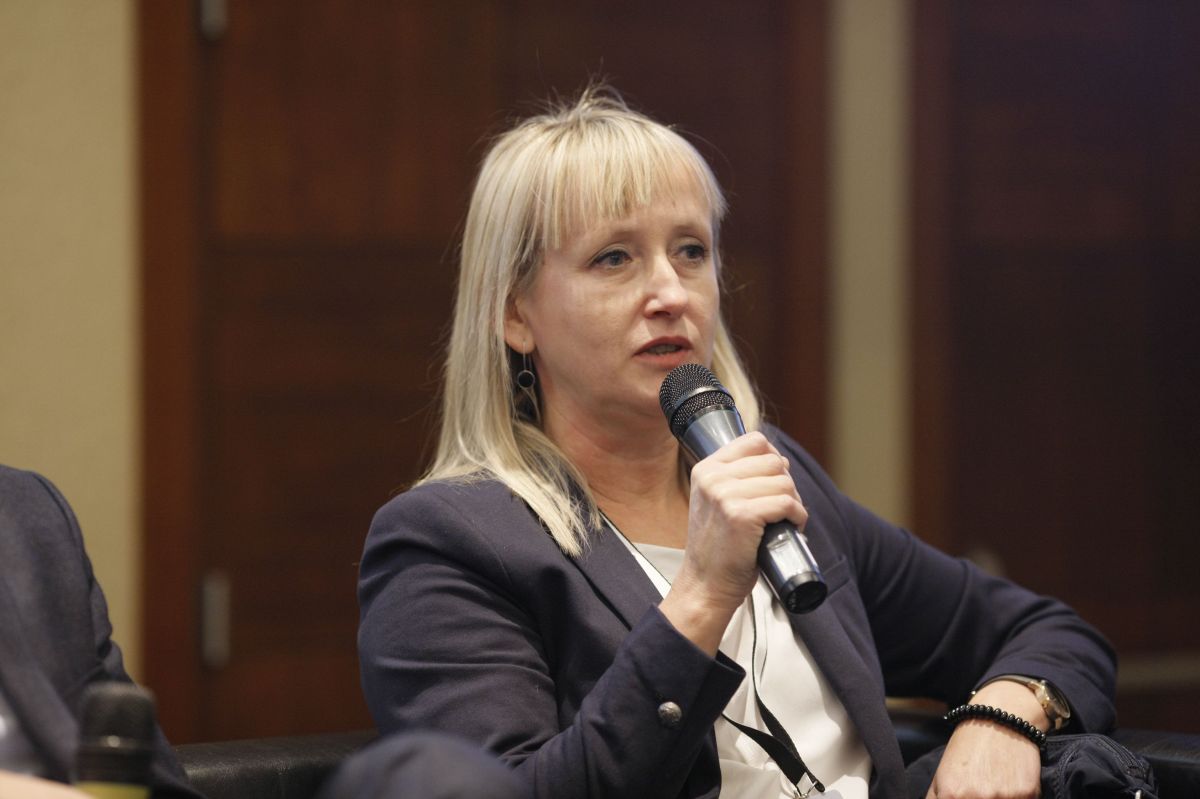
45 / 108
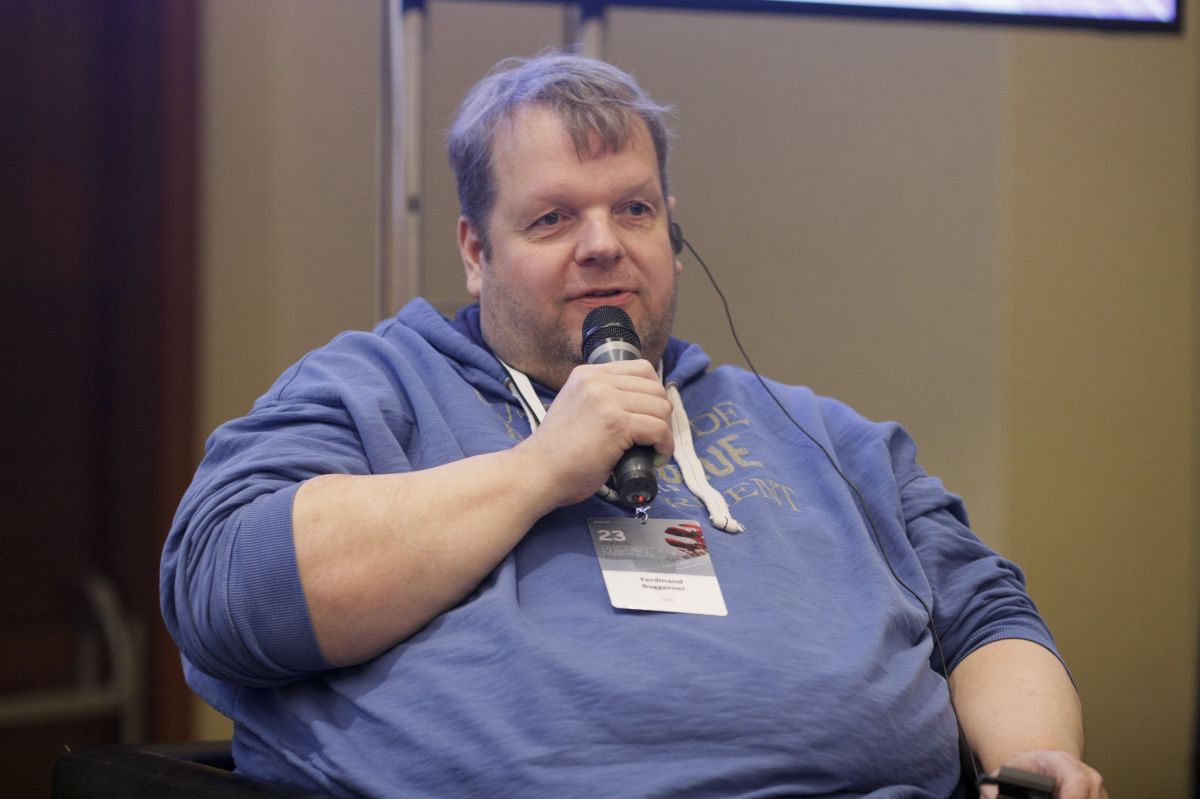
46 / 108
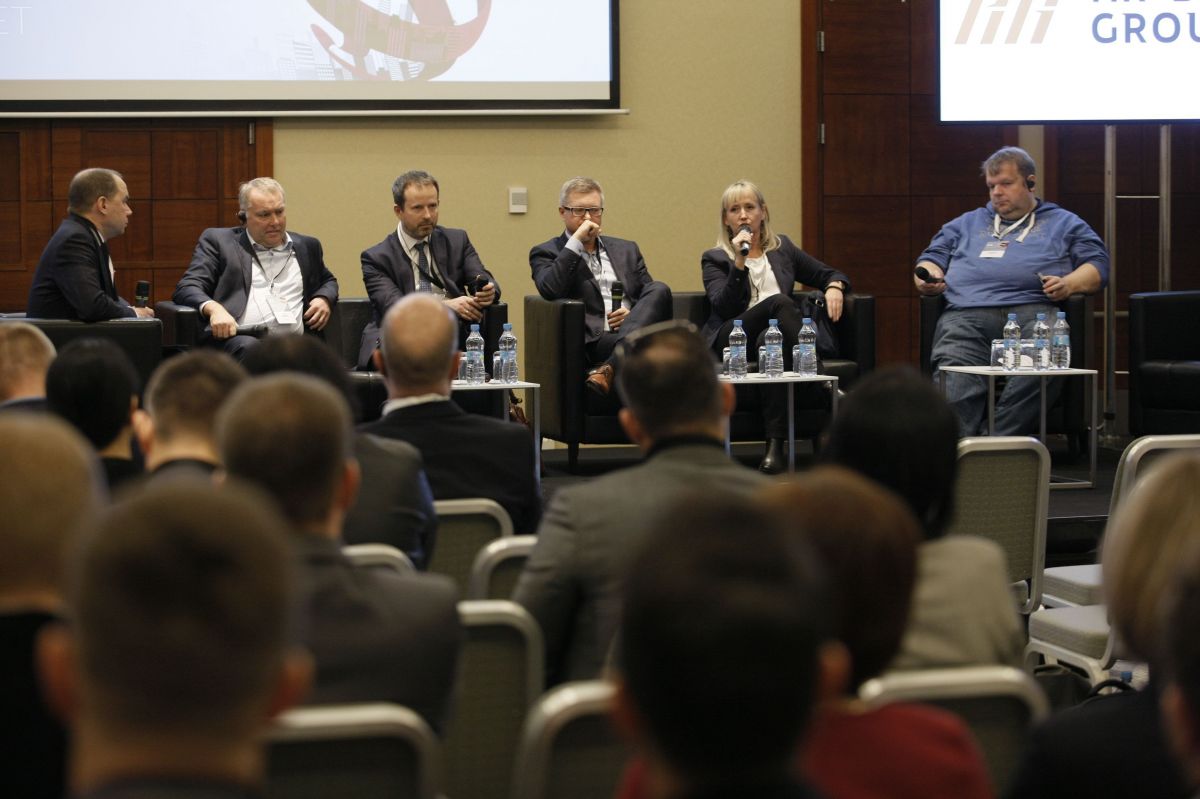
47 / 108

48 / 108
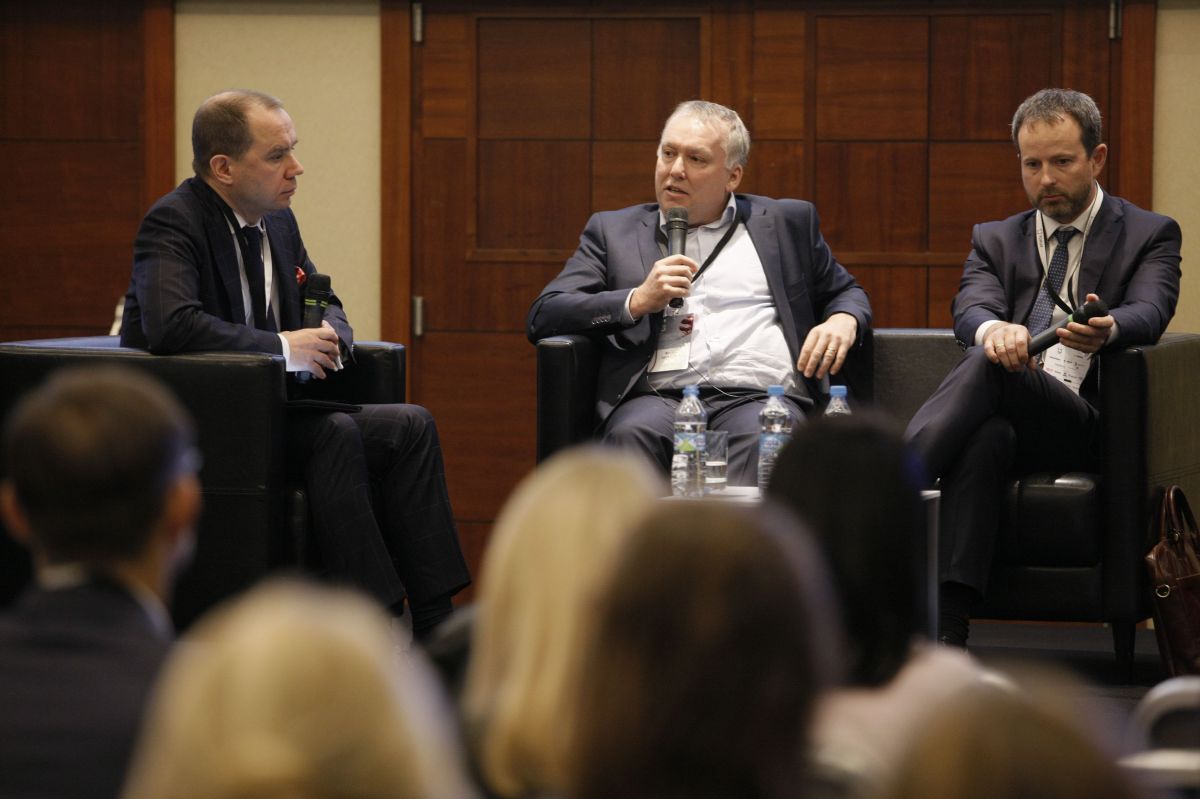
49 / 108
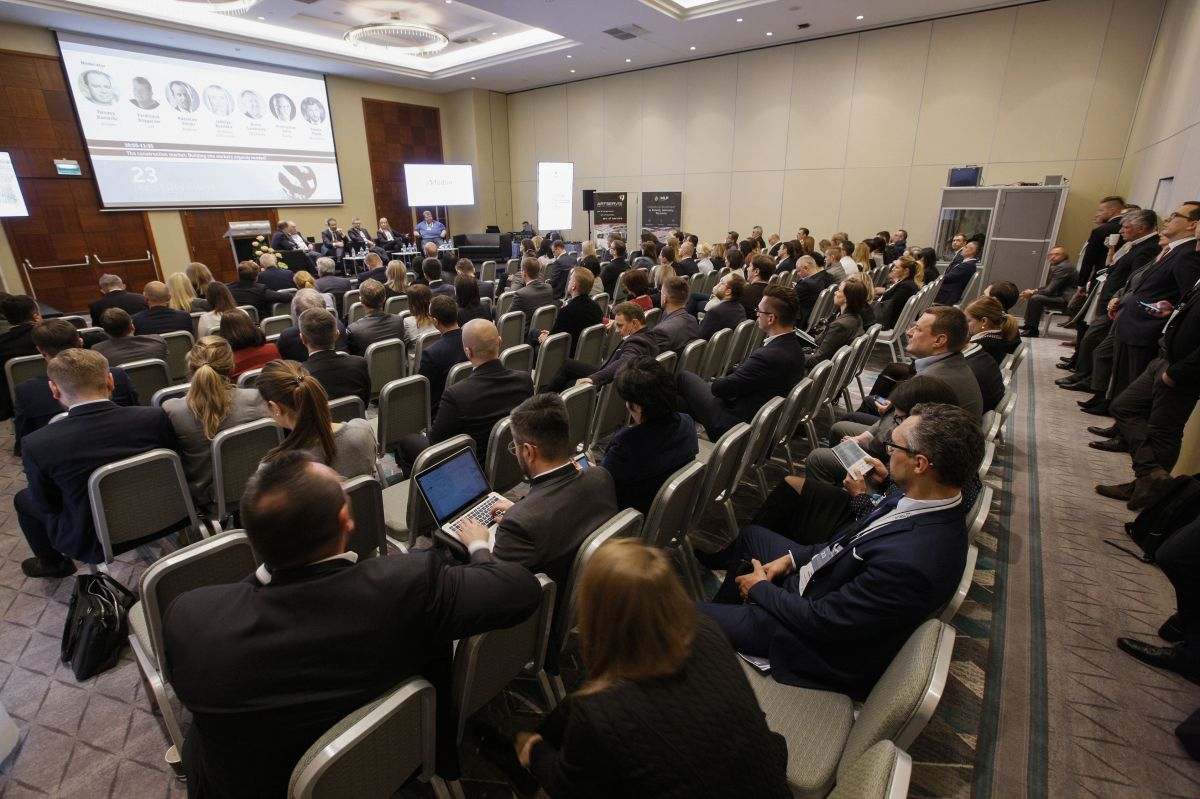
50 / 108
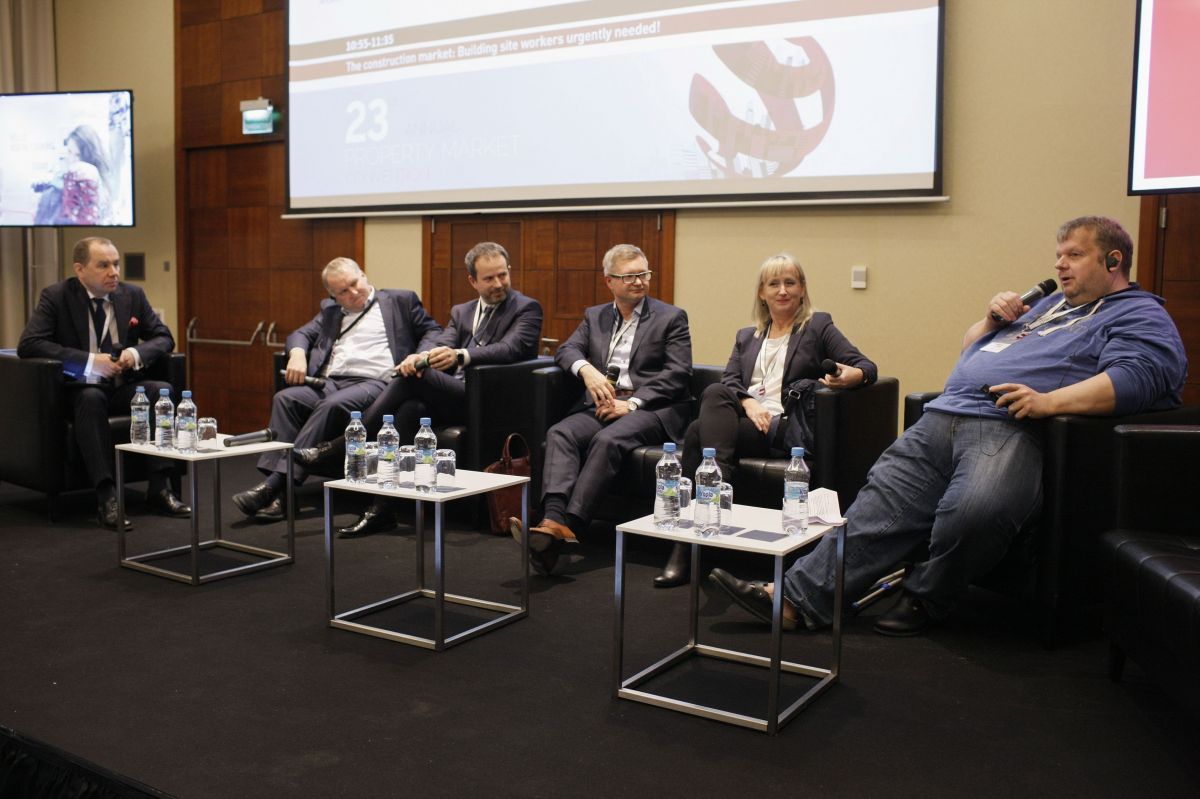
51 / 108
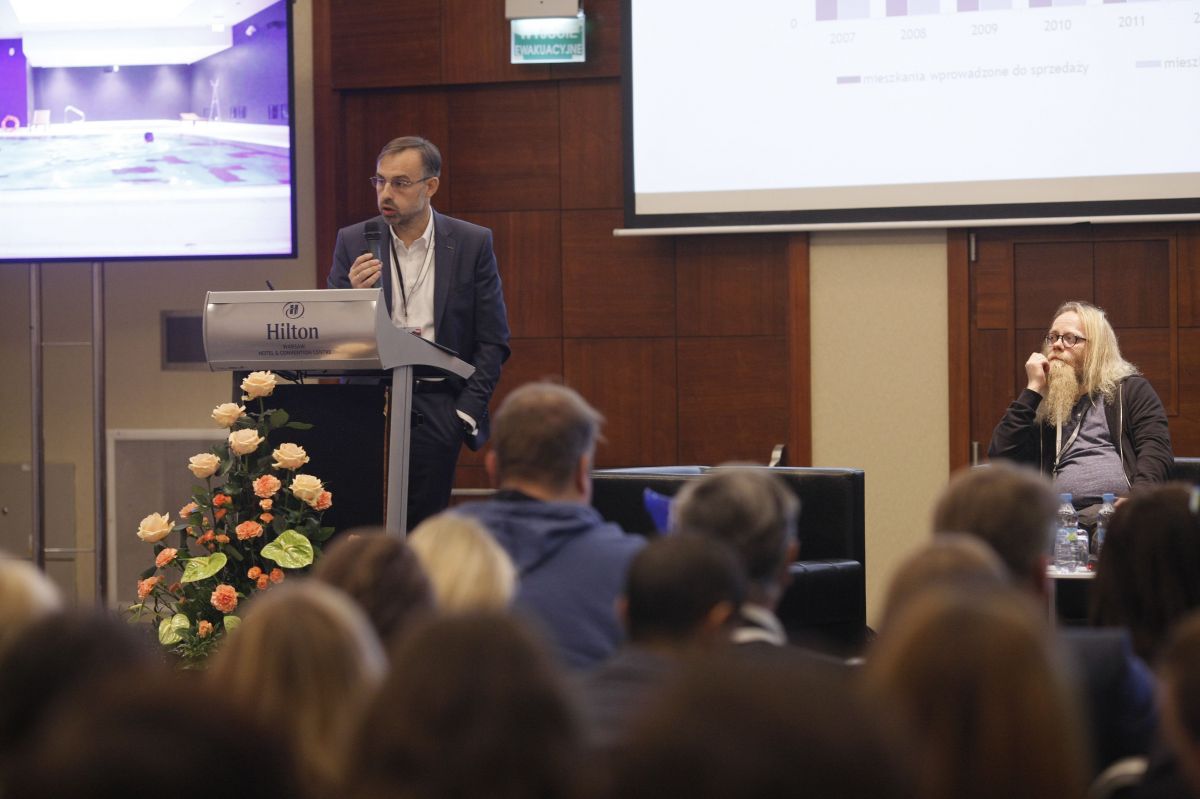
52 / 108
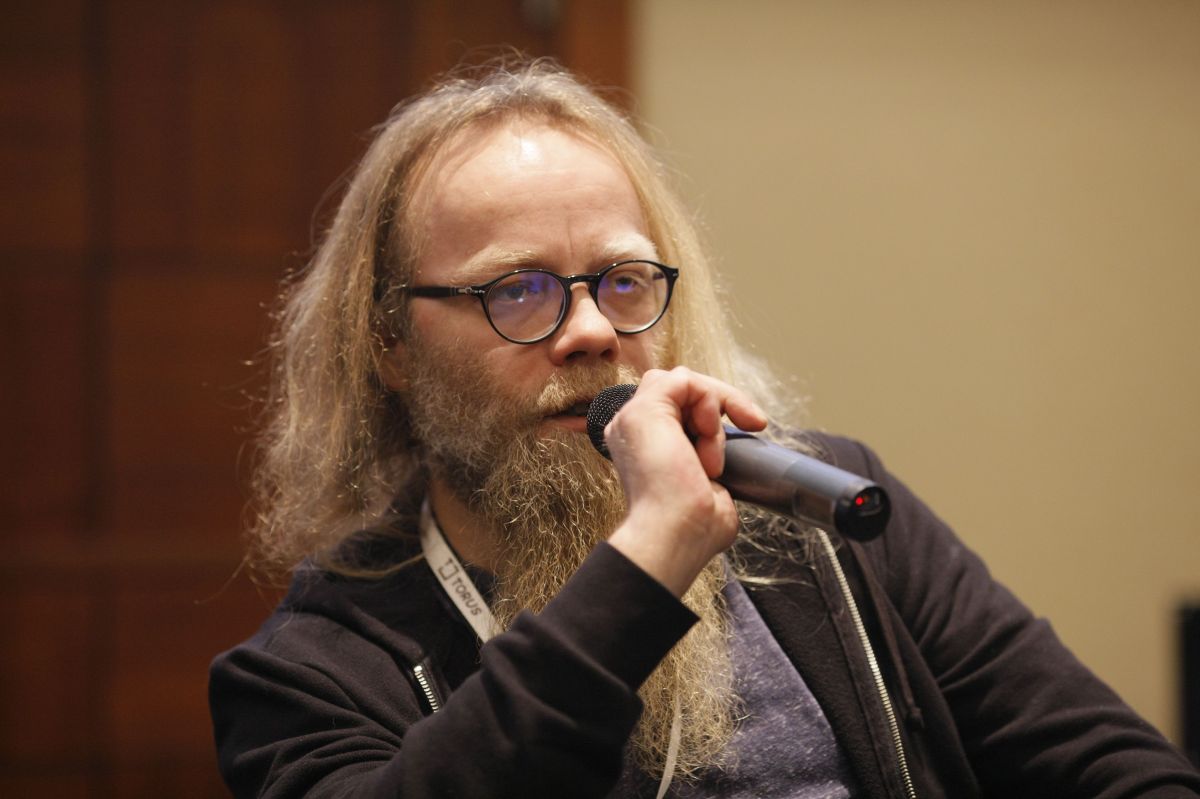
53 / 108
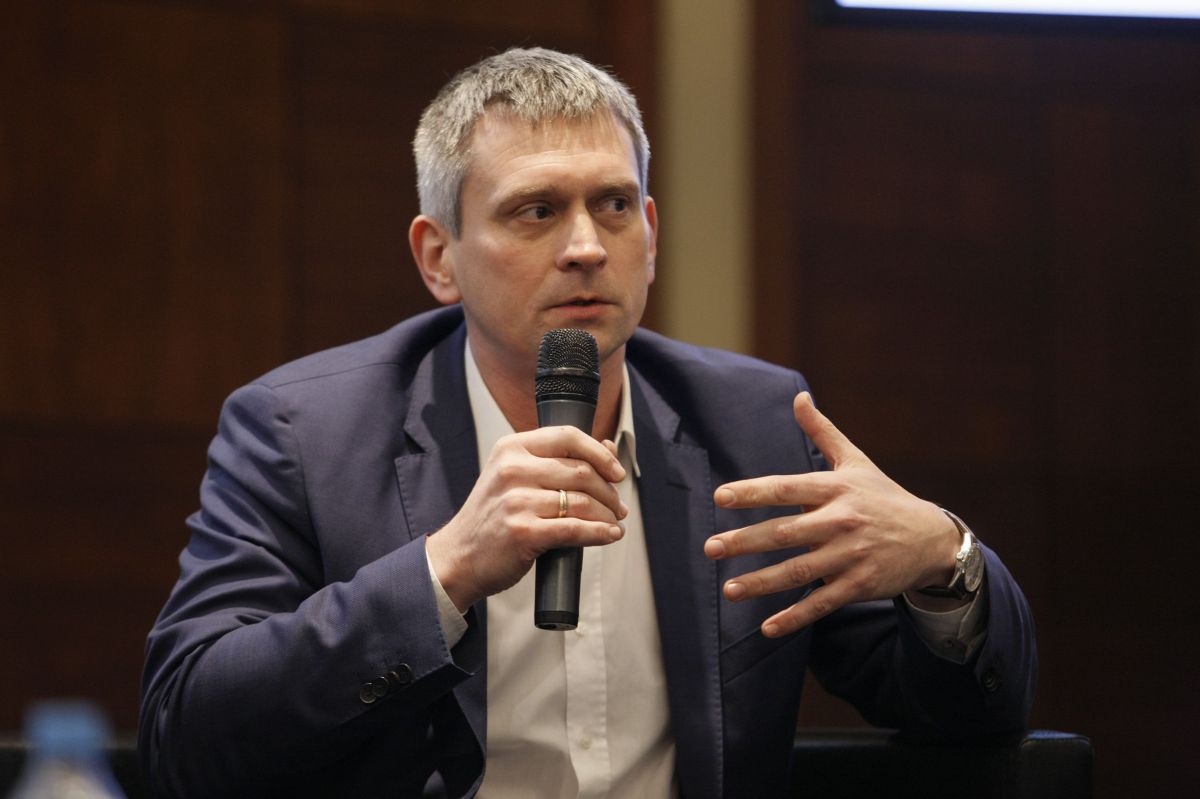
54 / 108
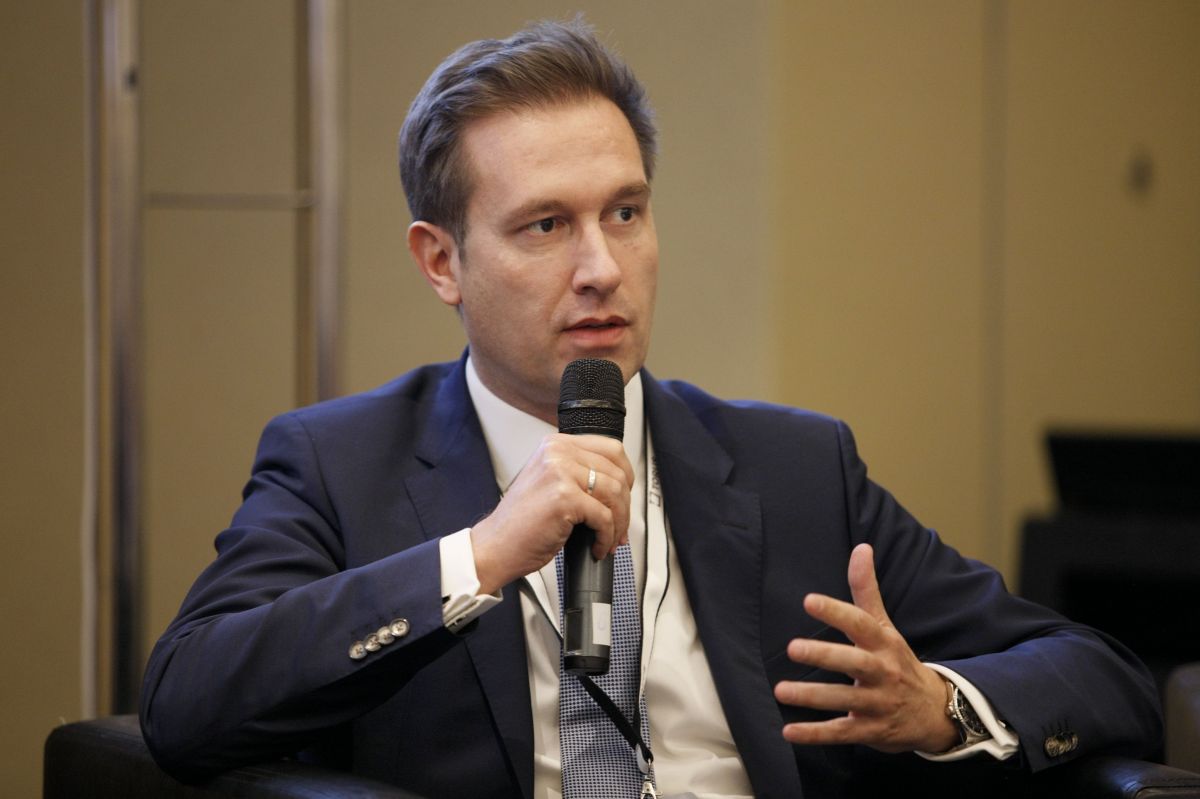
55 / 108

56 / 108
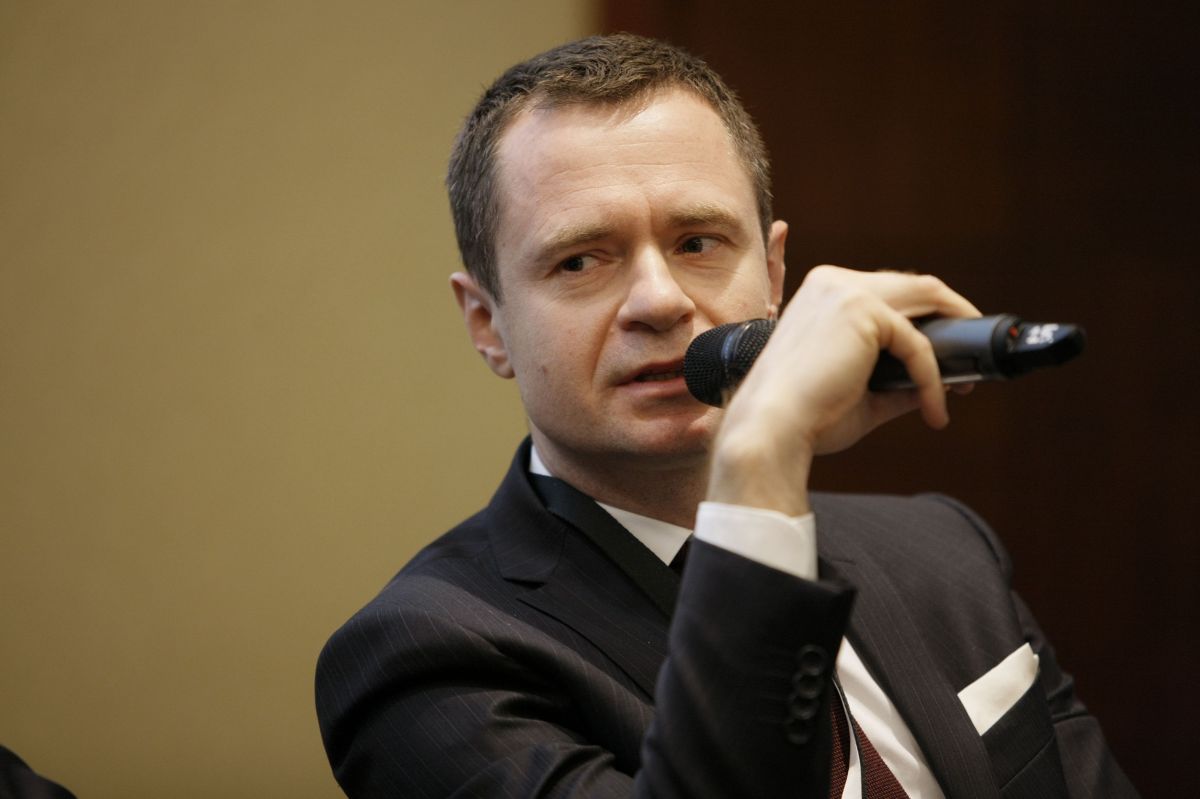
57 / 108

58 / 108
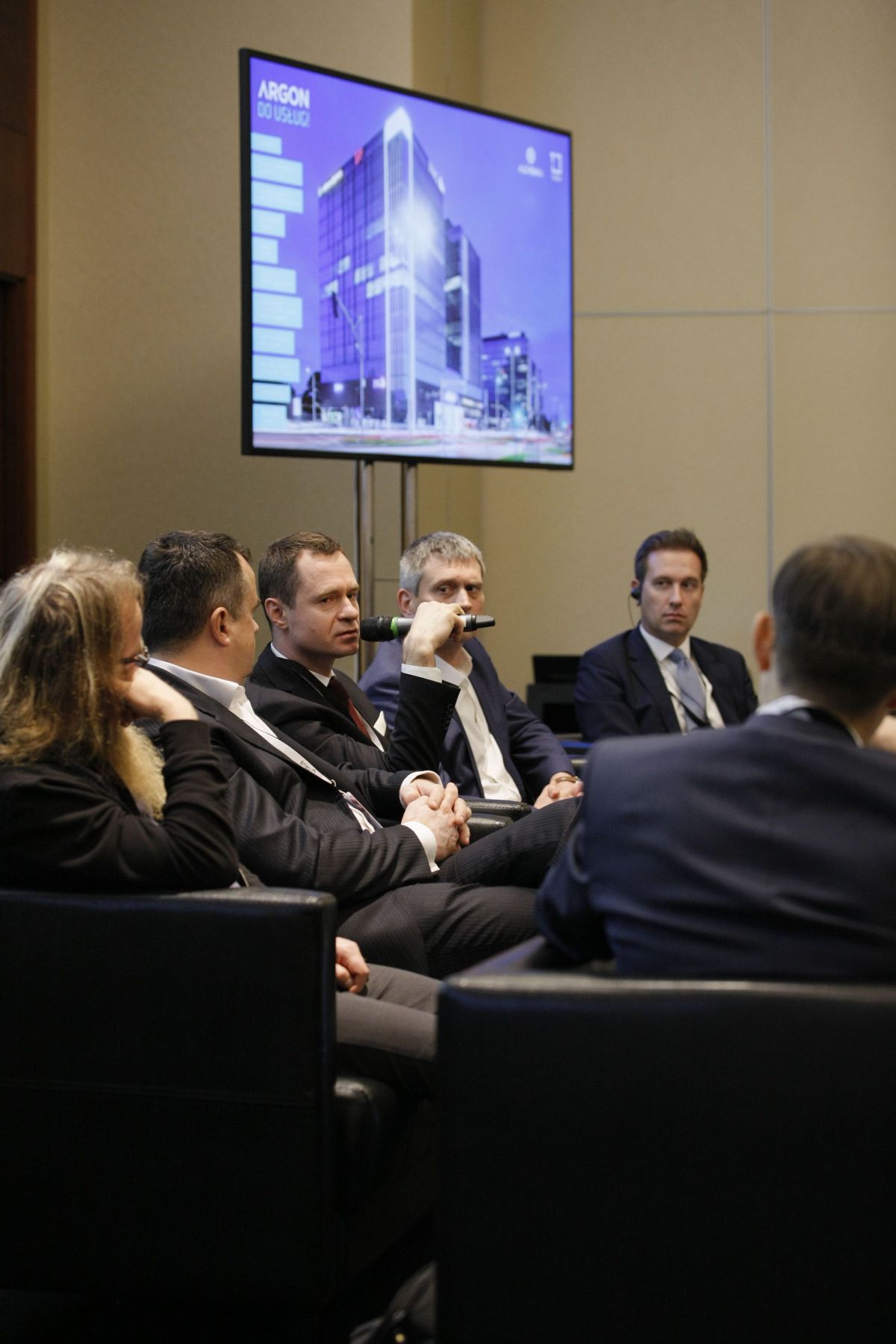
59 / 108

60 / 108
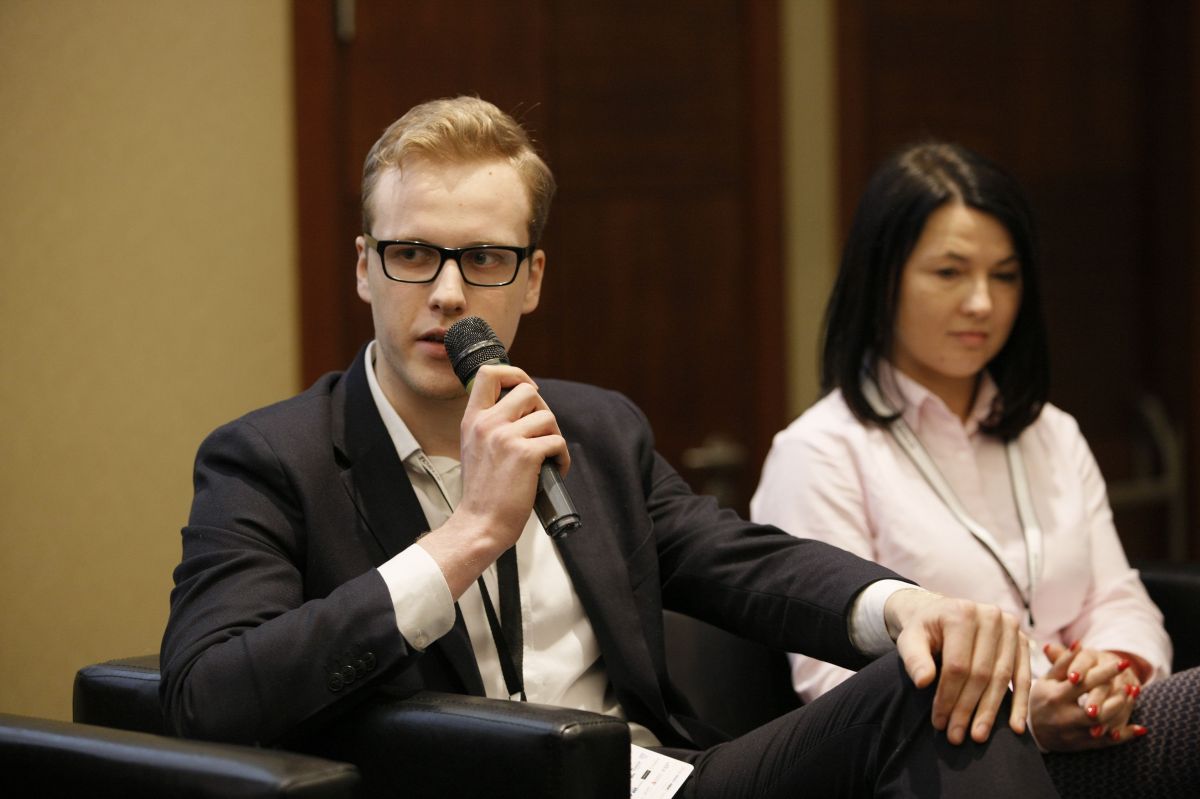
61 / 108
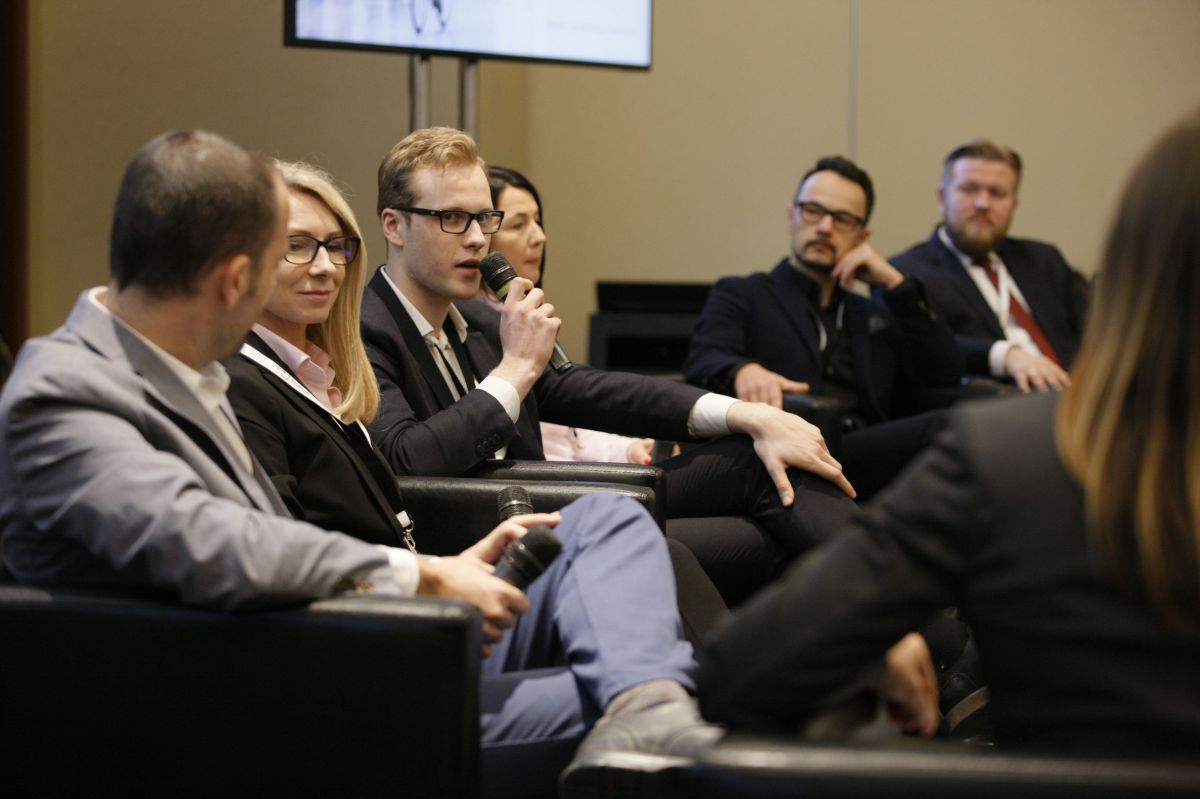
62 / 108

63 / 108
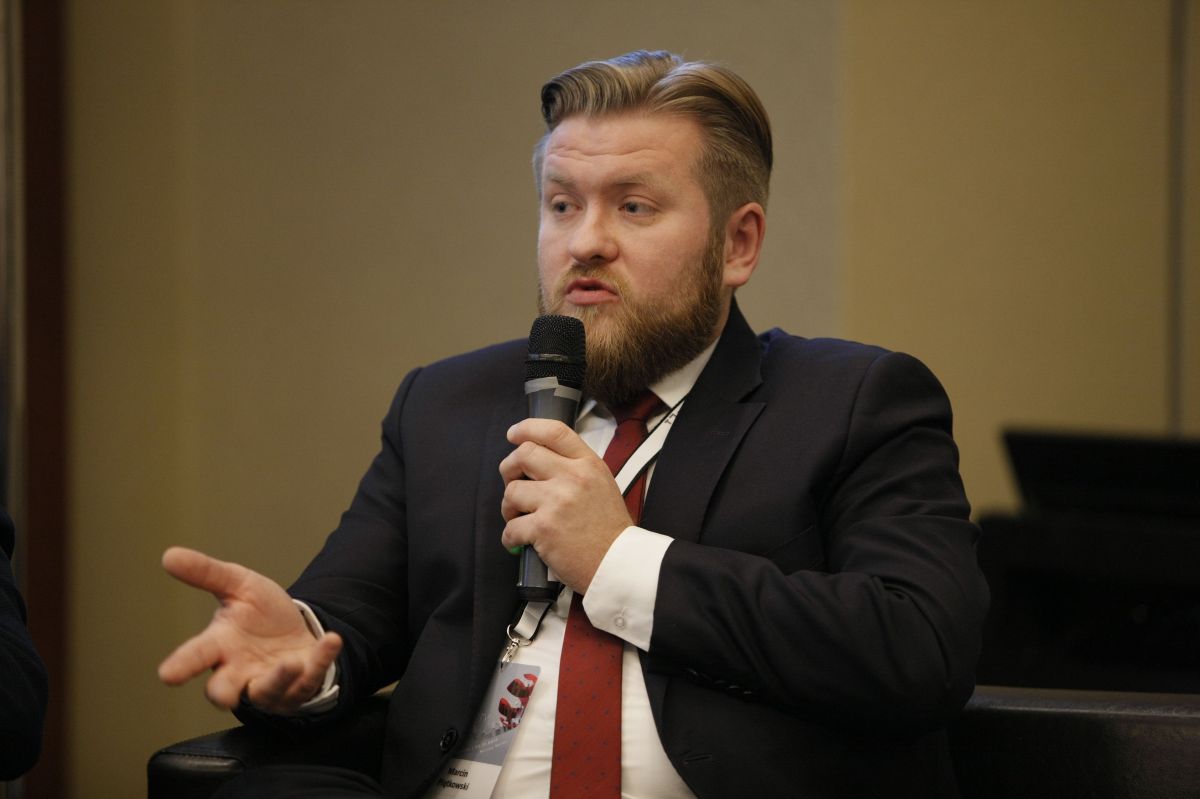
64 / 108
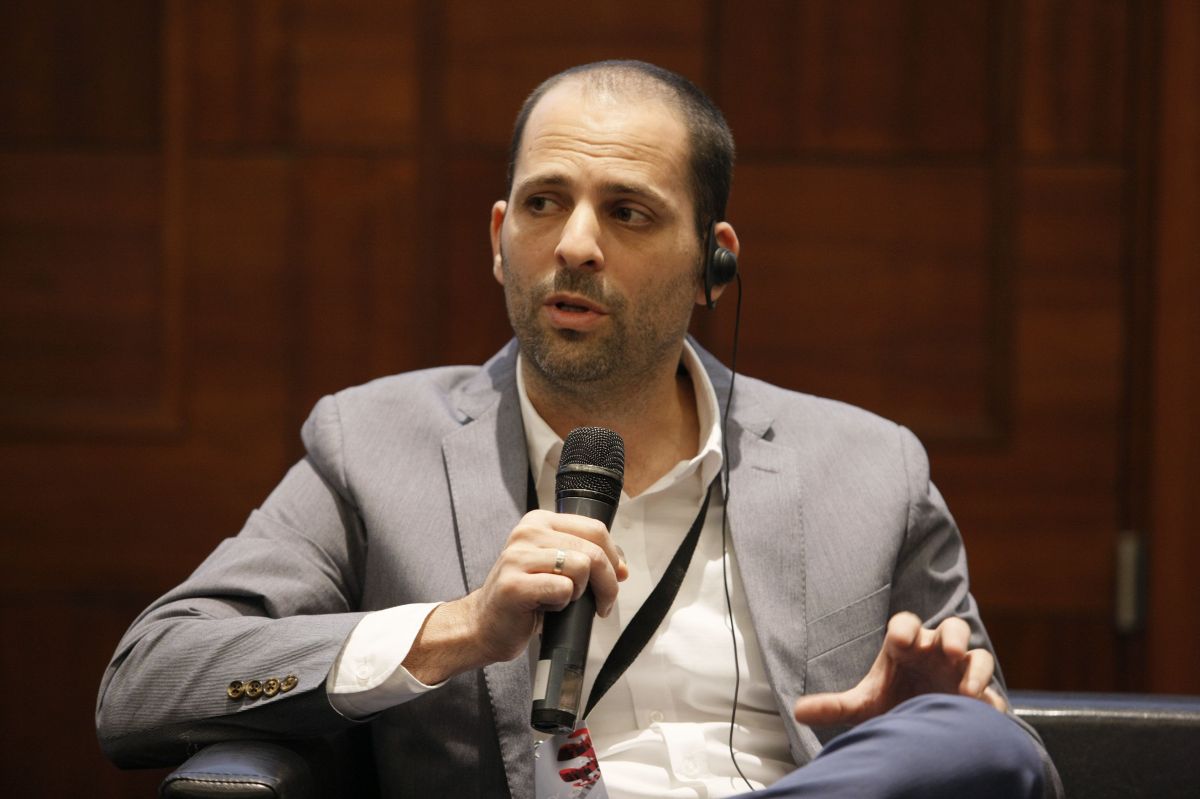
65 / 108
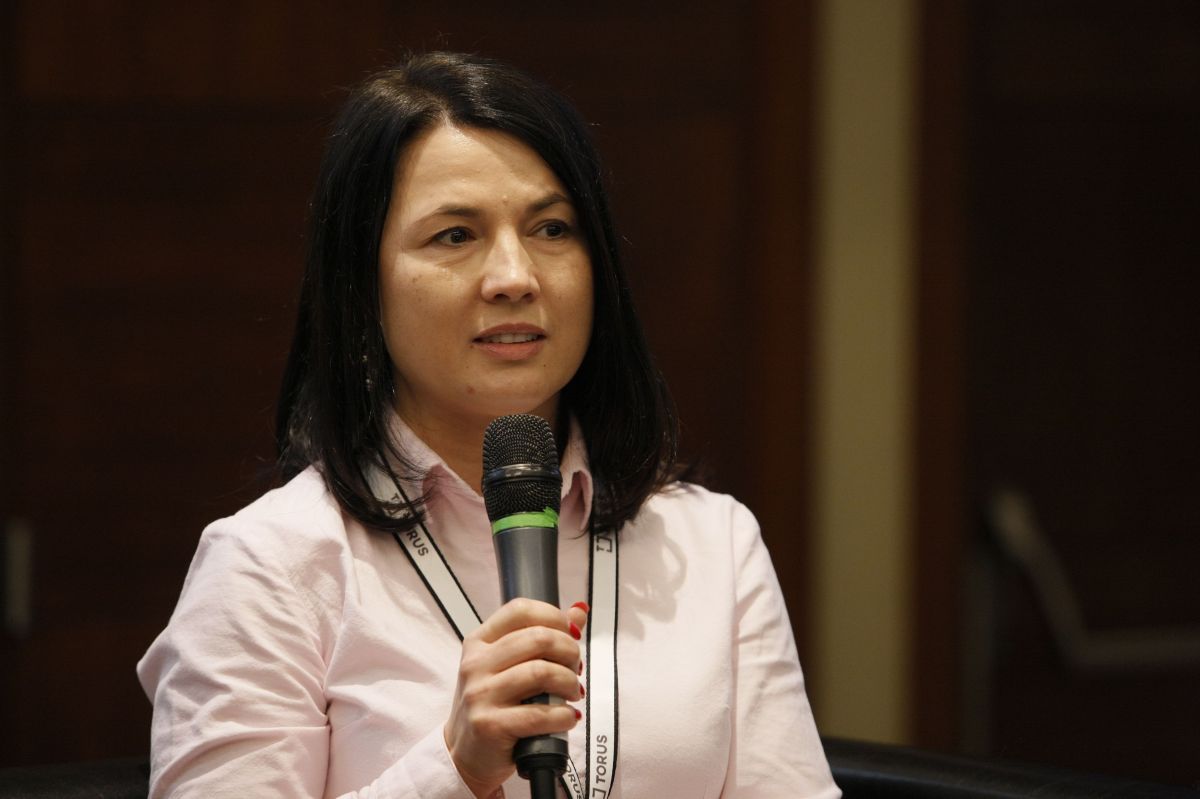
66 / 108
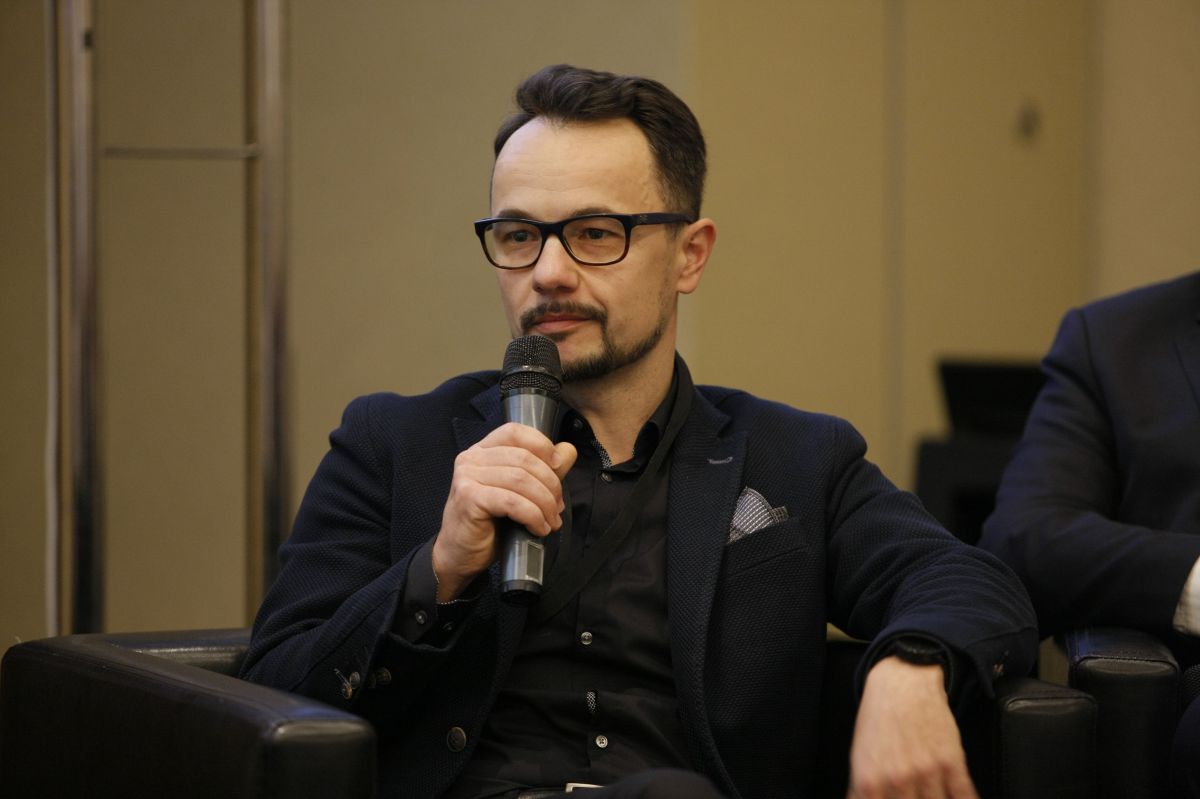
67 / 108
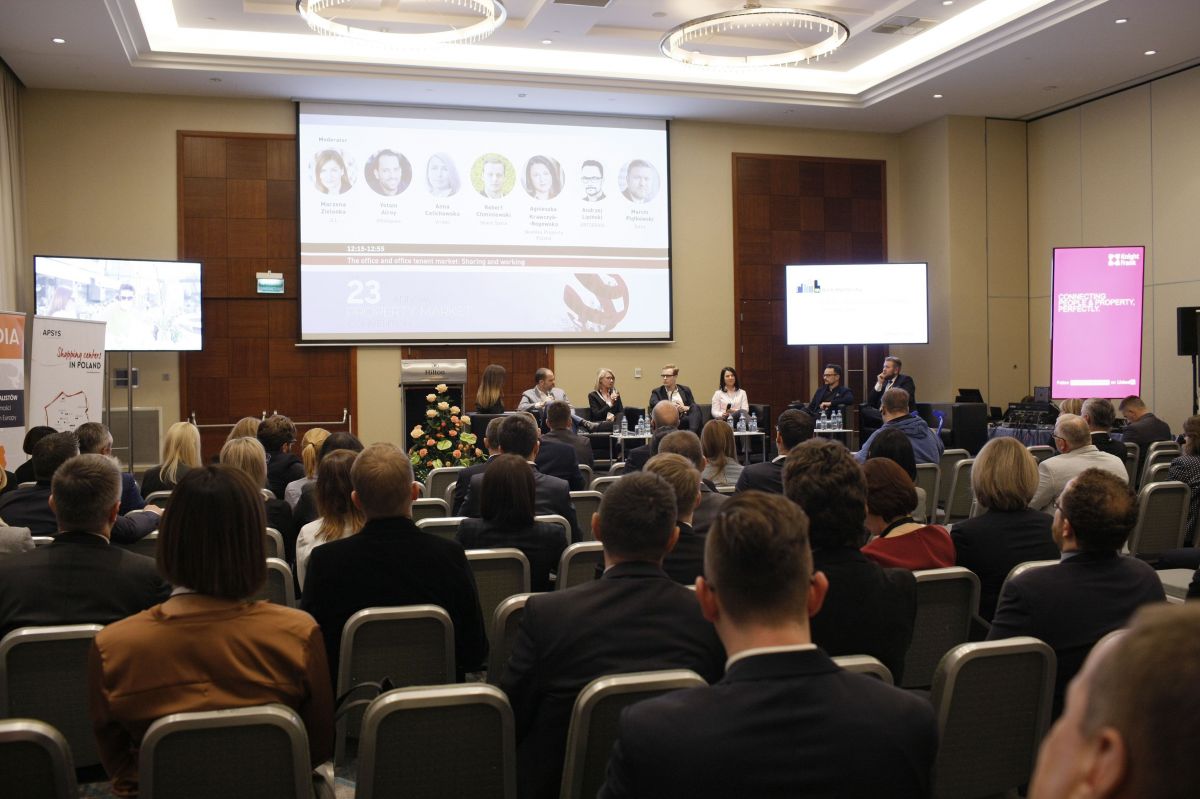
68 / 108
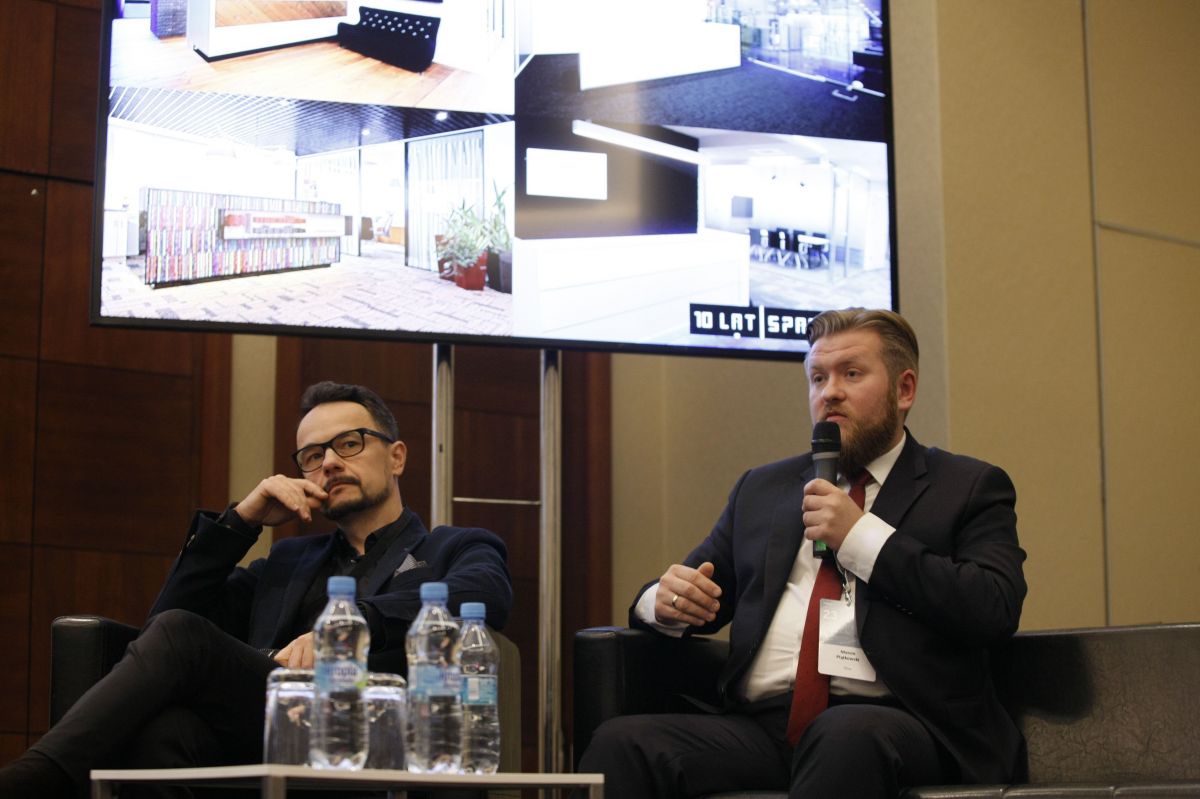
69 / 108
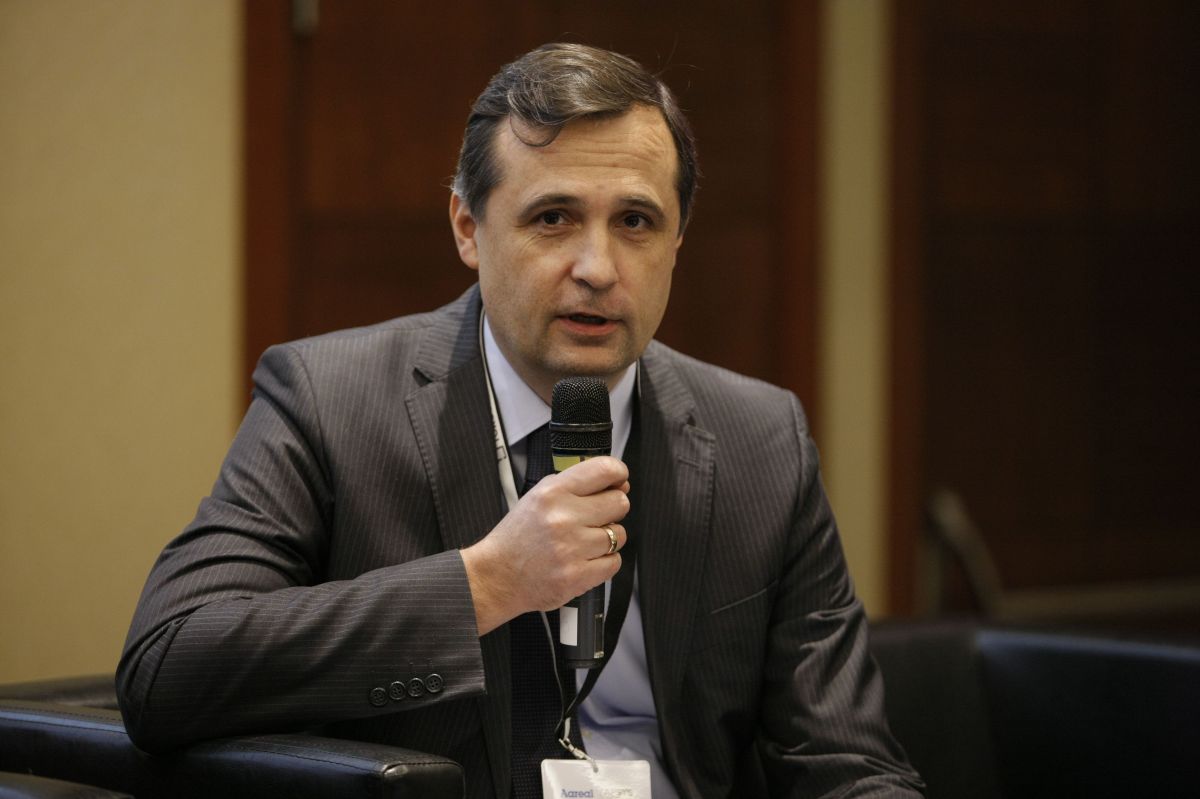
70 / 108

71 / 108
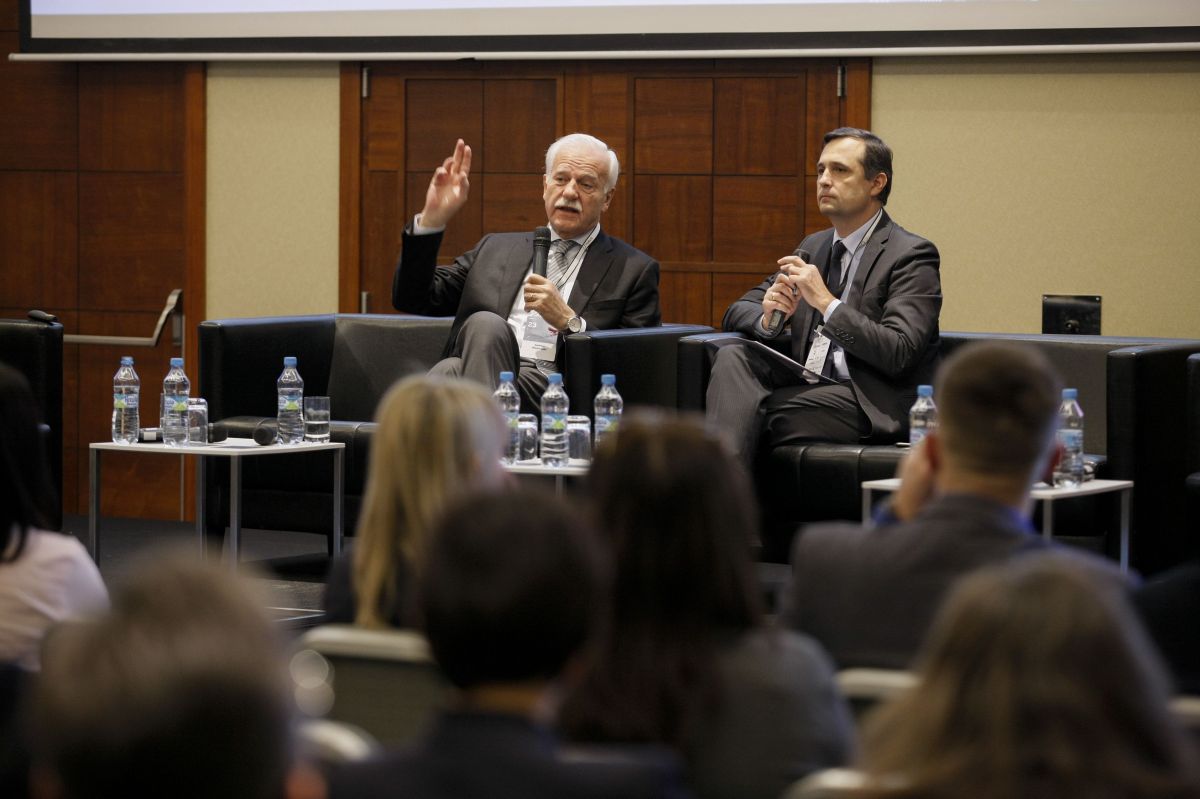
72 / 108
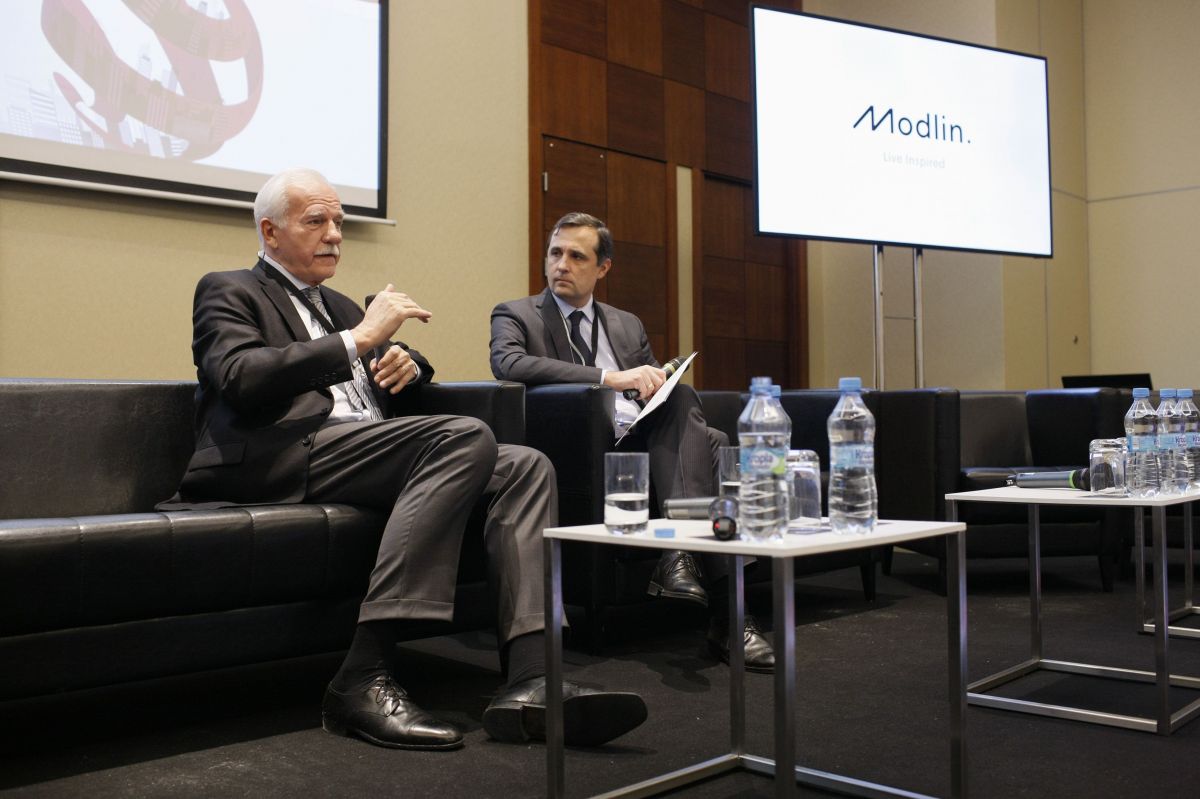
73 / 108
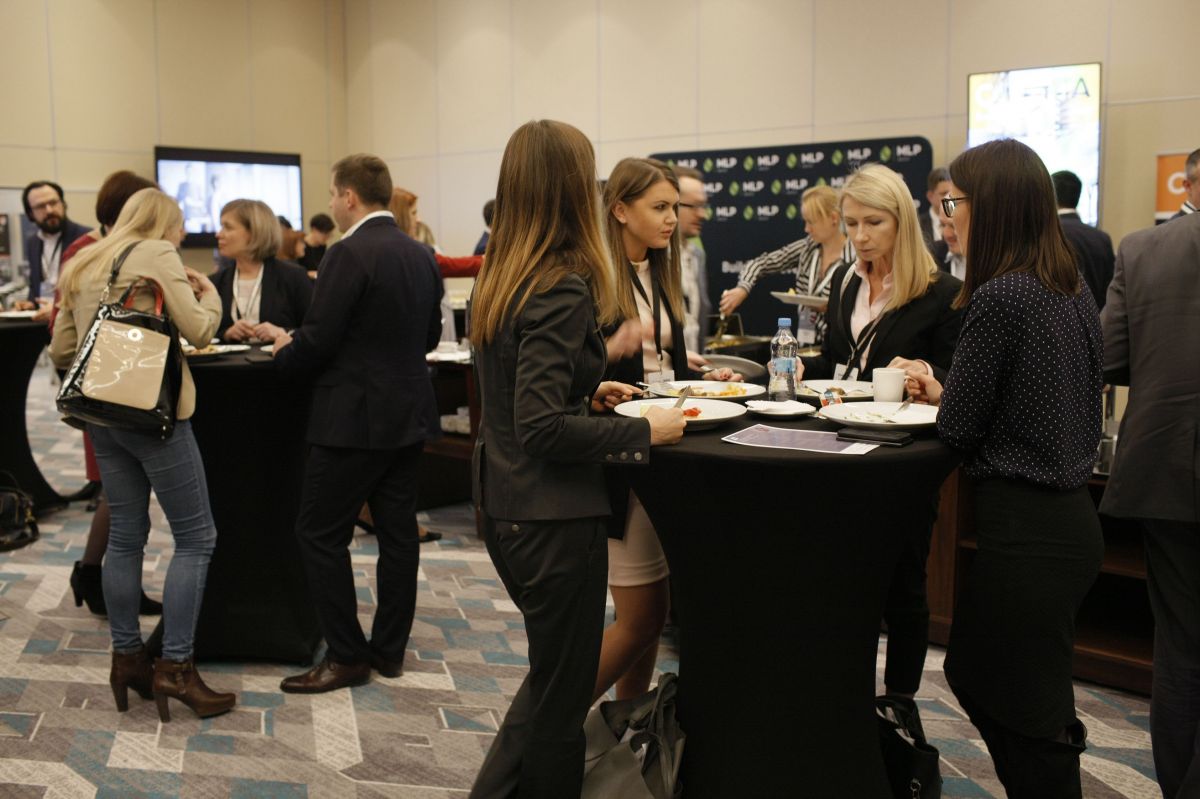
74 / 108
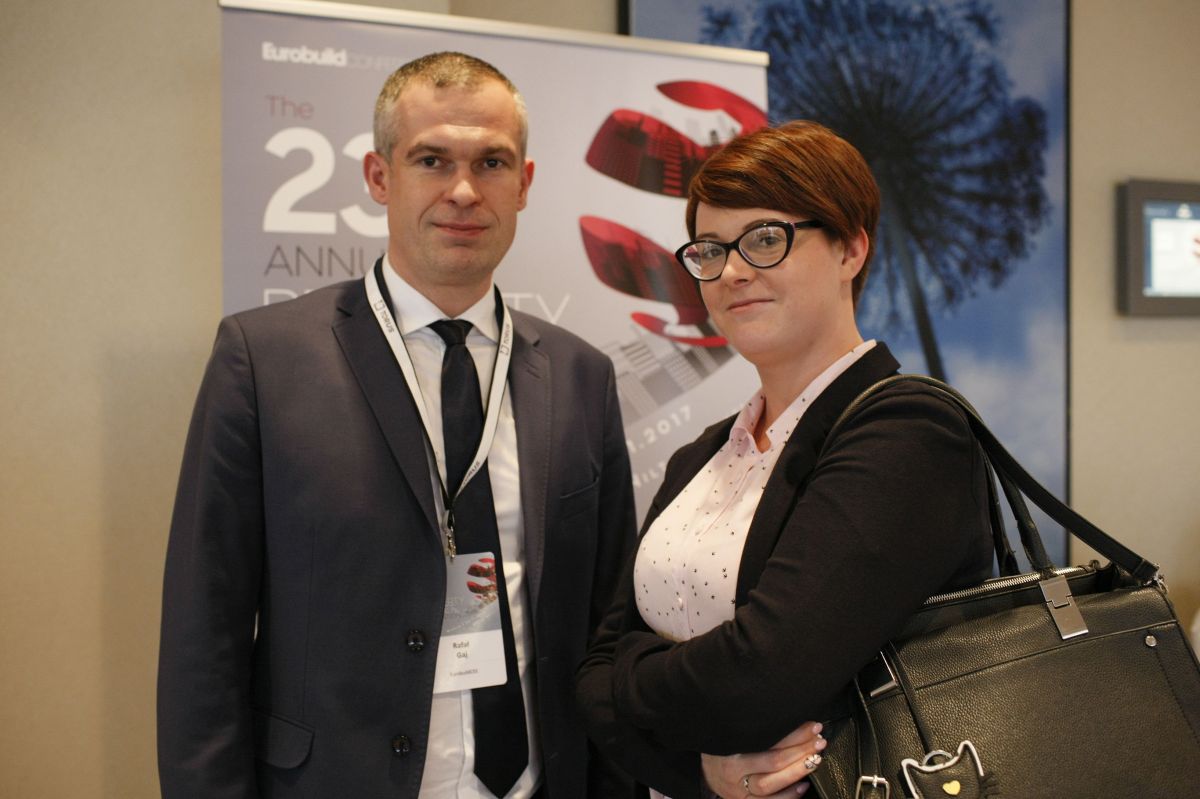
75 / 108
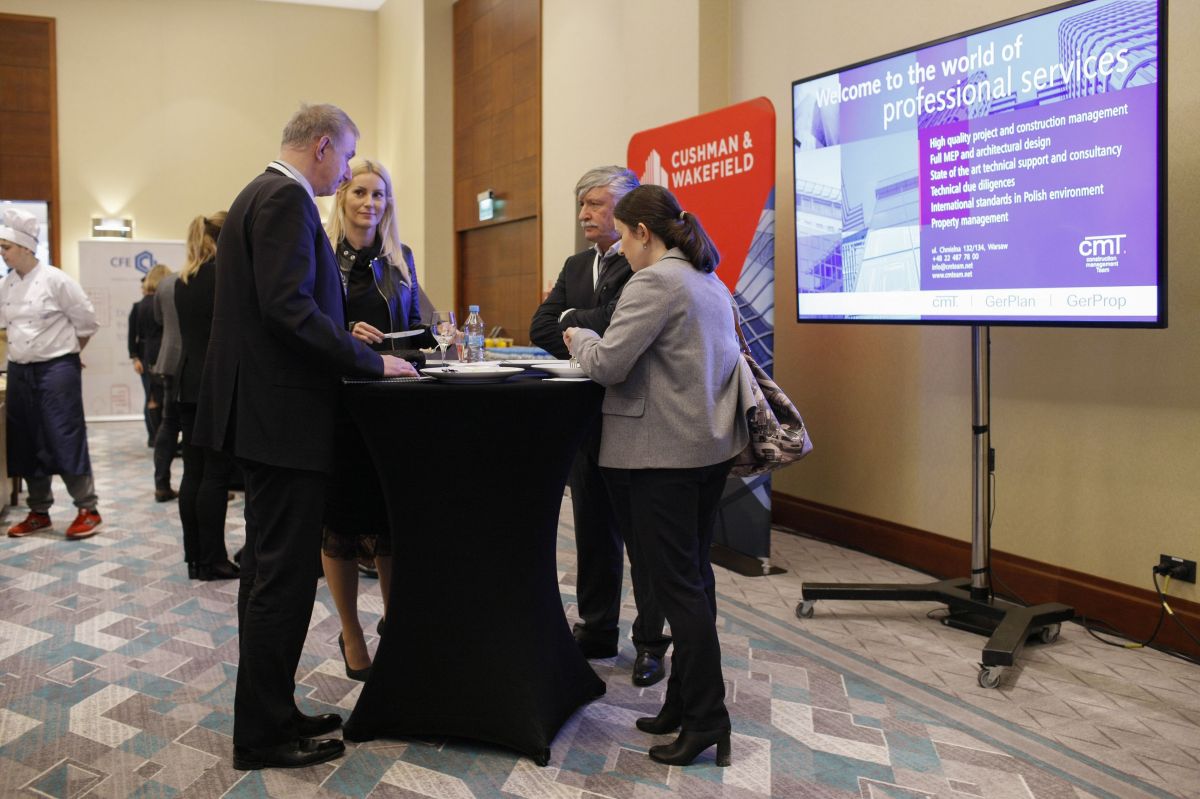
76 / 108
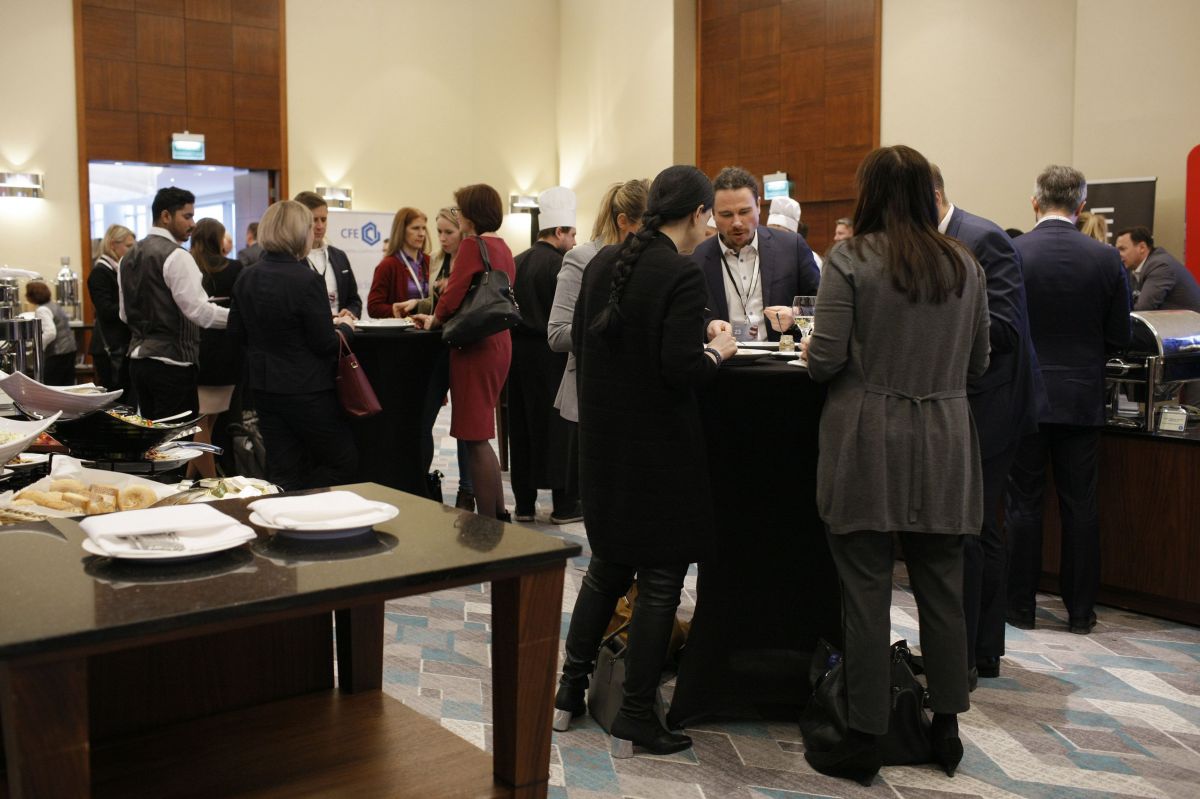
77 / 108

78 / 108
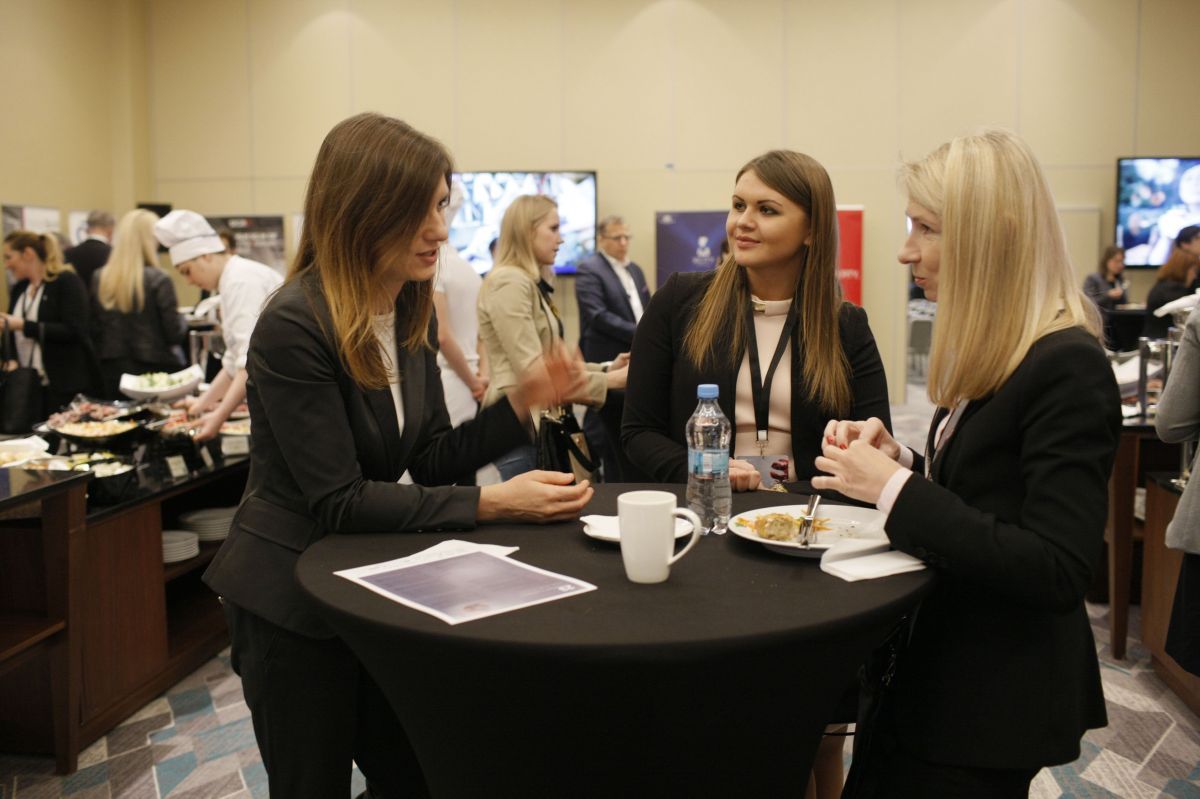
79 / 108
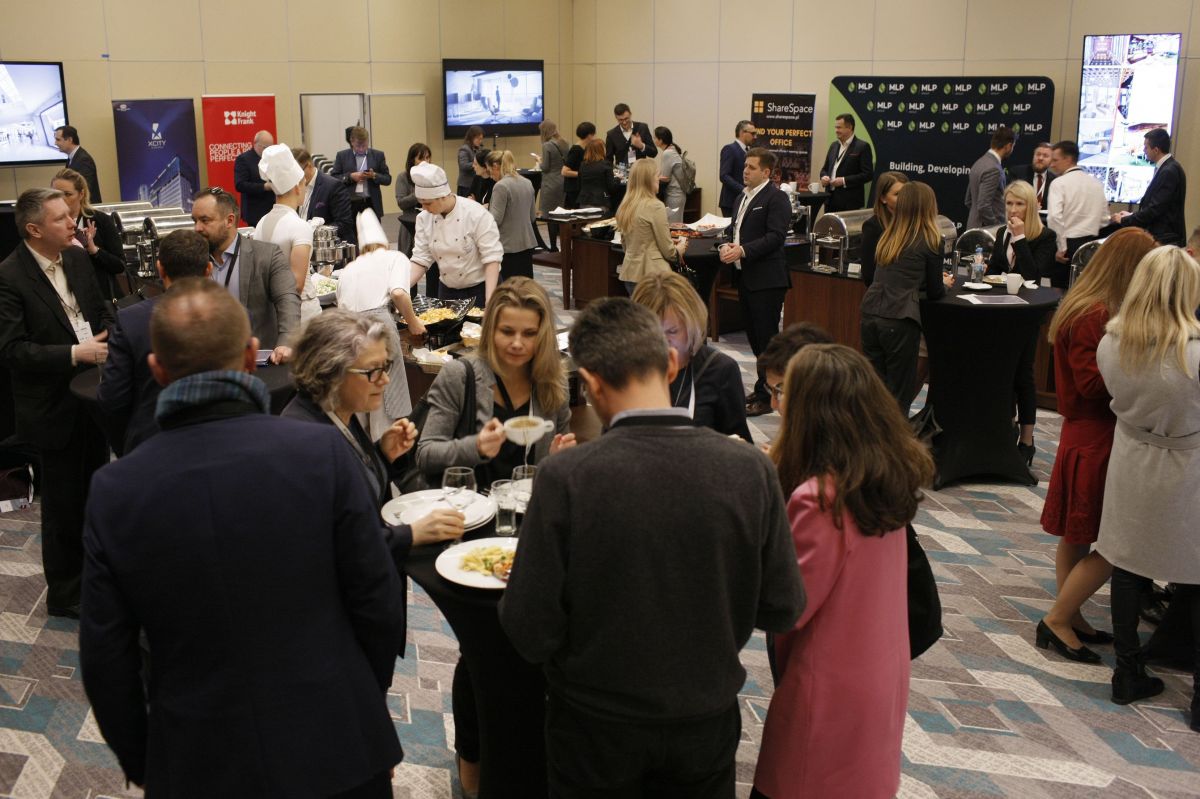
80 / 108

81 / 108
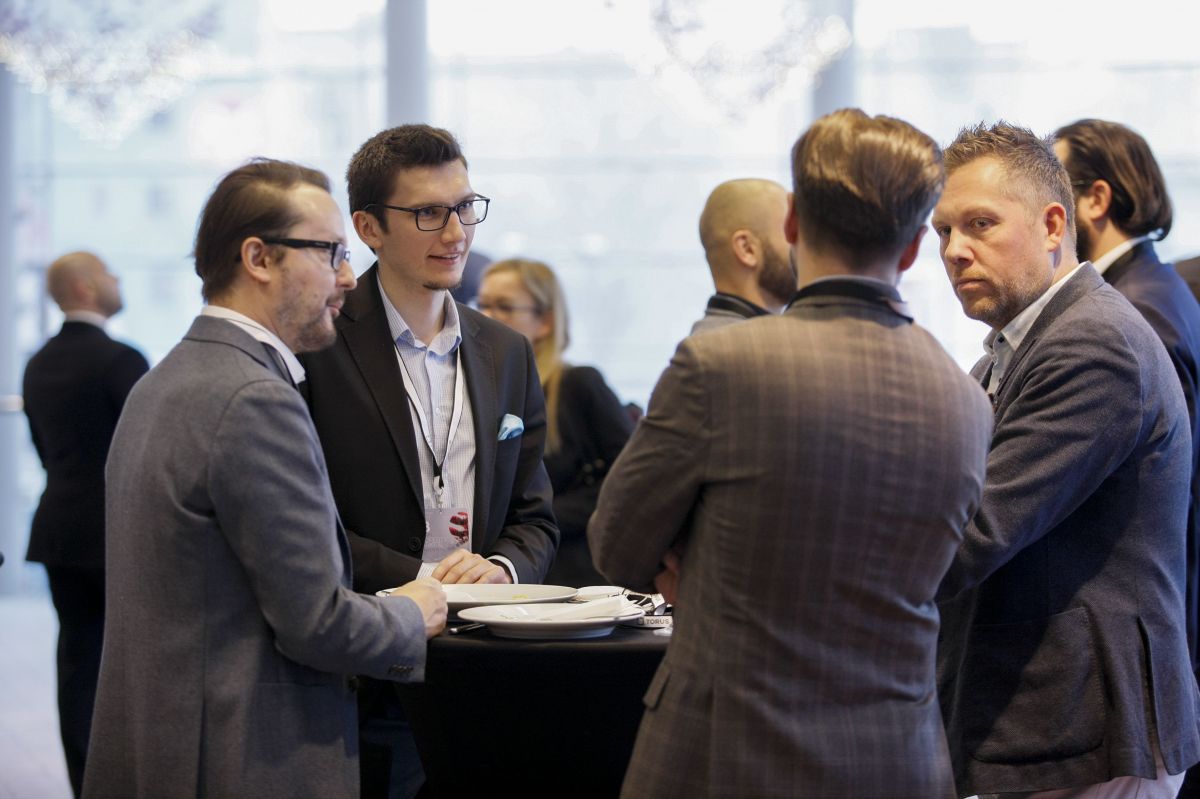
82 / 108
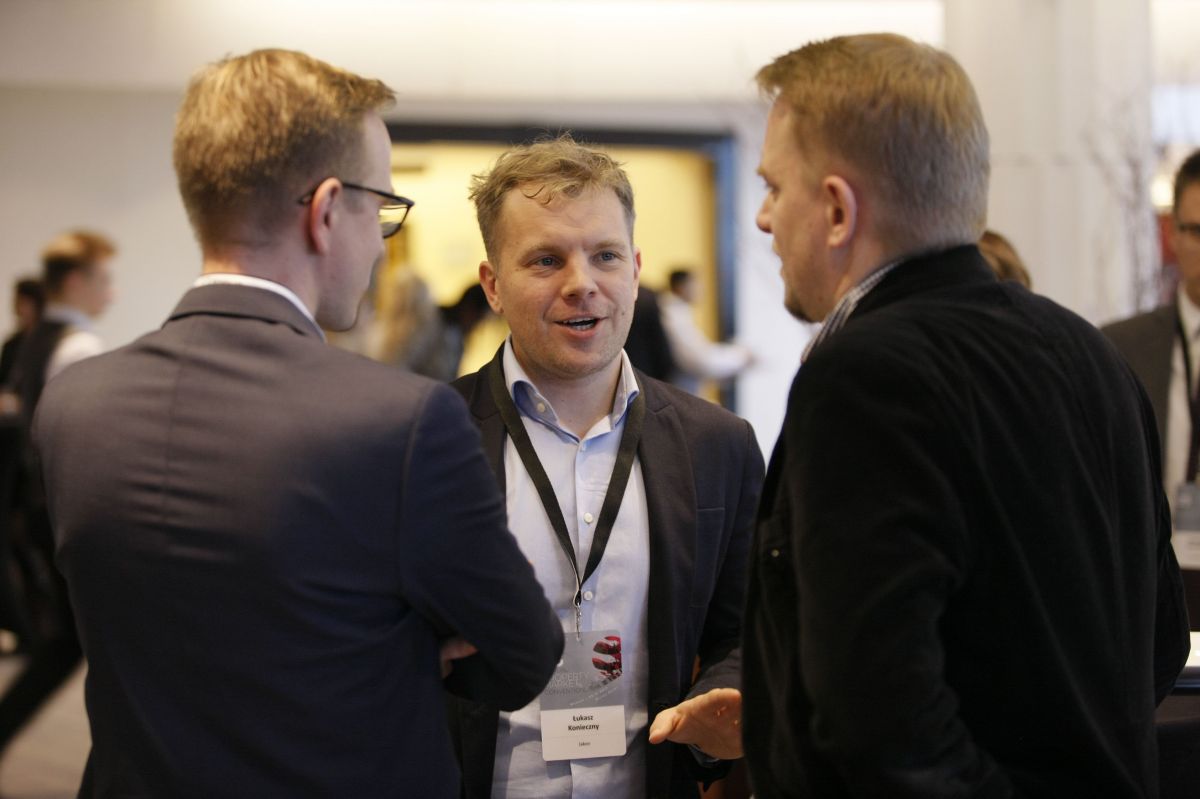
83 / 108
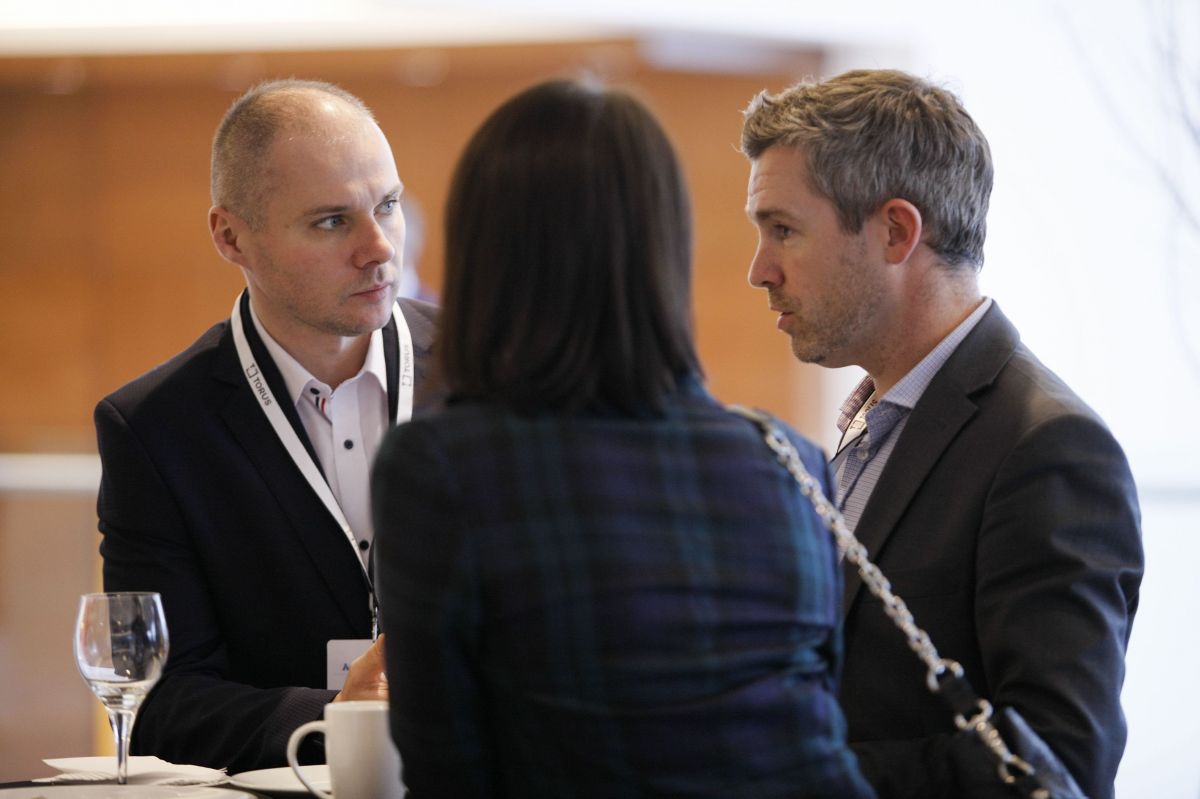
84 / 108
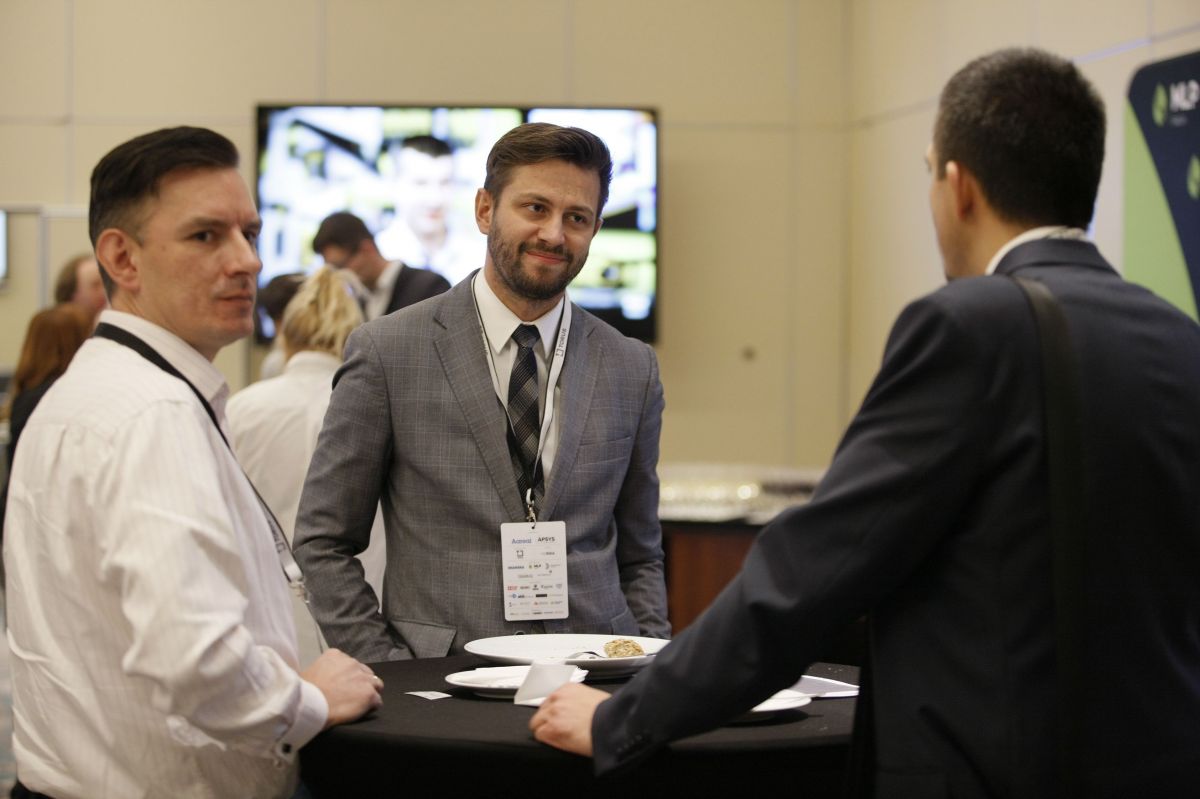
85 / 108
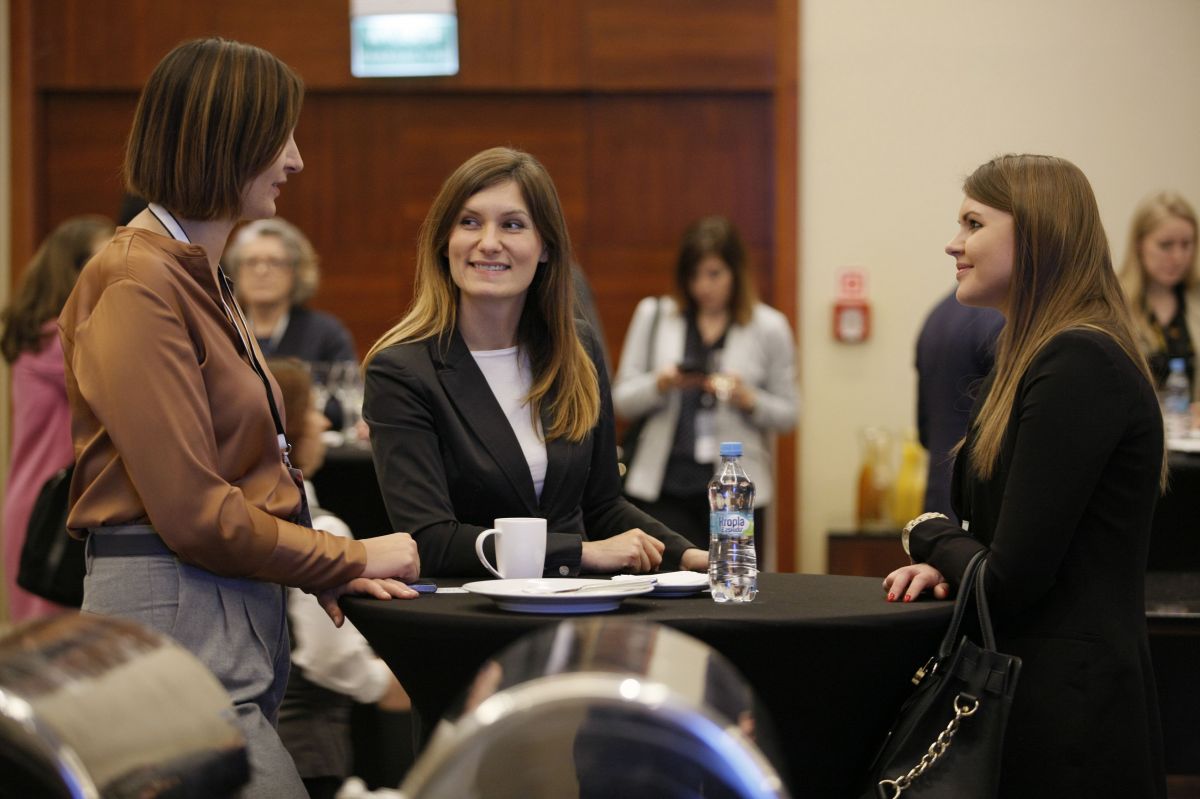
86 / 108
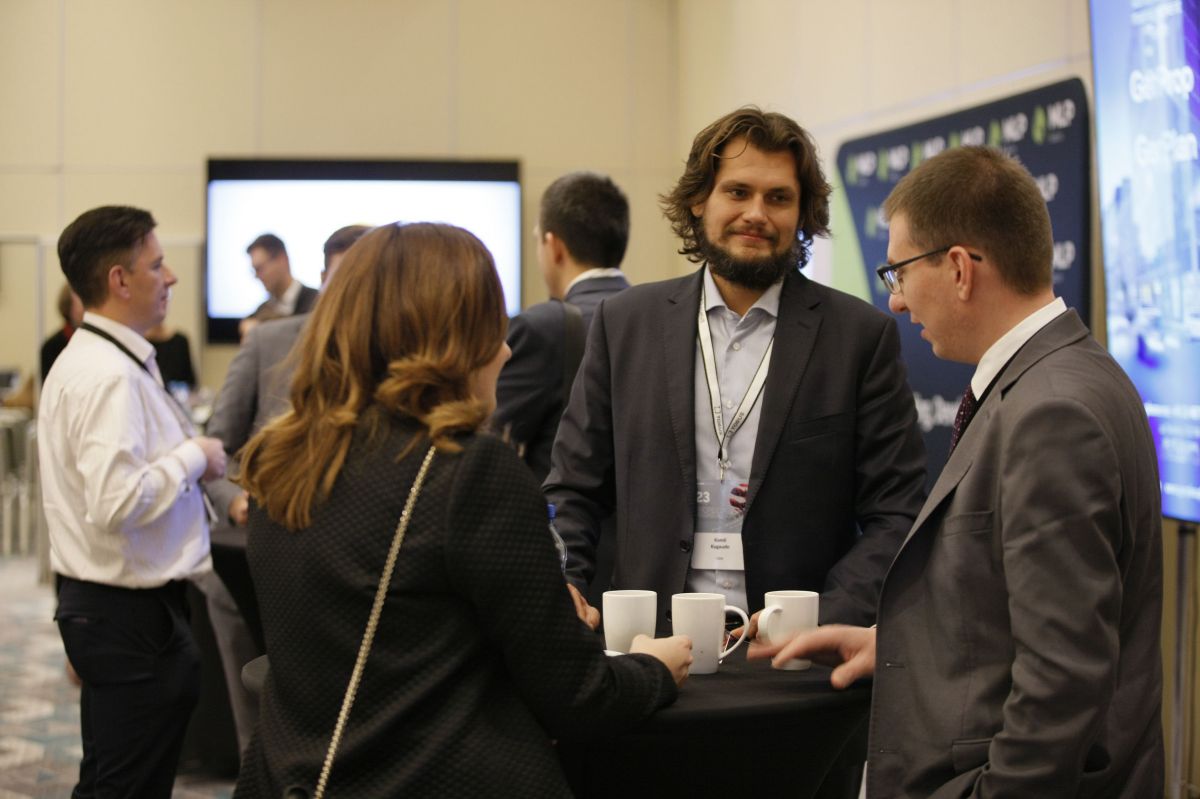
87 / 108
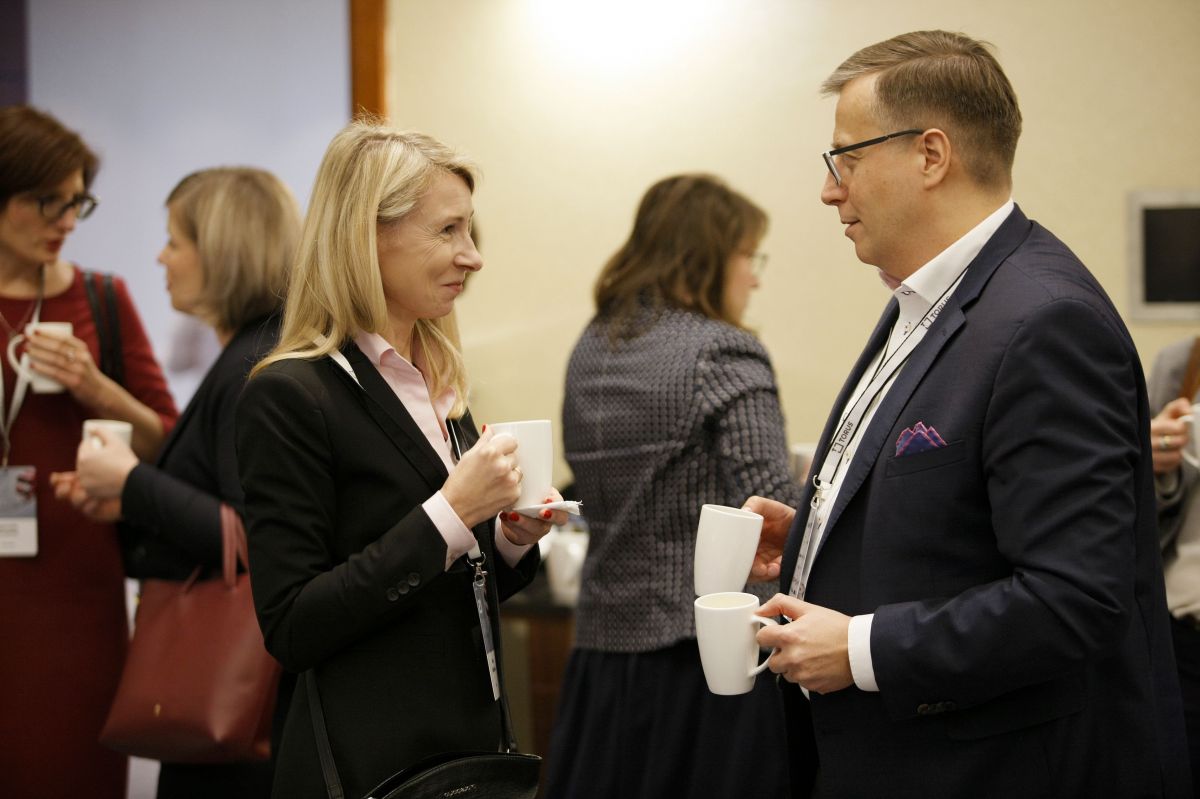
88 / 108
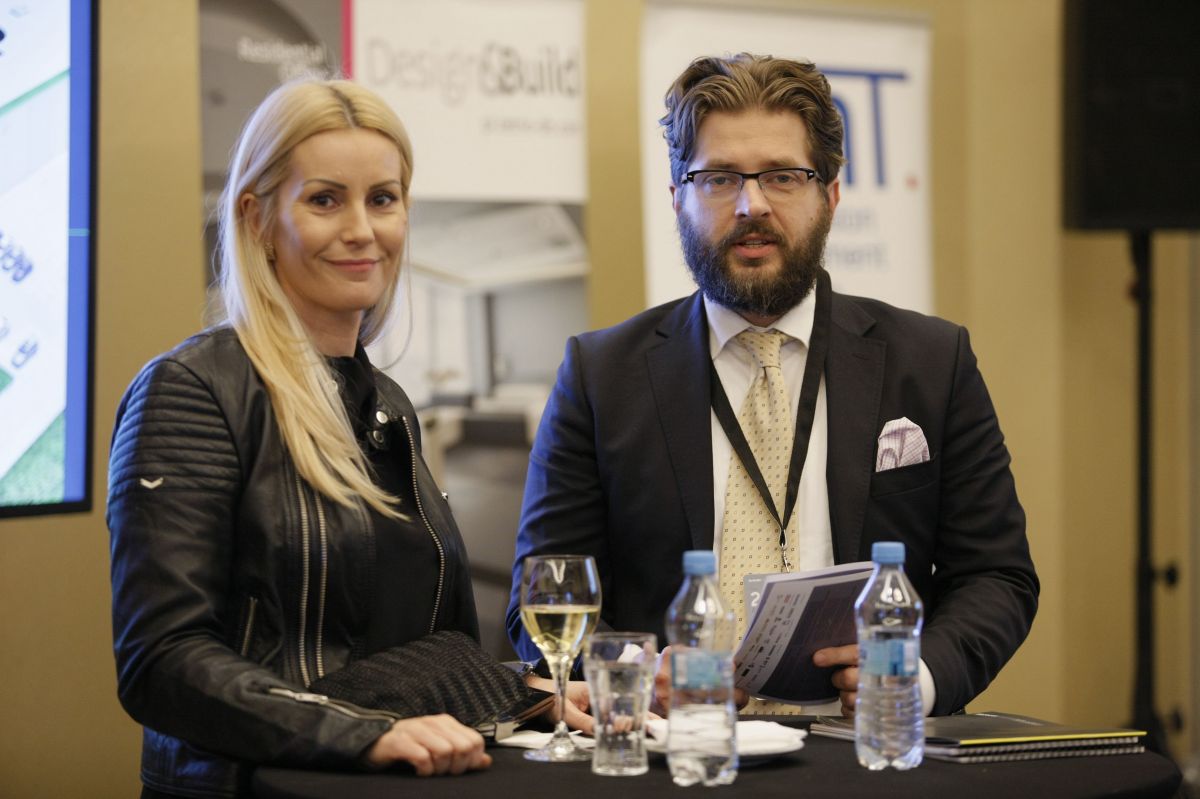
89 / 108

90 / 108

91 / 108
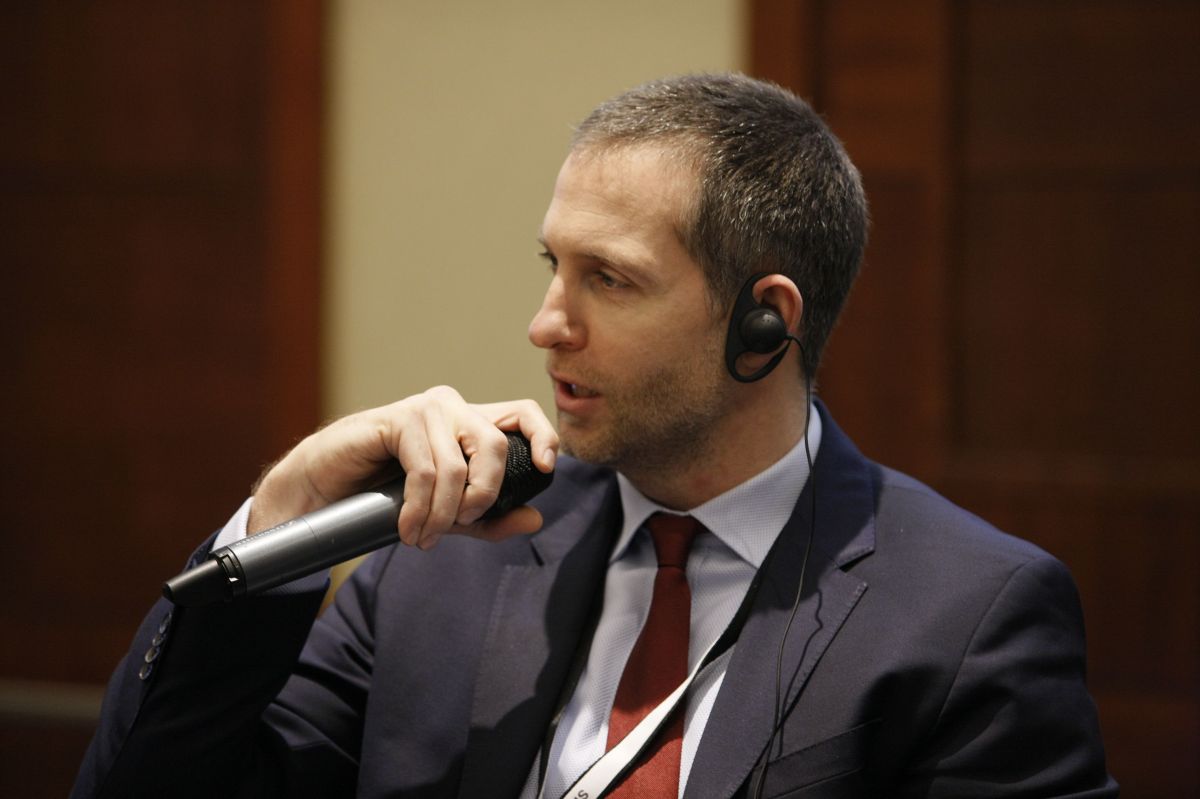
92 / 108
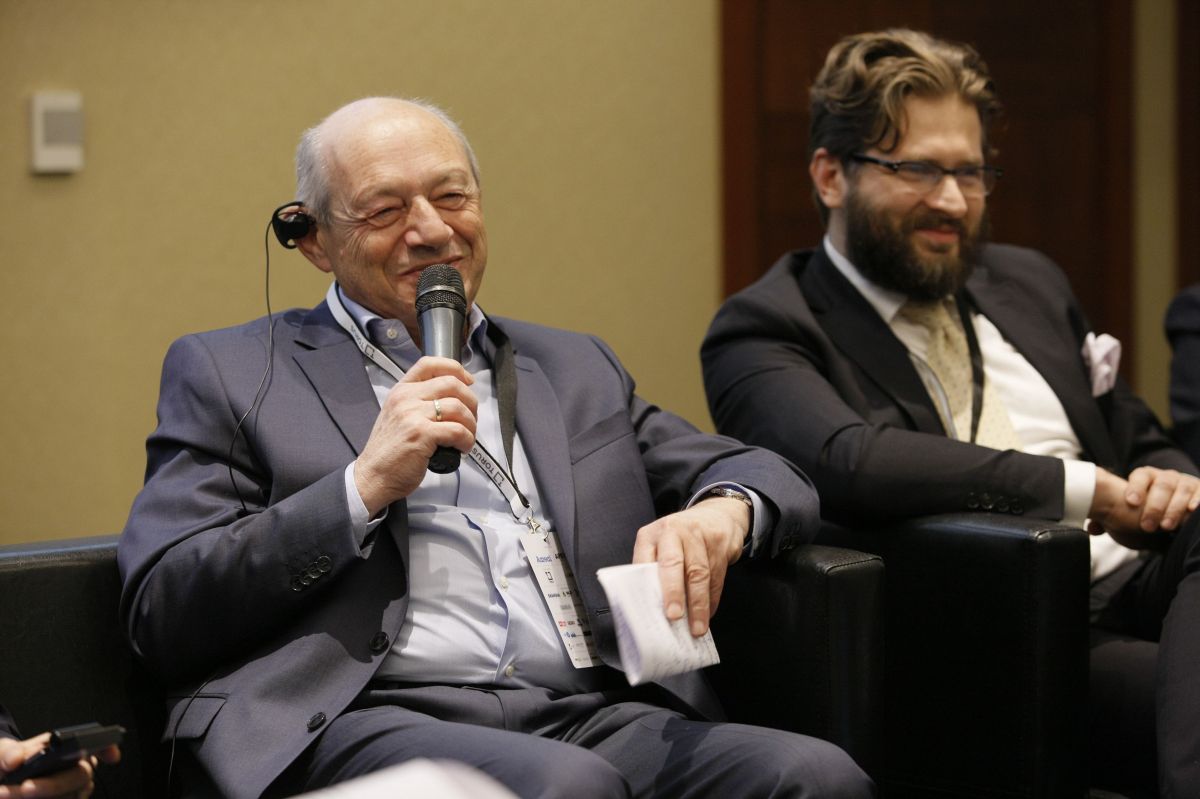
93 / 108
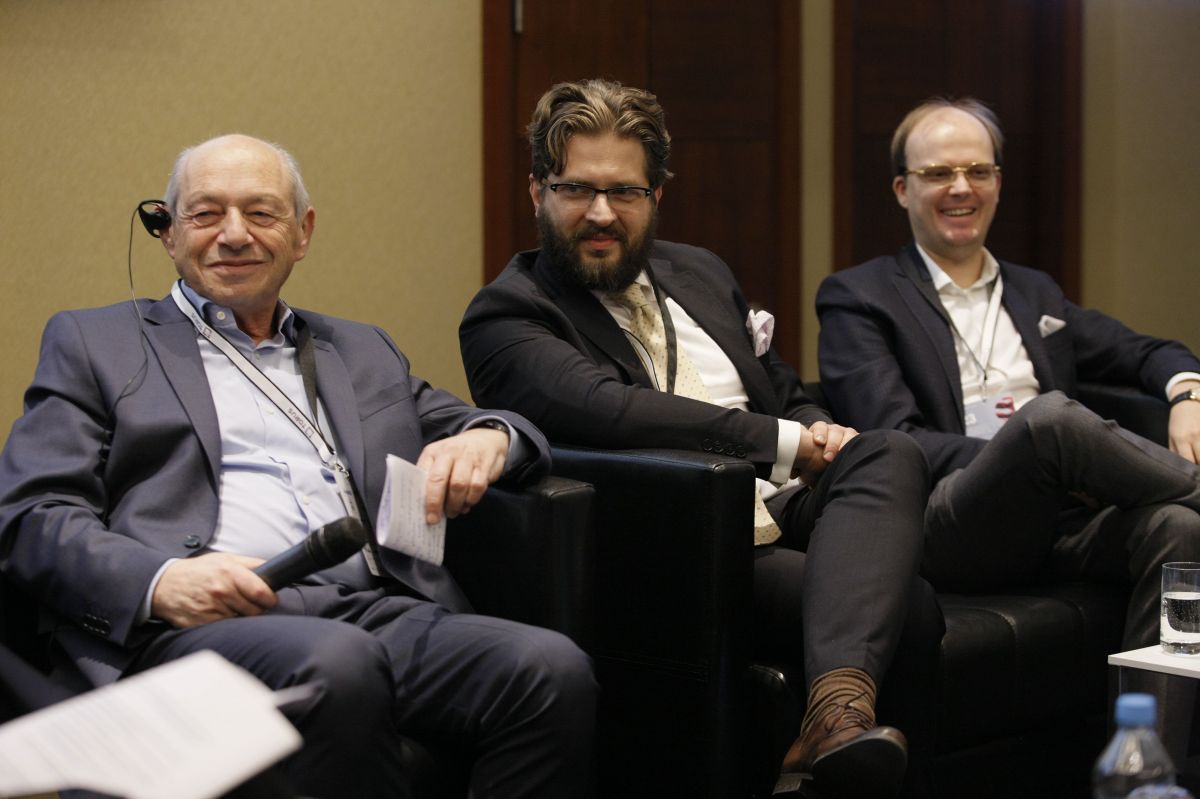
94 / 108
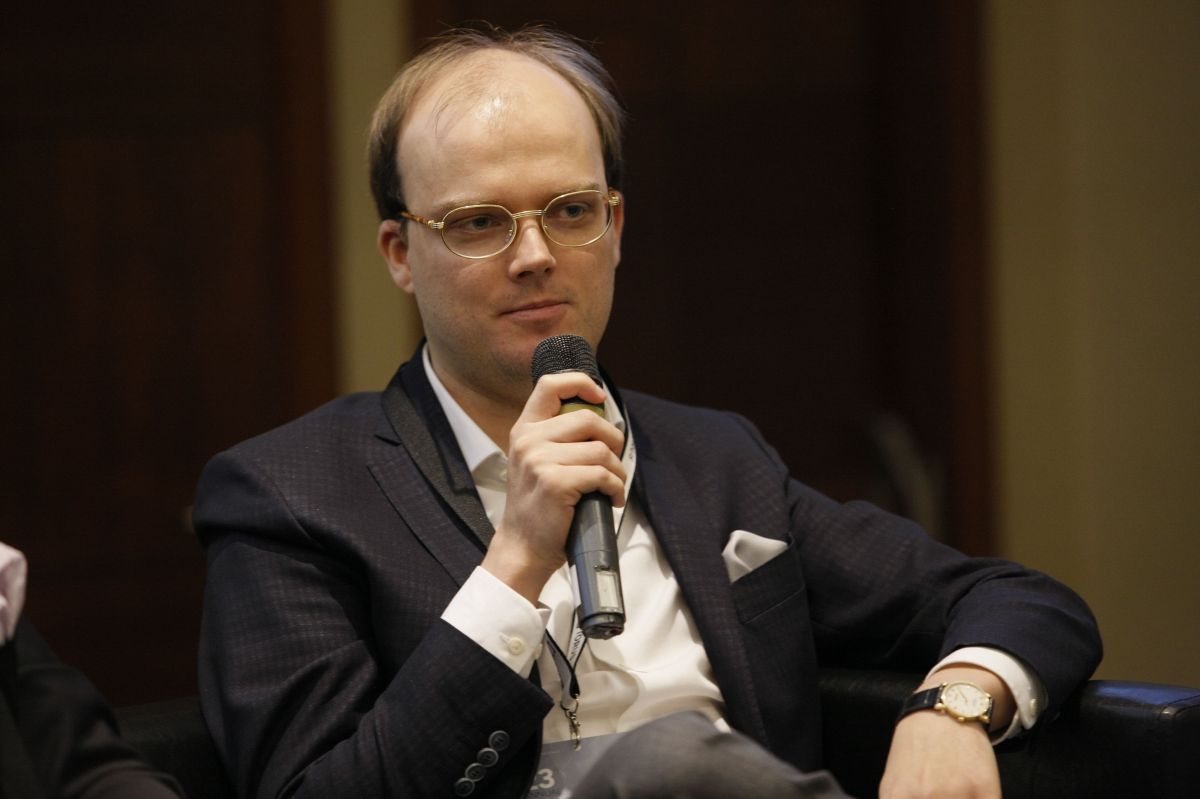
95 / 108
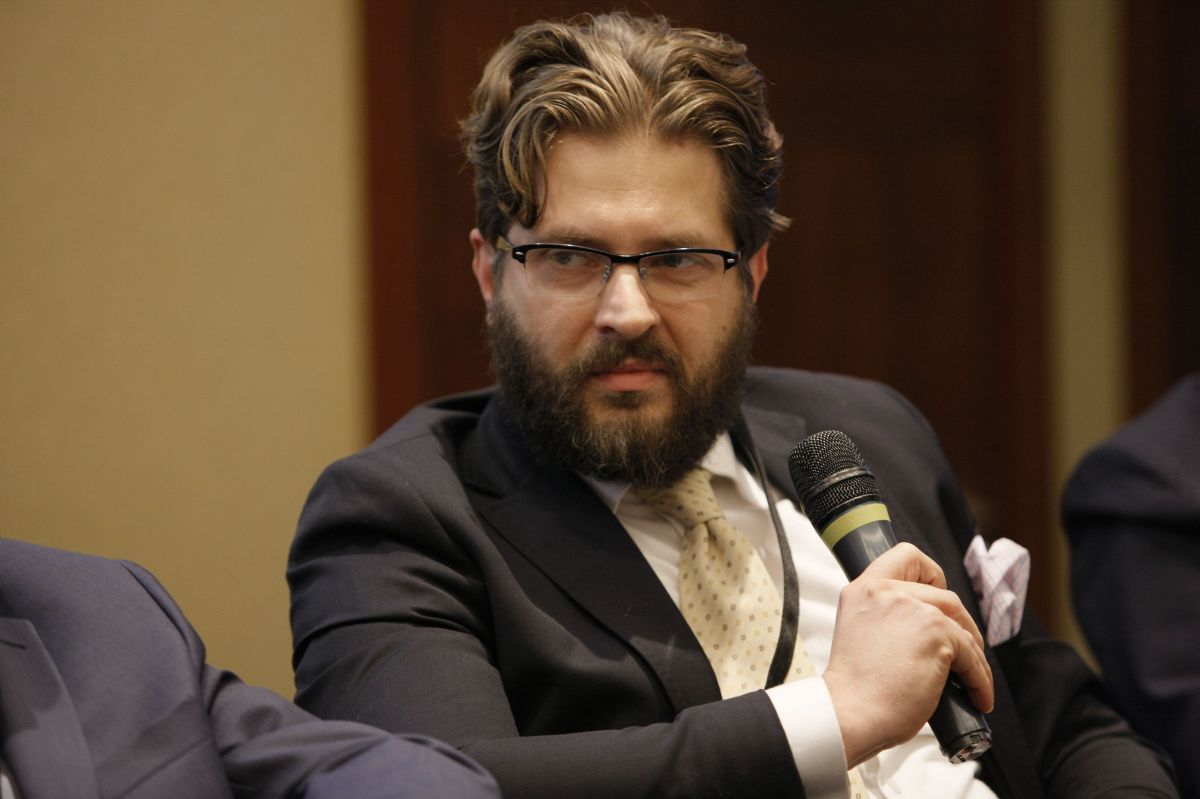
96 / 108
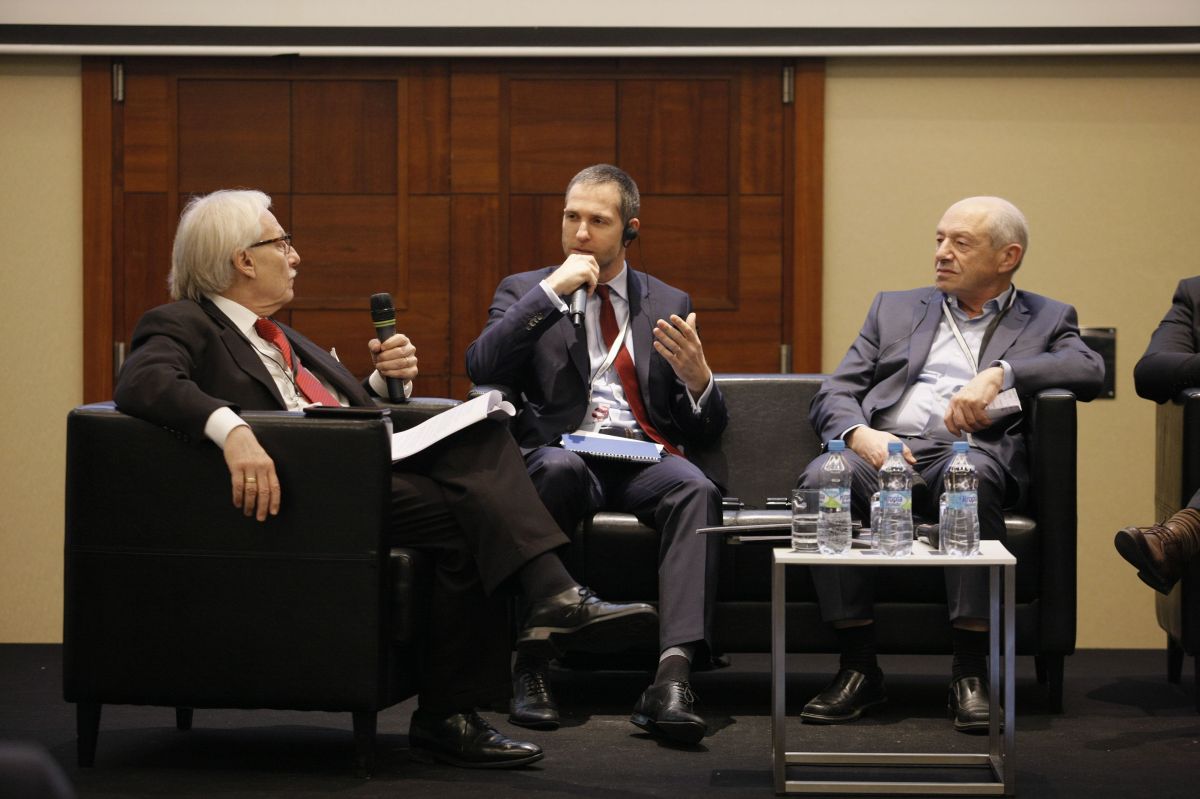
97 / 108
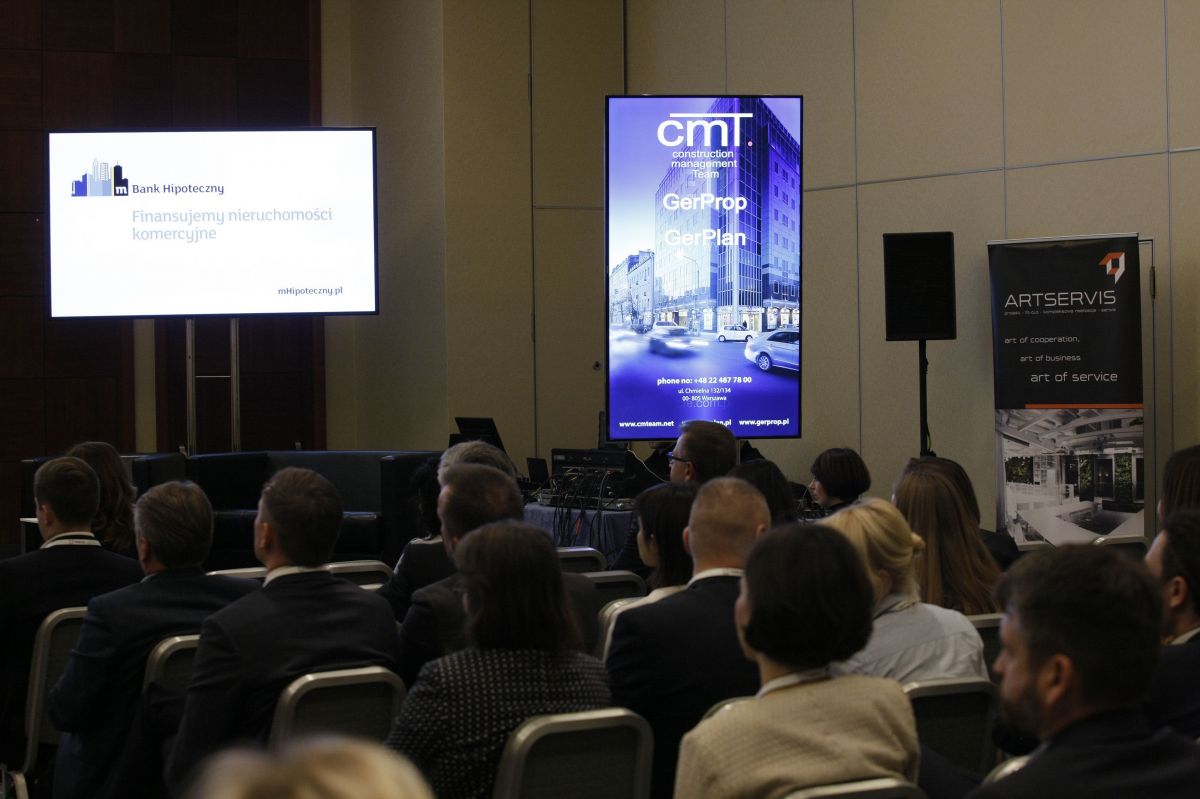
98 / 108
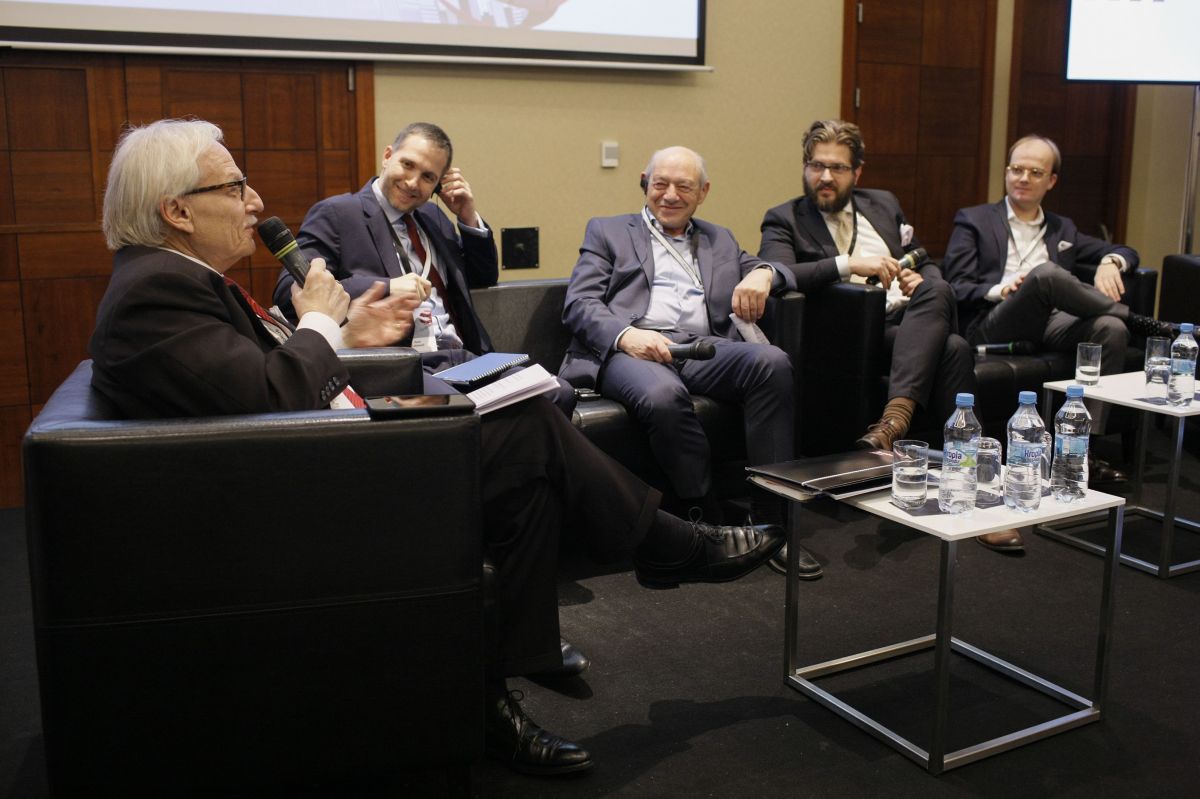
99 / 108
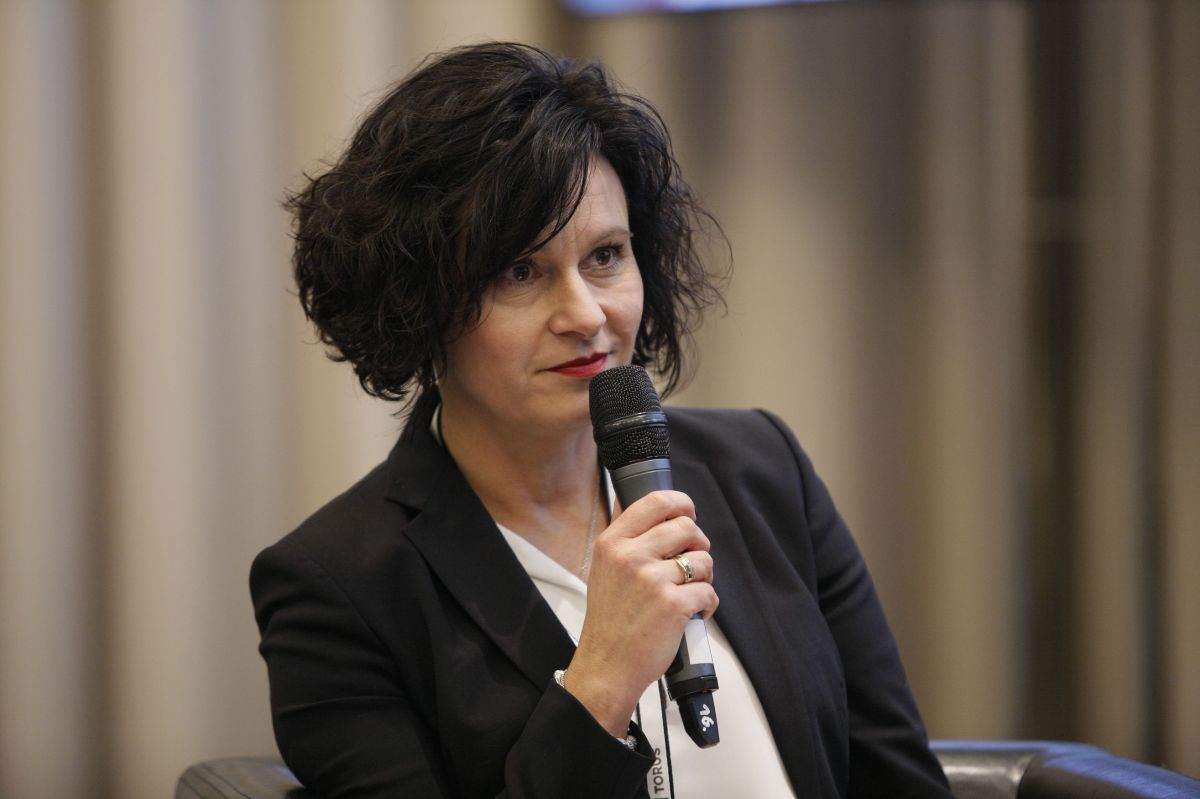
100 / 108
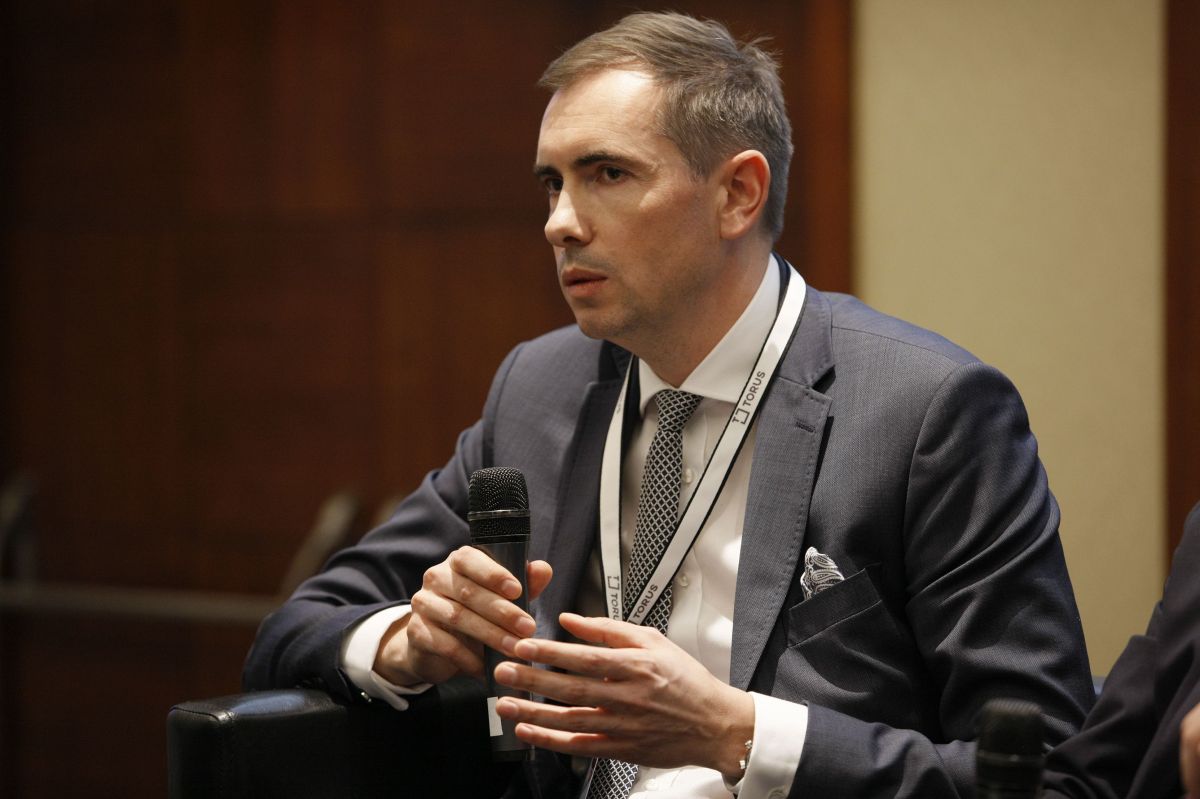
101 / 108
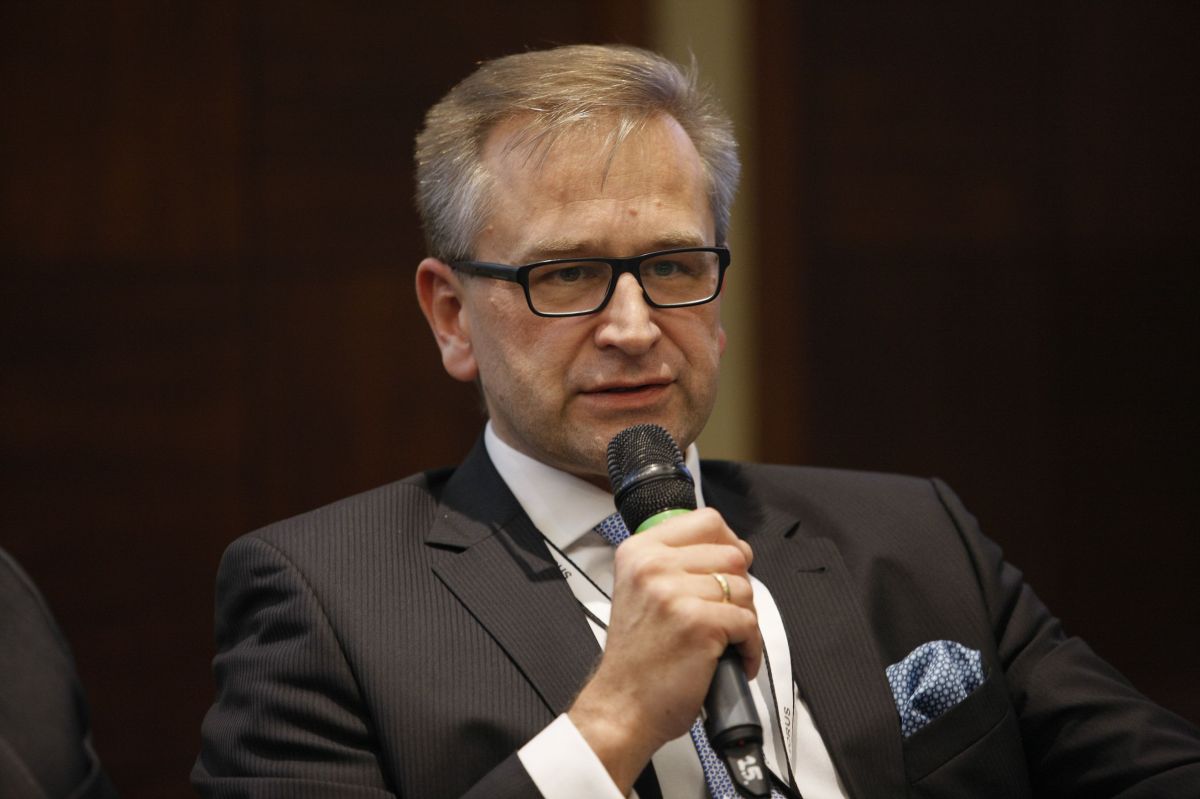
102 / 108
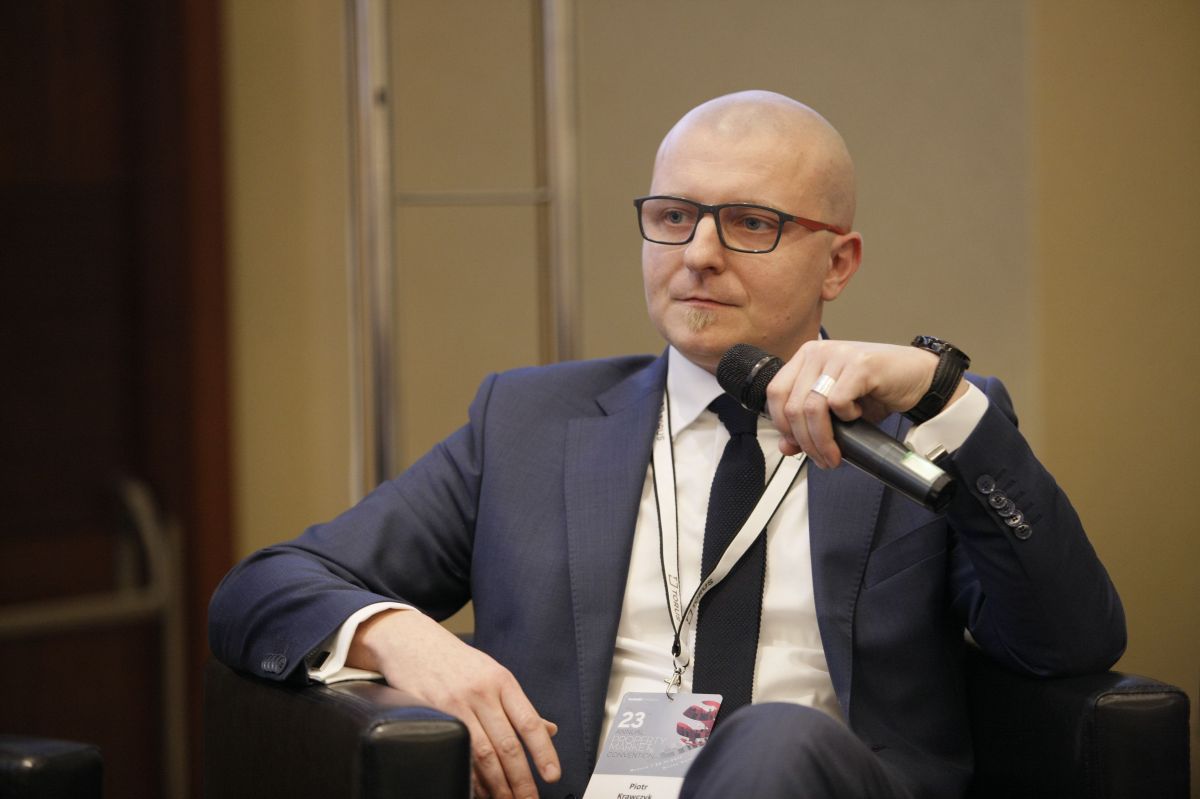
103 / 108
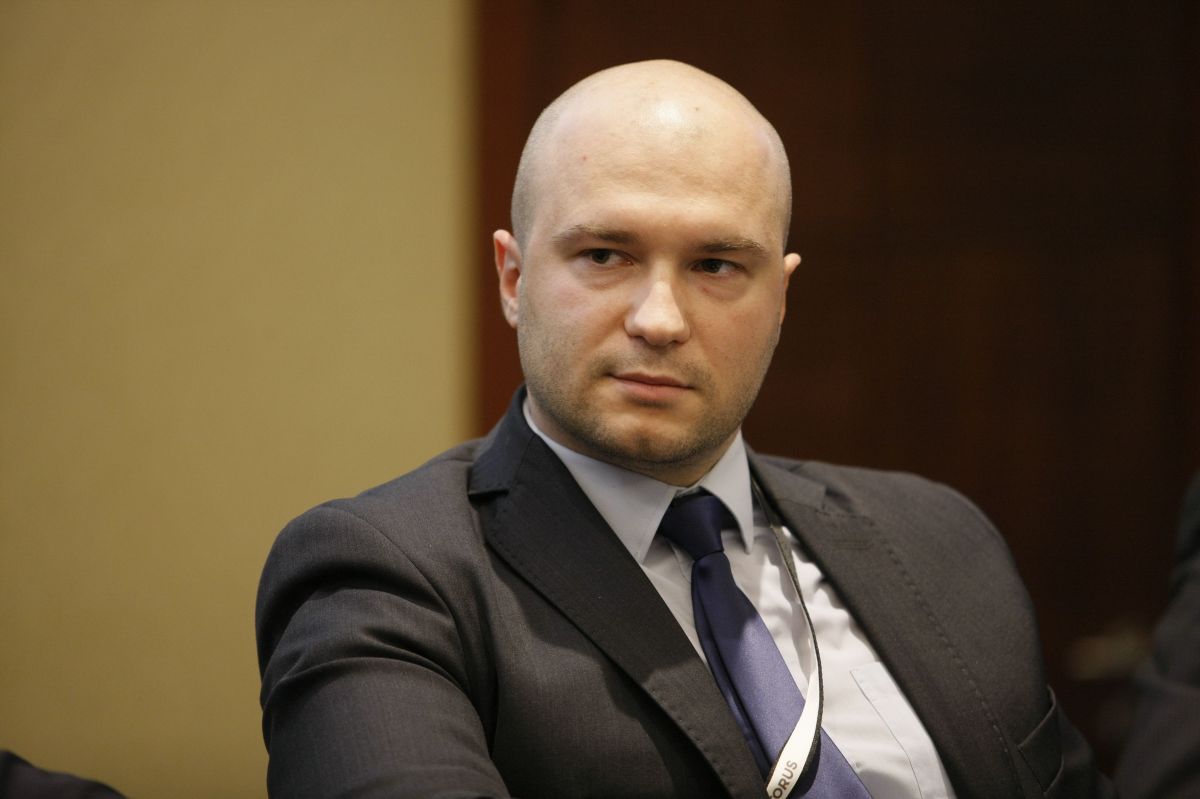
104 / 108
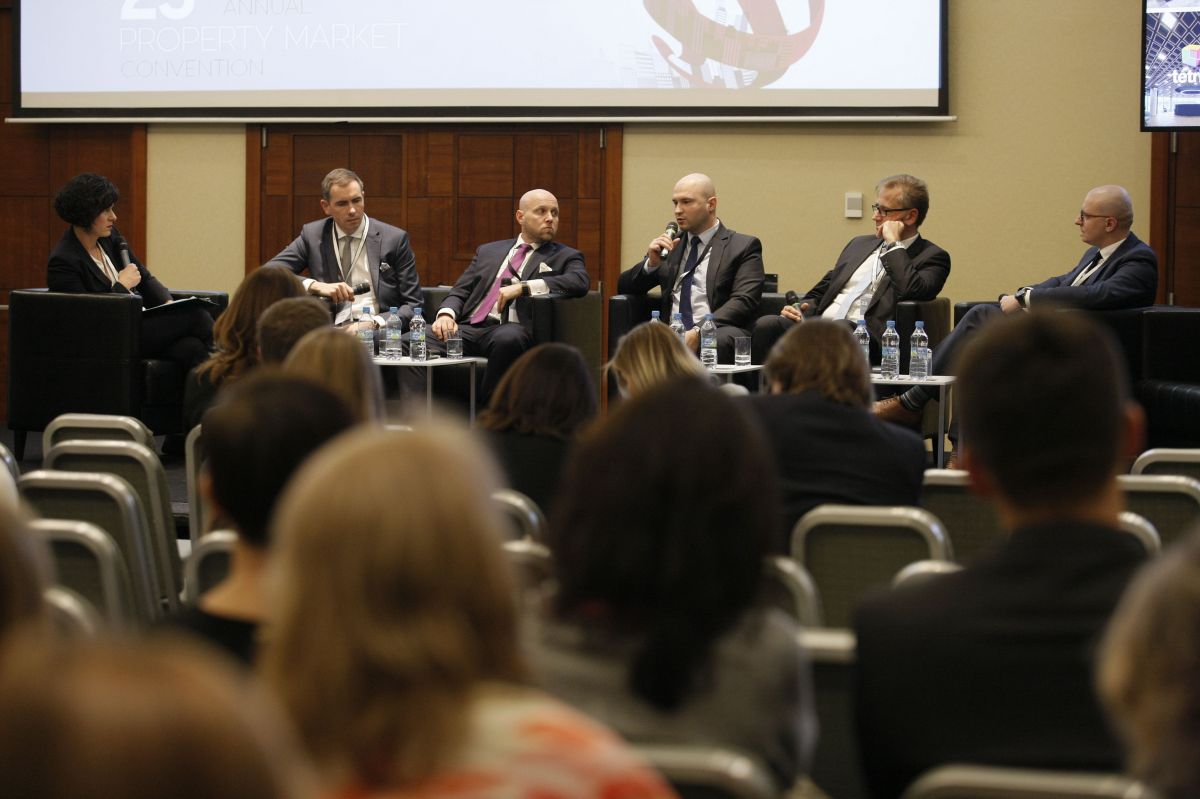
105 / 108
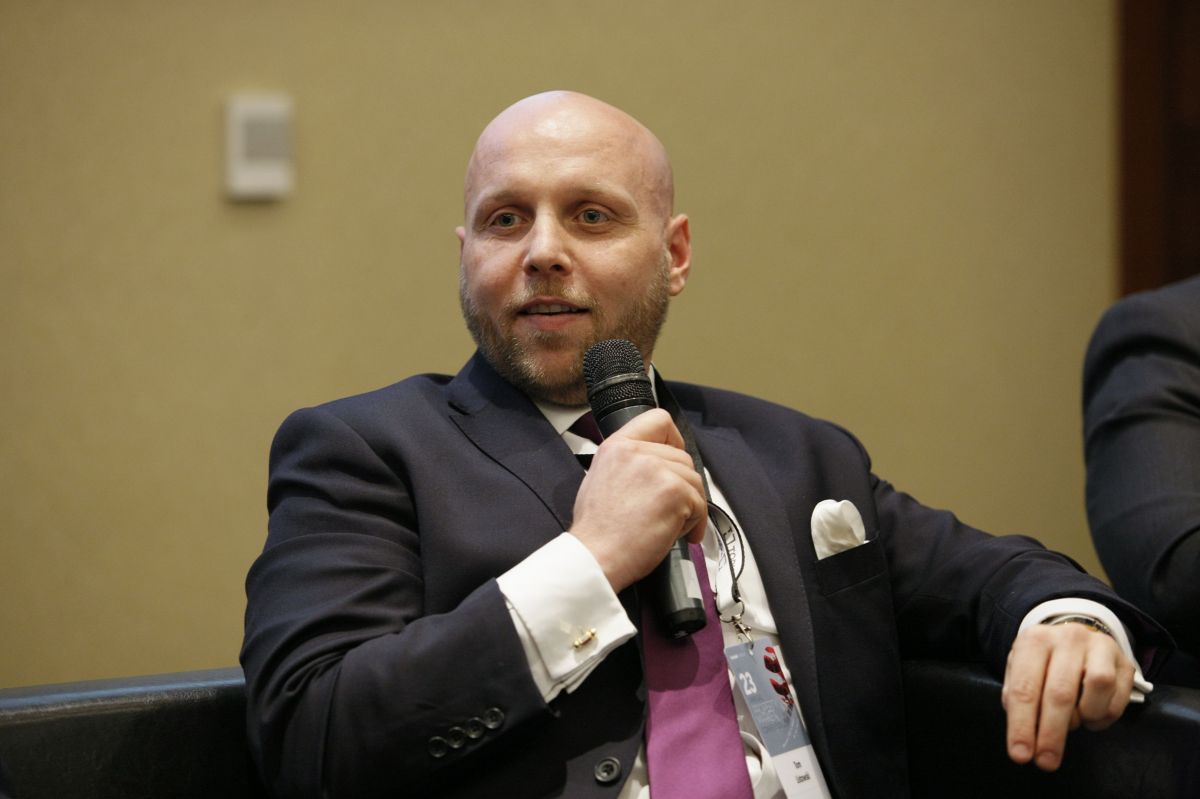
106 / 108
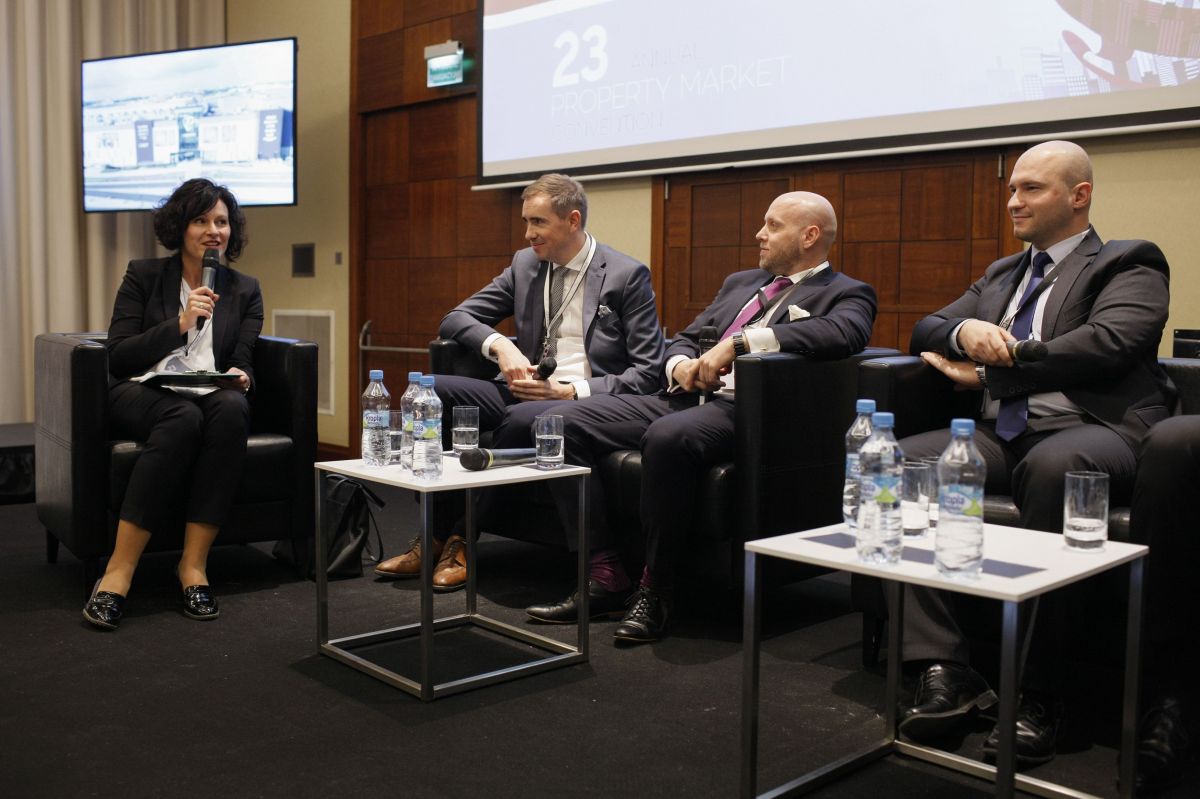
107 / 108
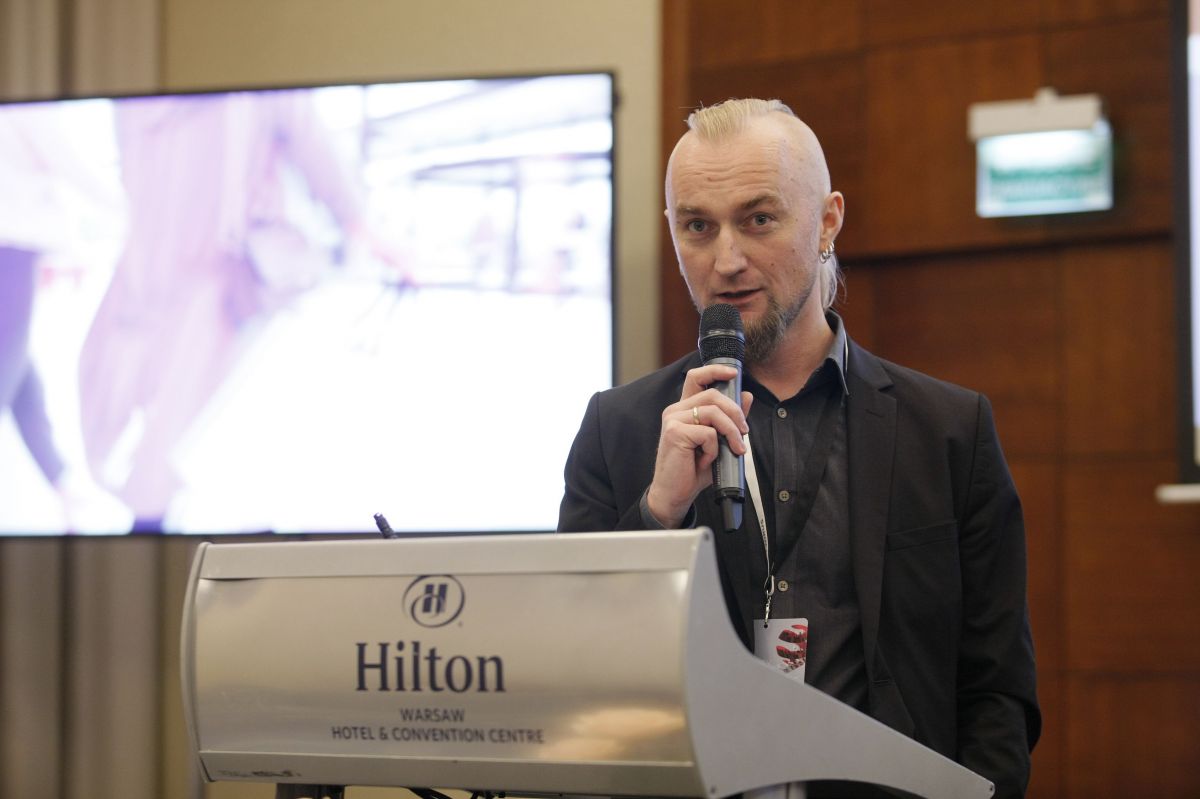
108 / 108
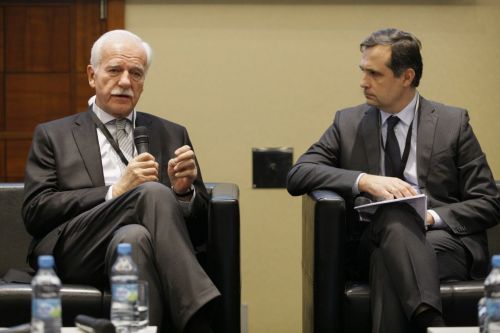
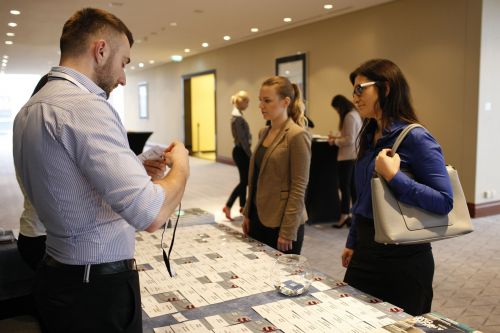
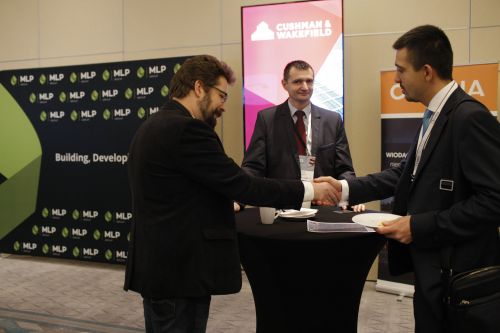


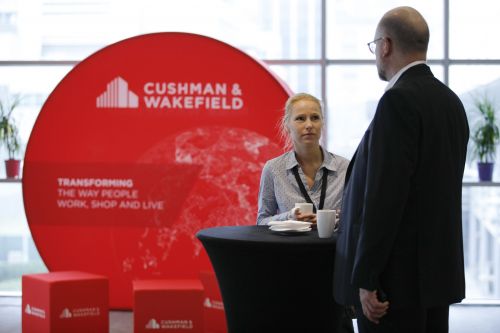

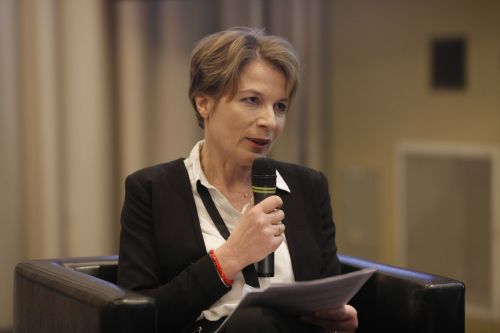
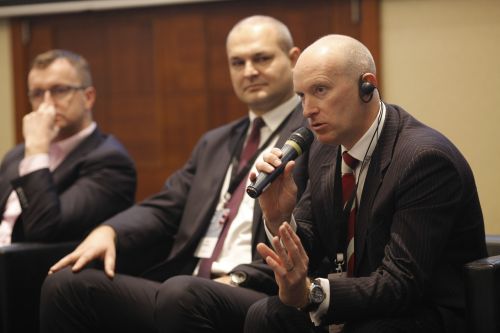
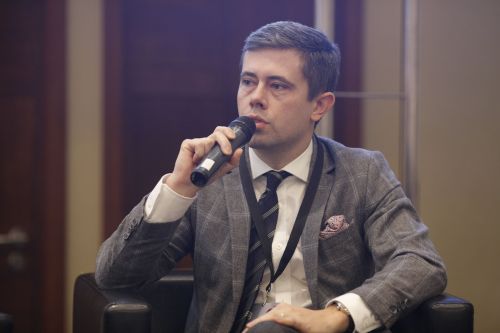
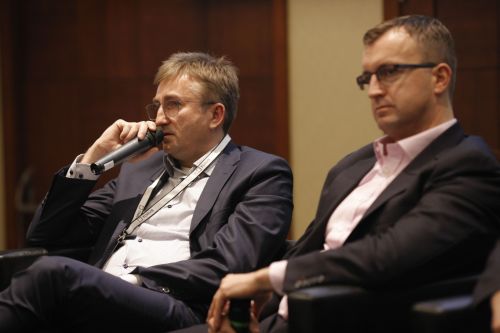
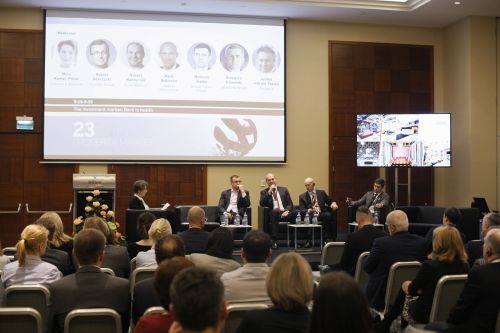
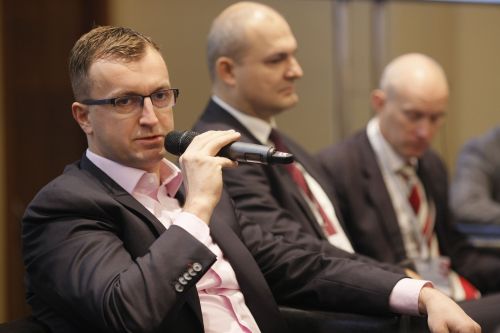
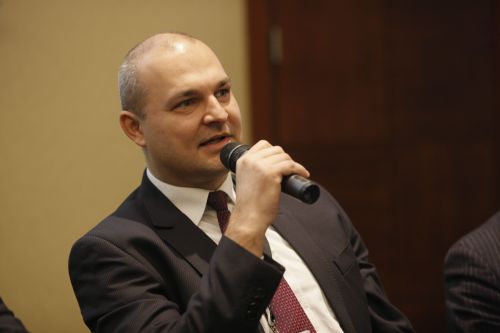
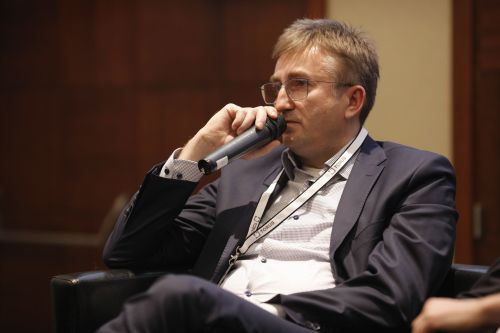
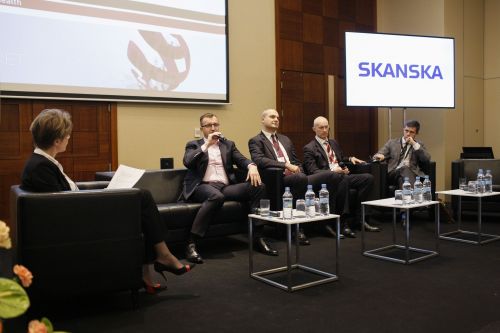
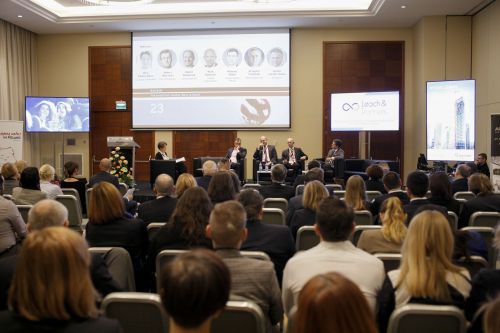
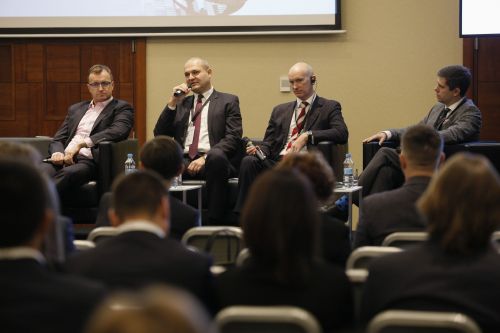
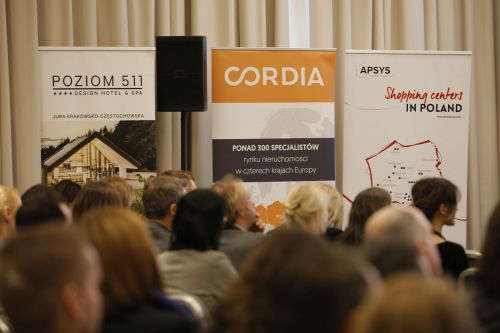
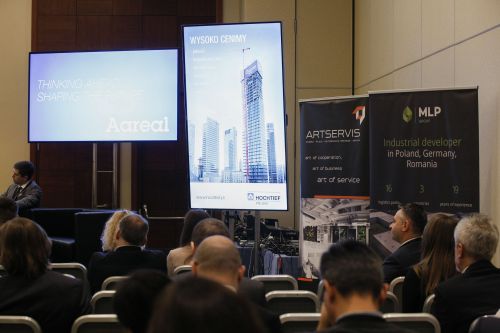
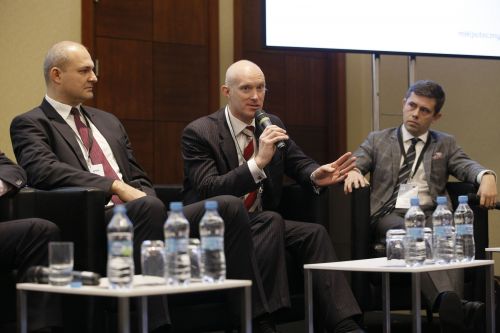
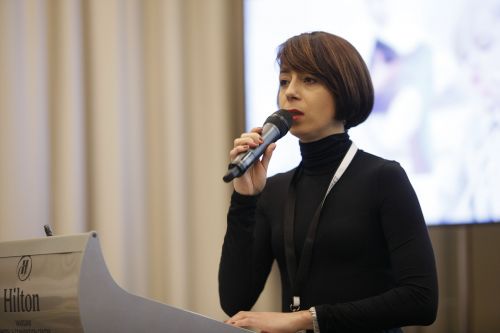
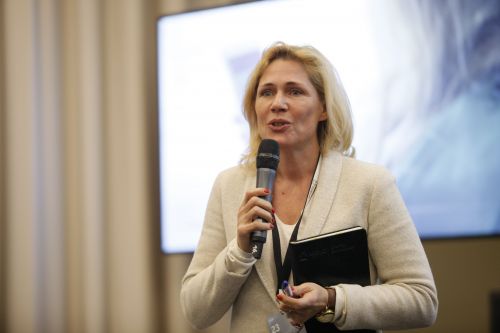
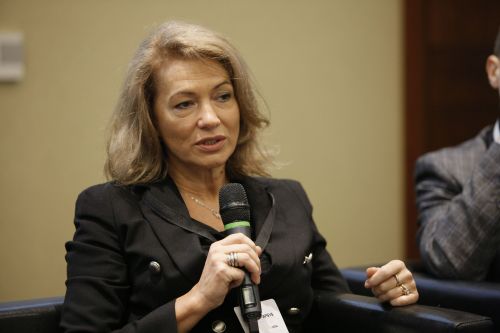
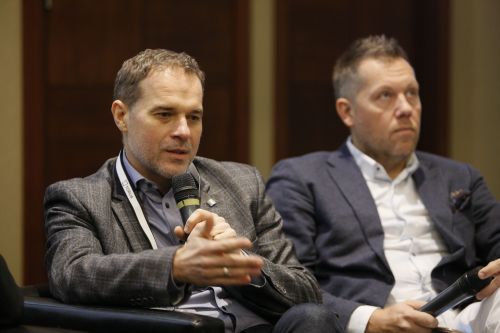
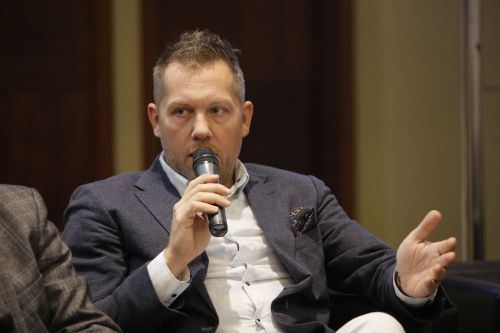

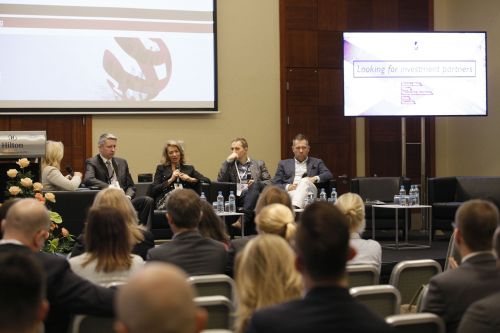


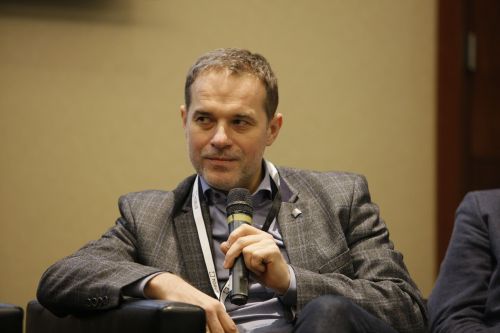
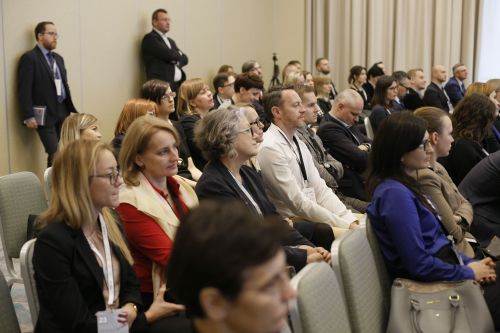
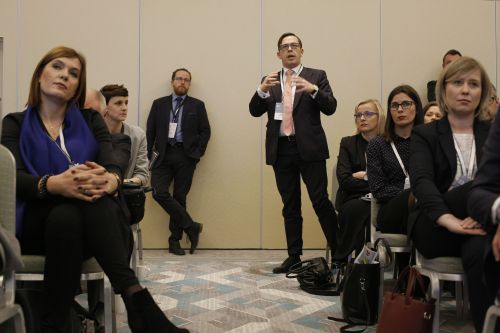
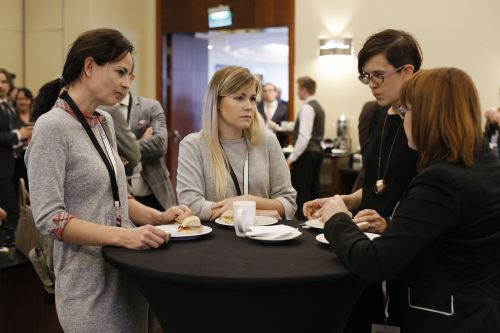
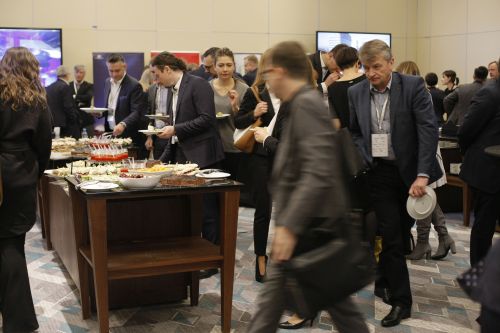
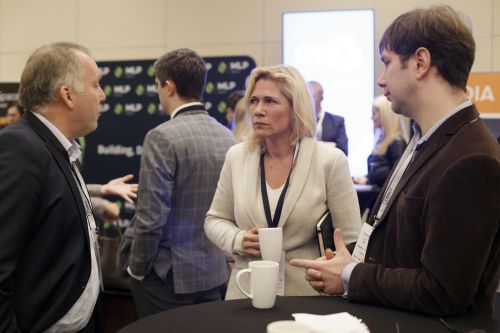


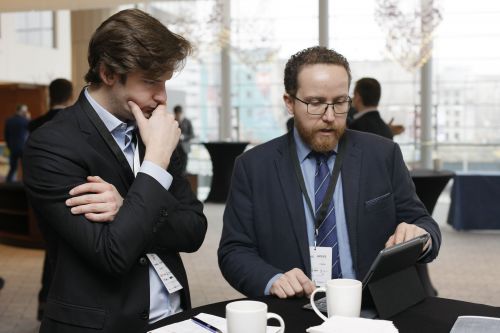
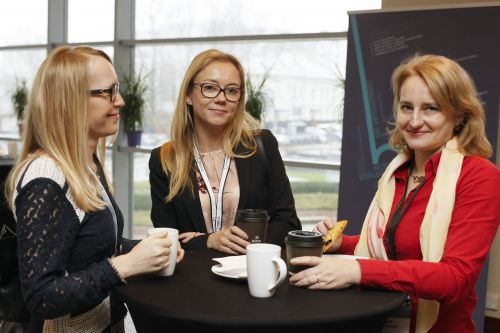
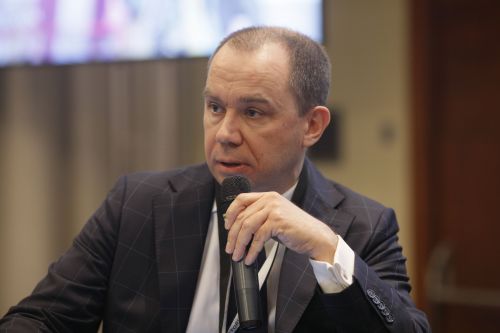
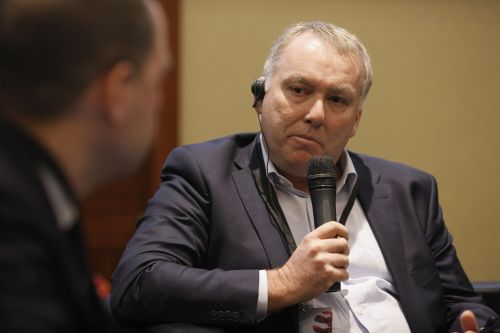
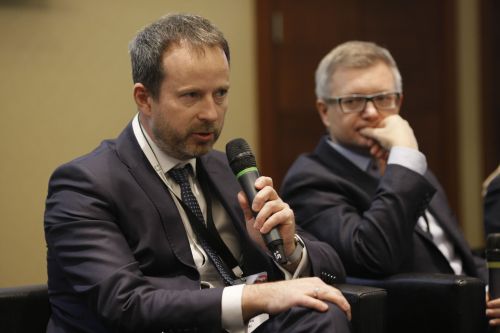
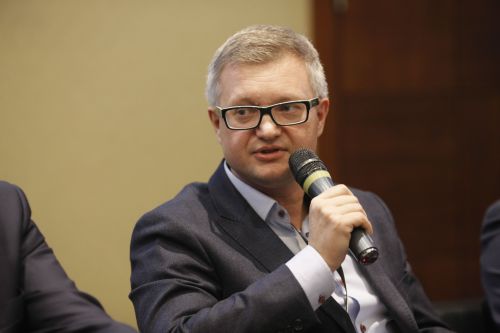
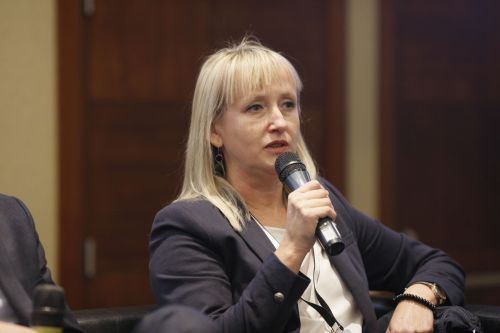
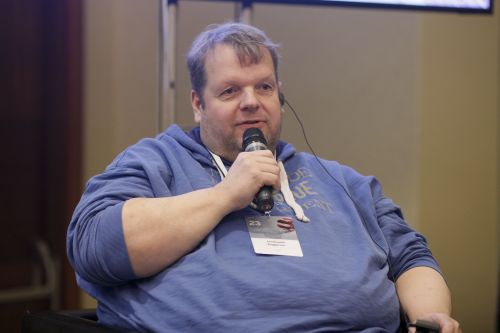
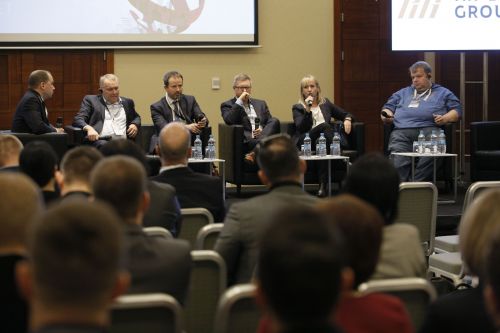
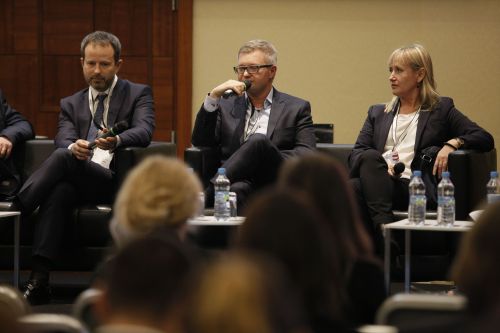
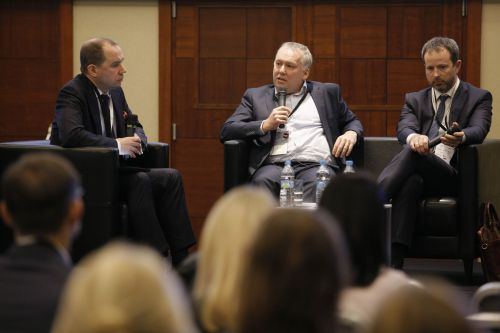
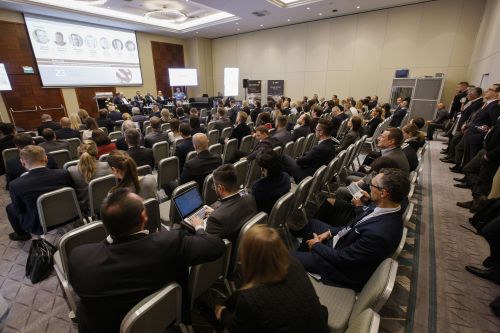
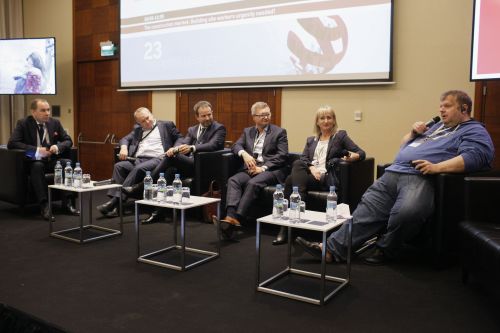
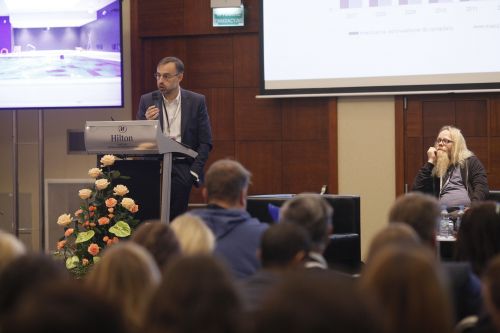
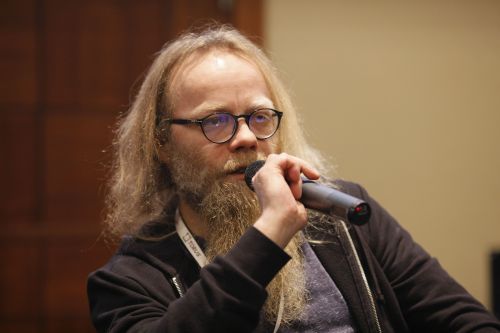
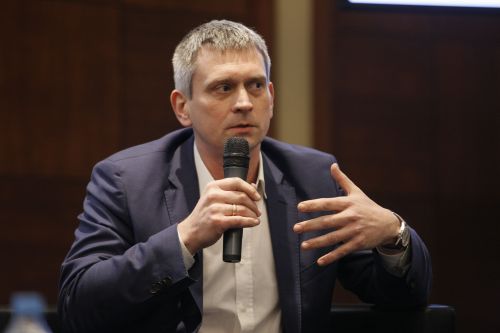
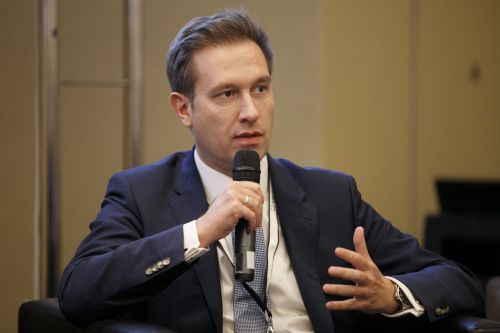
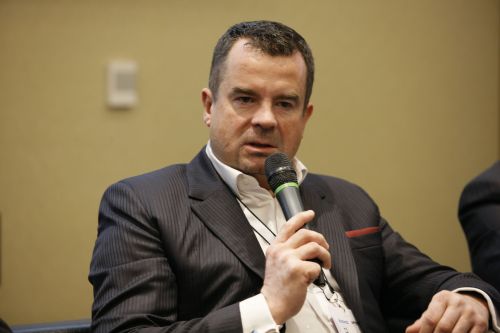
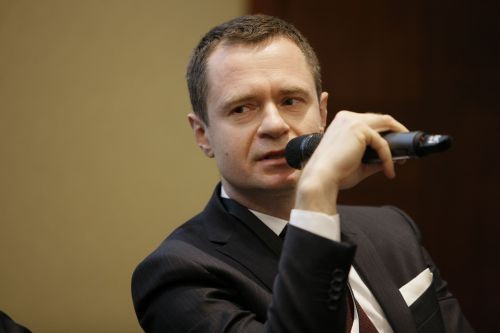
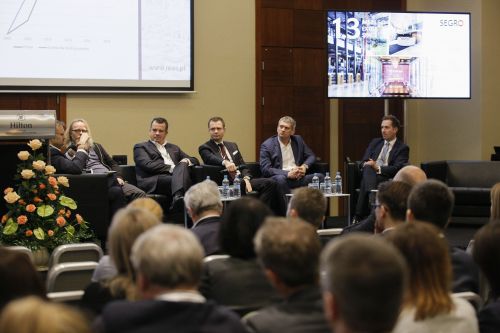
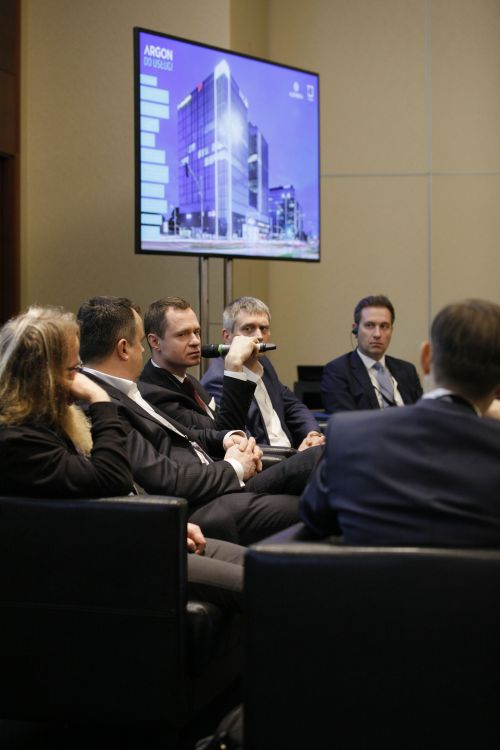
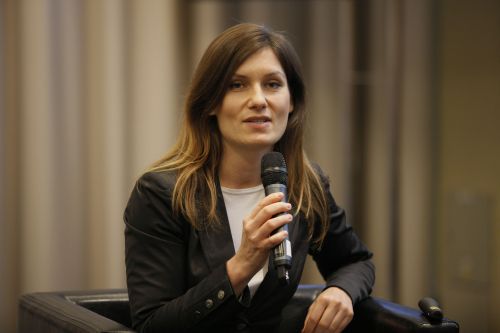
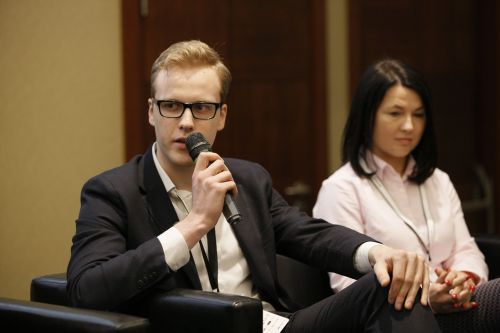
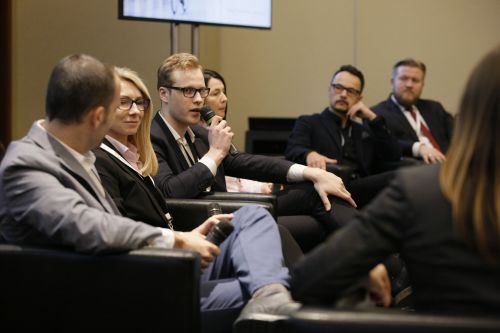
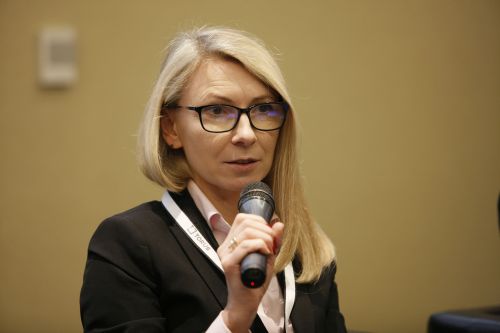
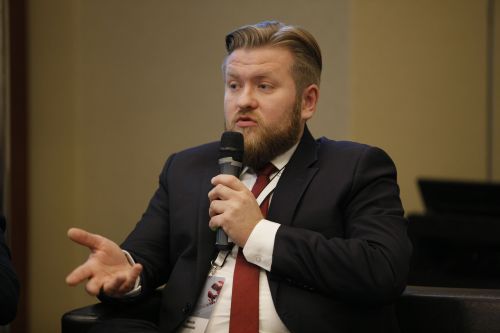
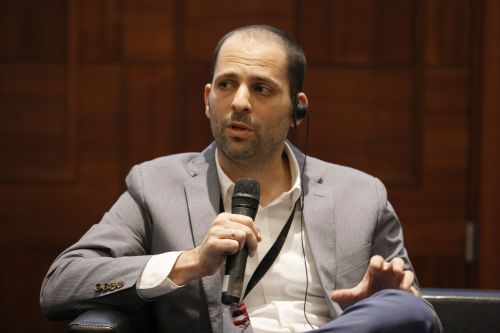
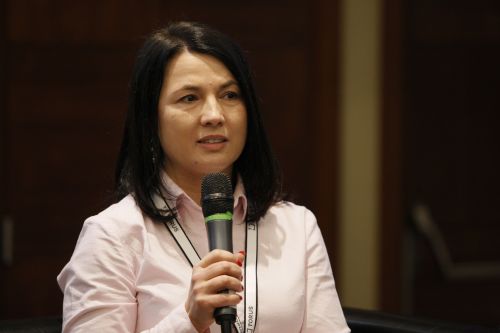
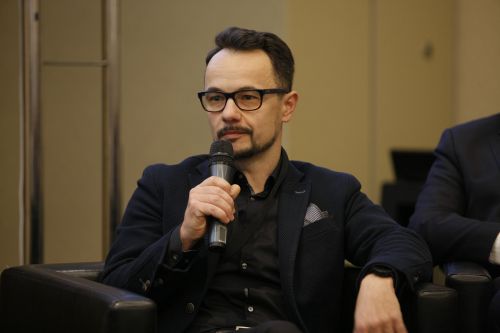
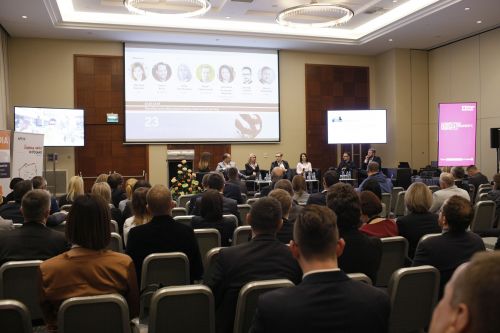
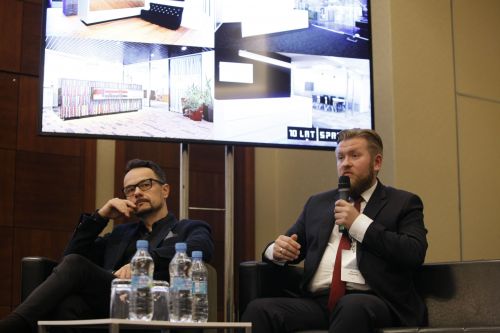
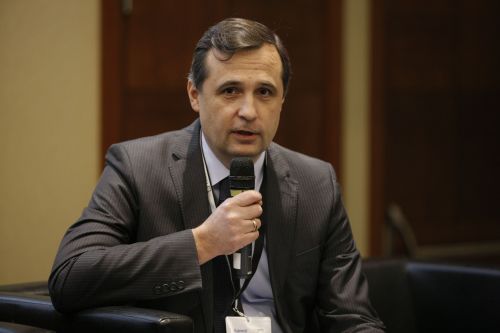


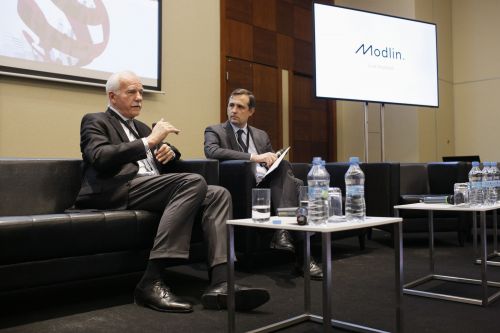

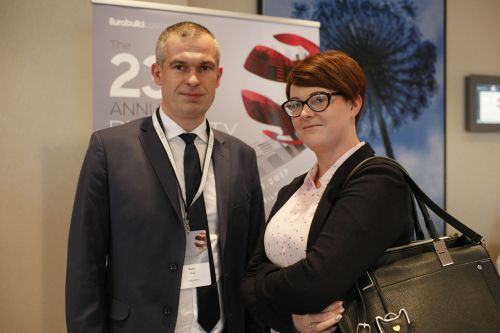


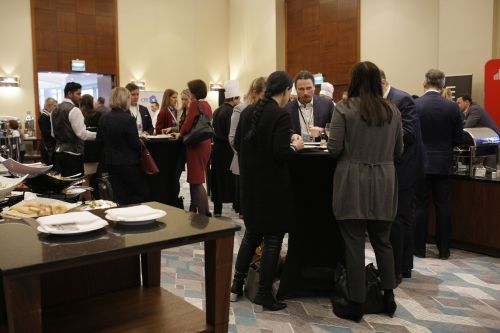
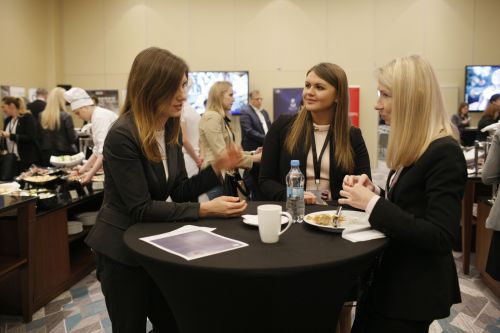

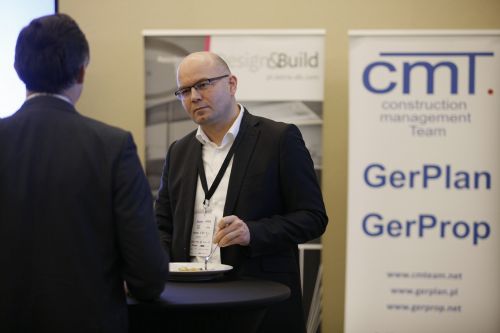
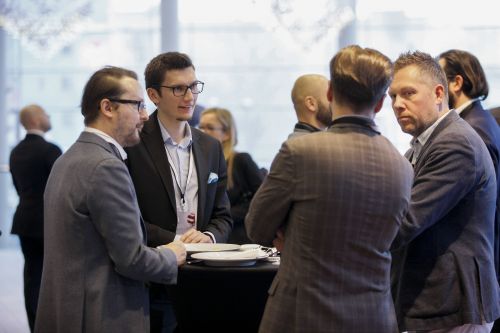
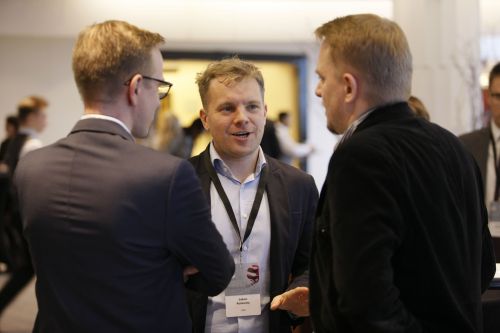
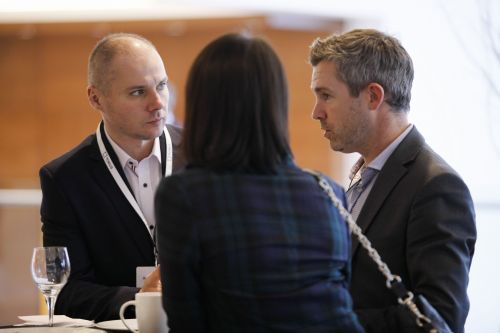

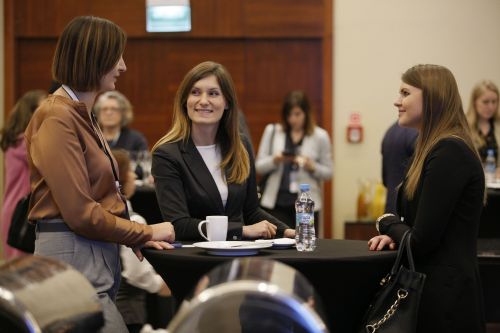
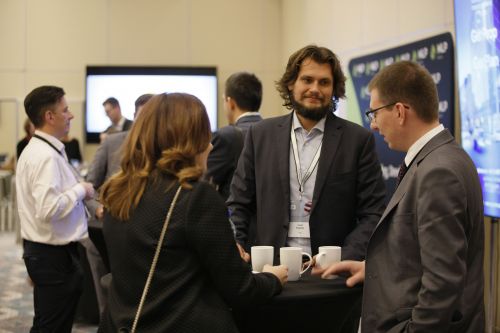
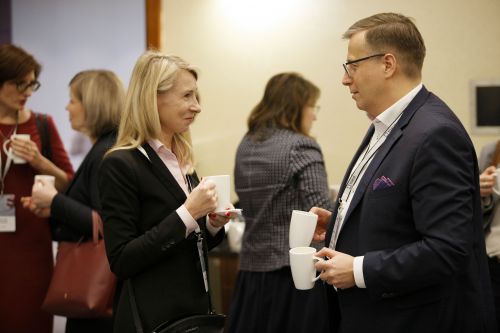


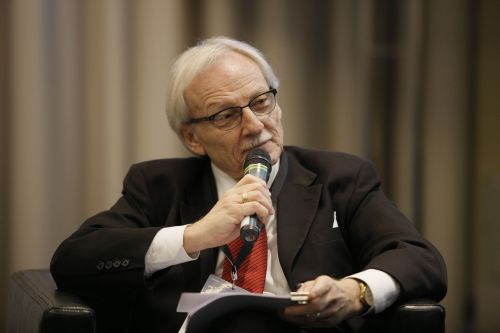
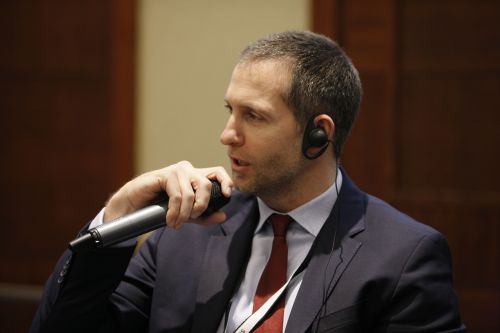

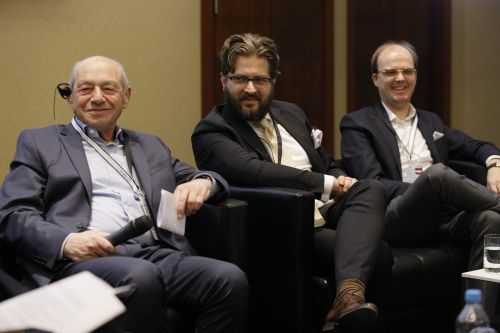
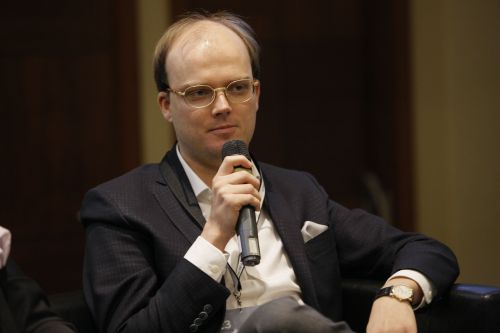
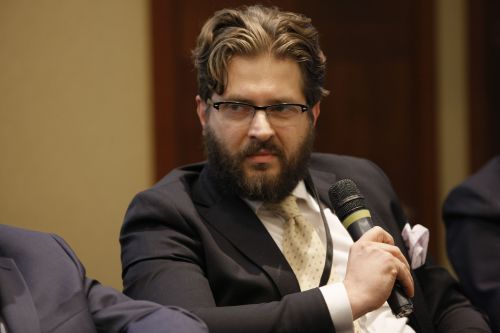
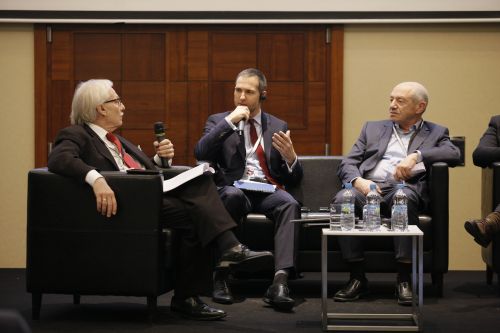
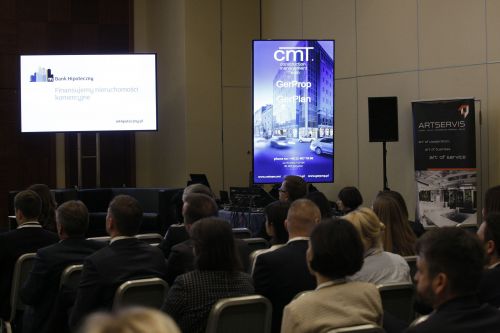
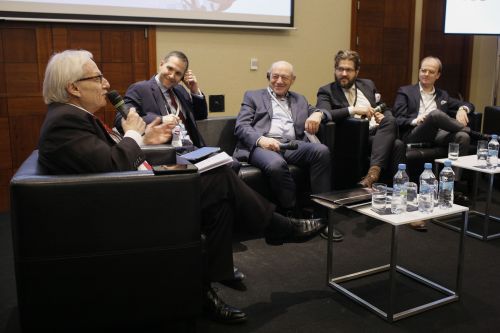

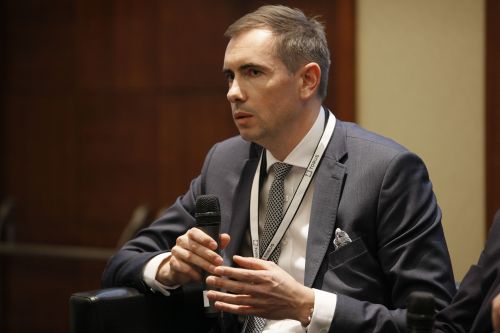
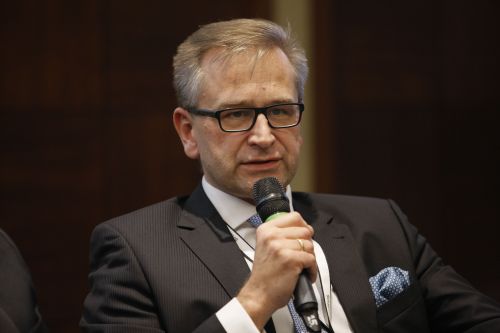
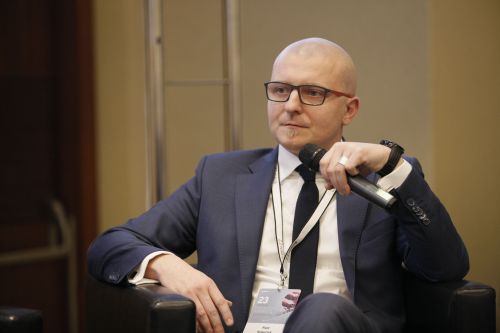
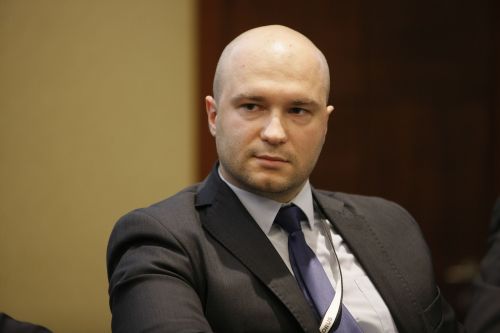
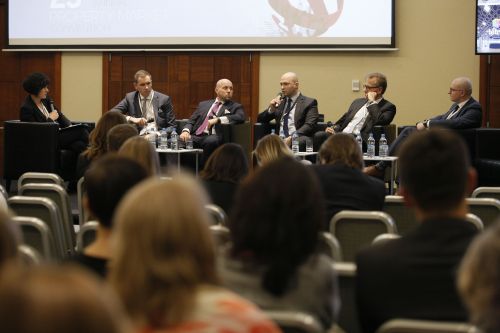
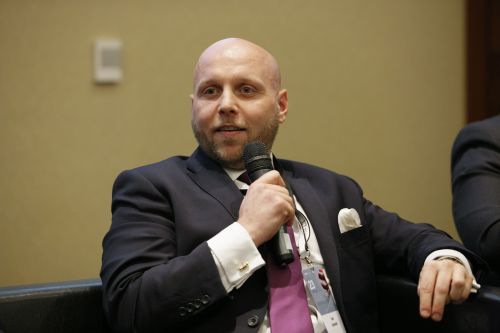
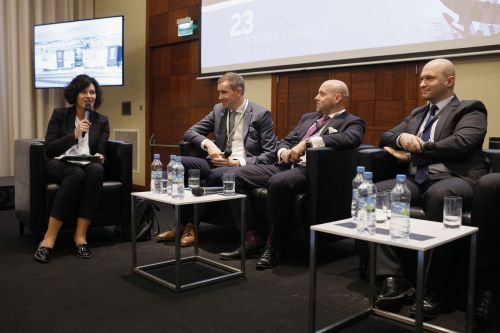
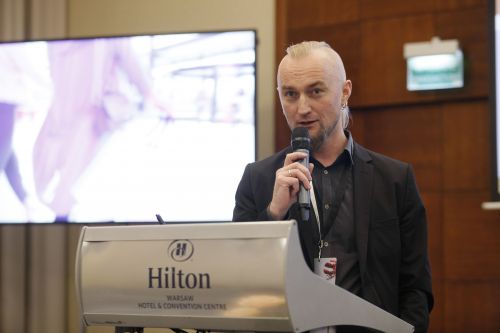
The future is L-shaped
The three Ls used to mean: location, location, location. Now the L should stand for ‘labour force’ – this was one of the conclusions that came out of the 23rd Annual Property Market Convention organised by Eurobuild Conferences.
The annual meeting of the luminaries of the region’s commercial real estate sector took place on November 22nd 2017 in Warsaw. The event, which was hosted by Ewa Andrzejewska, the editor-in-chief of Eurobuild Central & Eastern Europe magazine, was opened by a discussion panel on the investment market entitled ‘Back to health?’ moderated by Mira Kantor-Pikus of Cushman & Wakefield. The panellists agreed that we have another very good year ahead of us. But there were a few ‘buts’. Mark Robinson of Colliers International and Robert Dobrzycki of Panattoni Europe emphasised that the Polish market is still dominated by foreign companies. In the Czech Republic, in contrast, domestic capital is strong. Mateusz Siejka of Arcona Capital Poland pointed out that interest is growing in opportunistic products due to the aging assets on retail markets. Banks will be competing to finance the most attractive purchases and development projects because, as the two representatives of the banking sector stressed (Grzegorz Trawiński of MBank Hipoteczny and Hubert Mańturzyk of Aareal Bank), the money they have accumulated has to find an outlet somewhere.
The discussion on shopping centres was entitled ‘App-based shopping’ (moderated by Virgine de Baere of JLL). It looked at the data on the growth of the e-commerce sector. It’s true that we are buying online increasingly often. “This is no longer a new trend but an established market,” pronounced Jarosław Frontczak of PMR. Beata Kokeli of TriGranit then drew our attention to the significance of researching online and purchasing offline. Shopping centre managers are now paying more attention to the all-round consumer experience, according to Sławomir Murawski of Apsys.
The construction sector panel entitled ‘Building site workers urgently needed!’ was devoted to labour shortages. Radosław Górski of Budimex pointed out that app. 100,000 construction workers are needed in Poland. Jadwiga Kosińska of HB Reavis also pointed out that there are staff shortages in mid-level positions and challenges regarding the motivating of the millennial generation. However, the panelists were not all doom and gloom. According to Ferdinand Baggeroer of CMT, just two years ago such complaints were much louder and more urgent.
Residential developers have been cracking open the champagne at the end of each of the last few years, but the rate of growth should now start to tail off, predicted the moderator of the ‘Time to mature’ discussion – Paweł Sztejter of Reas. Michał Sapota of Murapol is not so concerned about the winding down of the governmental ‘Apartments for the Young’ home-buying scheme. Michał Melaniuk of Cordia Polska remarked that admittedly there used to be problems with sales, but now it is more difficult to actually develop an entire project than to sell it.
‘What’s the most difficult thing in our business?’ asked Marcin
Piątkowski of Torus during the discussion entitled ‘Sharing and working’ dedicated to office market trends. In his opinion the time has come to focus once again on the three Ls, but this time substituting ‘labour force’ for ‘location’. Office buildings have become more human-oriented, and office personnel are paying closer attention to the design of offices preferring those with unusual designs, such as Monopolis, a former factory complex being developed in Łódź by local developer Virako, as emphasised by Anna Celichowska of that company. According to Agnieszka Krawczyk-Rogowska
of Skanska Property Poland, many companies have a strong corporate identity built into their DNA, so traditional office development operations will continue in a similar way as before.
Even though it took place before the dinner, the interview by well-known economic journalist Roman Młodkowski of the special guest of the conference, economist and politician Andrzej Olechowski, seemed like dessert. “We are shifting to the European model of a prosperous country but we have not yet reached a sufficient level of development. This is already evident on the job market,” argued Andrzej Olechowski. His expectations for growth are rather pessimistic – this year, he predicts, it will stabilise at around an annual level of 2 pct (the interview was published in the December issue of ‘Eurobuild CEE’).
After dinner it was time to summarise the year and offer forecasts for the hotel market (‘Hotels of the future’). When it comes to this sector there are also going to be certain challenges that the business has to face in terms of the younger generation. In a panel moderated by Alex Kloszewski of Hotel Professionals Management Group, the issue was also raised of the lack of human resources. This was stressed by Jan Wróblewski of Zdrojowa Invest & Hotels and Henryk Orfinger of Dr Irena Eris. But how did the hoteliers regard OTC? In the speech by Amir Lababedi of Movenpick Hotels & Resorts, he stated that it is a necessary evil and that such sites are now the norm.
The final sector to come under discussion at the conference was warehousing, during the ‘I robot’ panel moderated by Beata Hryniewska of CBRE. Naturally, modern technology has been transforming our lives, but it is also having a dramatic effect on projects built by warehouse developers. There was also the question on the next panel of whether ‘Warehouses will be built upwards?’. Rafał Balewski of TNT Express Worldwide, Tom Listowski of Cresa, Piotr Krawczyk of MLP Group, Bartosz Michalski of Segro and Andrzej Pawlak of DHL Supply Chain were in little doubt that they would.
The meeting ended with the presentation of a survey that we carried out between November 12th and 22nd of our readers and on November 22nd itself of those attending the 23rd Annual Property Market Convention. The respondents were asked three questions related to the situation on the real estate and finance markets in Poland, with a total of 354 votes being cast. When asked which segment of the real estate market looks the most promising in 2018, most decided that it was the office segment with a third (118) of the votes. This was followed by the residential market (24.58 pct or 87 of the votes), the warehouse market (21.75 pct/77 votes) and the hotel market (15.25 pct/54 votes), with retail in last place (5.08 pct/18 votes). The vast majority (79 pct of those voting) thought that the investment market was likely to achieve a record volume this year. When it came to the question, how long will interest rates stay low? – in descending order the votes cast were two years (49.72 pct/176), one year (36.44 pct/129) and three or more (13.84 pct/49). The results of the survey and the all-day discussions gave the guests an excellent pretext to stay a while longer, exchanging anecdotes and business cards during the cocktail party – and they were only too glad to do so, since the sector finished the day looking to the rest of the year with some optimism.
And
The three Ls used to mean: location, location, location. Now the L should stand for ‘labour force’ – this was one of the conclusions that came out of the 23rd Annual Property Market Convention organised by Eurobuild Conferences.
The annual meeting of the luminaries of the region’s commercial real estate sector took place on November 22nd 2017 in Warsaw. The event, which was hosted by Ewa Andrzejewska, the editor-in-chief of Eurobuild Central & Eastern Europe magazine, was opened by a discussion panel on the investment market entitled ‘Back to health?’ moderated by Mira Kantor-Pikus of Cushman & Wakefield. The panellists agreed that we have another very good year ahead of us. But there were a few ‘buts’. Mark Robinson of Colliers International and Robert Dobrzycki of Panattoni Europe emphasised that the Polish market is still dominated by foreign companies. In the Czech Republic, in contrast, domestic capital is strong. Mateusz Siejka of Arcona Capital Poland pointed out that interest is growing in opportunistic products due to the aging assets on retail markets. Banks will be competing to finance the most attractive purchases and development projects because, as the two representatives of the banking sector stressed (Grzegorz Trawiński of MBank Hipoteczny and Hubert Mańturzyk of Aareal Bank), the money they have accumulated has to find an outlet somewhere.
The discussion on shopping centres was entitled ‘App-based shopping’ (moderated by Virgine de Baere of JLL). It looked at the data on the growth of the e-commerce sector. It’s true that we are buying online increasingly often. “This is no longer a new trend but an established market,” pronounced Jarosław Frontczak of PMR. Beata Kokeli of TriGranit then drew our attention to the significance of researching online and purchasing offline. Shopping centre managers are now paying more attention to the all-round consumer experience, according to Sławomir Murawski of Apsys.
The construction sector panel entitled ‘Building site workers urgently needed!’ was devoted to labour shortages. Radosław Górski of Budimex pointed out that app. 100,000 construction workers are needed in Poland. Jadwiga Kosińska of HB Reavis also pointed out that there are staff shortages in mid-level positions and challenges regarding the motivating of the millennial generation. However, the panelists were not all doom and gloom. According to Ferdinand Baggeroer of CMT, just two years ago such complaints were much louder and more urgent.
Residential developers have been cracking open the champagne at the end of each of the last few years, but the rate of growth should now start to tail off, predicted the moderator of the ‘Time to mature’ discussion – Paweł Sztejter of Reas. Michał Sapota of Murapol is not so concerned about the winding down of the governmental ‘Apartments for the Young’ home-buying scheme. Michał Melaniuk of Cordia Polska remarked that admittedly there used to be problems with sales, but now it is more difficult to actually develop an entire project than to sell it.
‘What’s the most difficult thing in our business?’ asked Marcin
Piątkowski of Torus during the discussion entitled ‘Sharing and working’ dedicated to office market trends. In his opinion the time has come to focus once again on the three Ls, but this time substituting ‘labour force’ for ‘location’. Office buildings have become more human-oriented, and office personnel are paying closer attention to the design of offices preferring those with unusual designs, such as Monopolis, a former factory complex being developed in Łódź by local developer Virako, as emphasised by Anna Celichowska of that company. According to Agnieszka Krawczyk-Rogowska
of Skanska Property Poland, many companies have a strong corporate identity built into their DNA, so traditional office development operations will continue in a similar way as before.
Even though it took place before the dinner, the interview by well-known economic journalist Roman Młodkowski of the special guest of the conference, economist and politician Andrzej Olechowski, seemed like dessert. “We are shifting to the European model of a prosperous country but we have not yet reached a sufficient level of development. This is already evident on the job market,” argued Andrzej Olechowski. His expectations for growth are rather pessimistic – this year, he predicts, it will stabilise at around an annual level of 2 pct (the interview was published in the December issue of ‘Eurobuild CEE’).
After dinner it was time to summarise the year and offer forecasts for the hotel market (‘Hotels of the future’). When it comes to this sector there are also going to be certain challenges that the business has to face in terms of the younger generation. In a panel moderated by Alex Kloszewski of Hotel Professionals Management Group, the issue was also raised of the lack of human resources. This was stressed by Jan Wróblewski of Zdrojowa Invest & Hotels and Henryk Orfinger of Dr Irena Eris. But how did the hoteliers regard OTC? In the speech by Amir Lababedi of Movenpick Hotels & Resorts, he stated that it is a necessary evil and that such sites are now the norm.
The final sector to come under discussion at the conference was warehousing, during the ‘I robot’ panel moderated by Beata Hryniewska of CBRE. Naturally, modern technology has been transforming our lives, but it is also having a dramatic effect on projects built by warehouse developers. There was also the question on the next panel of whether ‘Warehouses will be built upwards?’. Rafał Balewski of TNT Express Worldwide, Tom Listowski of Cresa, Piotr Krawczyk of MLP Group, Bartosz Michalski of Segro and Andrzej Pawlak of DHL Supply Chain were in little doubt that they would.
The meeting ended with the presentation of a survey that we carried out between November 12th and 22nd of our readers and on November 22nd itself of those attending the 23rd Annual Property Market Convention. The respondents were asked three questions related to the situation on the real estate and finance markets in Poland, with a total of 354 votes being cast. When asked which segment of the real estate market looks the most promising in 2018, most decided that it was the office segment with a third (118) of the votes. This was followed by the residential market (24.58 pct or 87 of the votes), the warehouse market (21.75 pct/77 votes) and the hotel market (15.25 pct/54 votes), with retail in last place (5.08 pct/18 votes). The vast majority (79 pct of those voting) thought that the investment market was likely to achieve a record volume this year. When it came to the question, how long will interest rates stay low? – in descending order the votes cast were two years (49.72 pct/176), one year (36.44 pct/129) and three or more (13.84 pct/49). The results of the survey and the all-day discussions gave the guests an excellent pretext to stay a while longer, exchanging anecdotes and business cards during the cocktail party – and they were only too glad to do so, since the sector finished the day looking to the rest of the year with some optimism.
And






























